AWARENOW

























THE AWARENESS TIES™ OFFICIAL MAGAZINE FOR CAUSES
ALEX LEWIS
EXCLUSIVE INTERVIEW ‘LIMITLESS’
STACEY RIERA
‘LUCKY DOGS’
THAVIUS BECK
‘MUSECH’
JESS HYNES
‘LETTING GO’
SAGE GALLON
‘BLACK HISTORY NOW’
AMELIA PECKHAM
‘STICKS WITH STYLE’
ROMAN TATUM
‘BY THE NUMBERS’
ELLE SELINE
‘BATTLE SCARS’
PAUL S. ROGERS
‘HUMANITY VS. TECHNOLOGY’
THE HI TECH EDITION
HEIGHTENING HUMANITY THROUGH INNOVATION
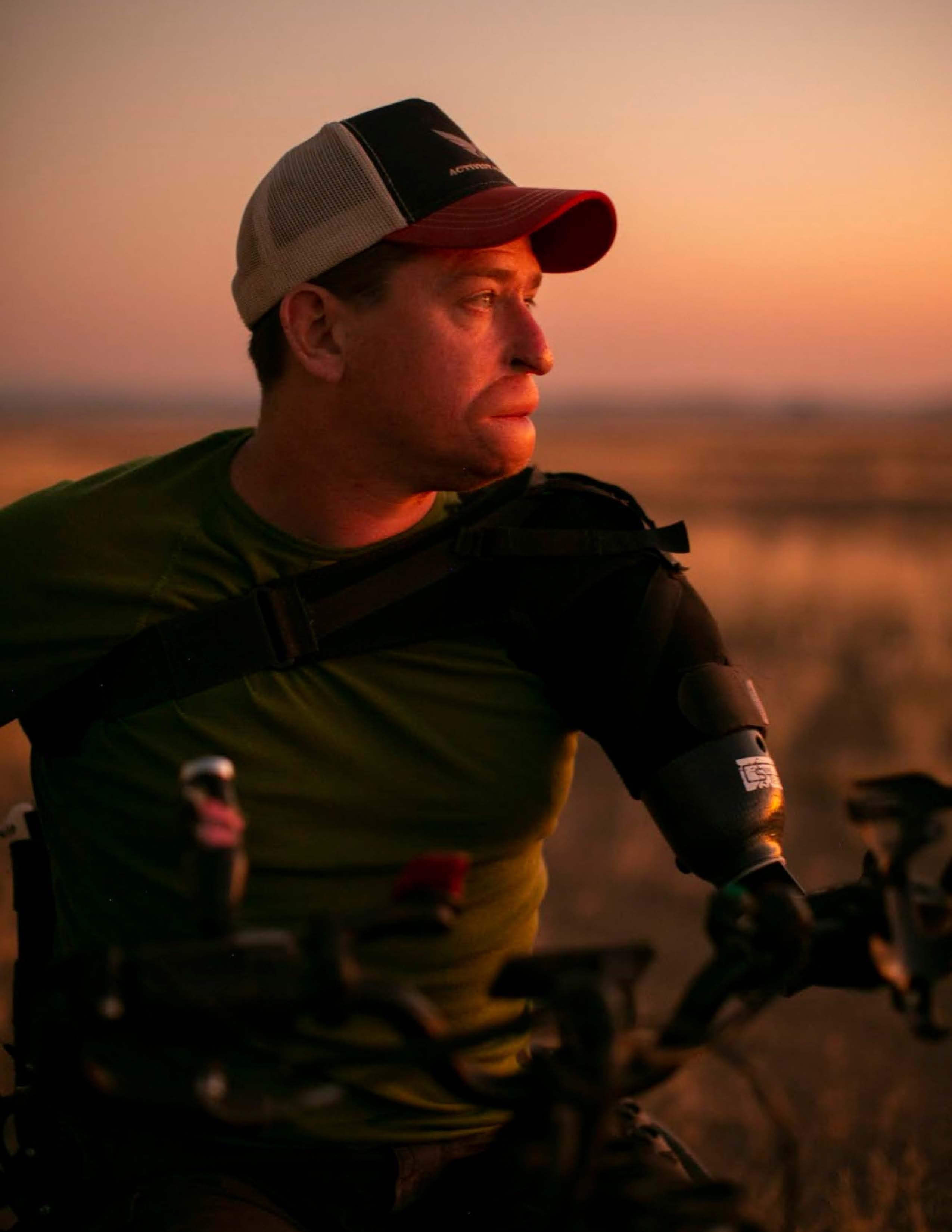
ISSUE 36
PROUDLY SUPPORTED BY OFFICIAL EDITION PARTNER ARTISTS FOR TRAUMA


WWW.ARTISTSFORTRAUMA.ORG
THE HI TECH EDITION
AwareNow™ is a monthly publication produced by Awareness Ties™ in partnership with Issuu™. Awareness Ties™ is the ‘Official Symbol of Support for Causes’. Our mission is to support causes by elevating awareness and providing sustainable resources for positive social impact. Through our AwareNow Magazine, Podcast & Talk Show, we raise awareness for causes and support for nonprofits one story at a time.
WE ARE ALL STORYTELLERS

3 www.IamAwareNow.com CLICK, TAP OR SCAN TO SUBSCRIBE Get the monthly digital edition of AwareNow delivered to your inbox. Always aware. Always free. ON THE COVER: ALEX LEWIS CHORDS & TECH SONJA & GABY MONTIEL THE LOVE CAMERA BURT KEMPNER LIMITLESS ALEX LEWIS BATTLE SCARS ELLE SELINE BLACK HISTORY NOW SAGE GALLON OUR ACTIONS SHOULD ALWAYS SAY LEX GILLETTE HUMANITY VS. TECHNOLOGY PAUL S. ROGERS 006 010 012 028 030 044 046 MUSECH THAVIUS BECK BREAKING THE CYCLE KATHERINE SELLERY/AALIA LANIUS BY THE NUMBERS ROMAN TATUM ISOLATION TO INNOVATION ALLIÉ MCGUIRE LETTING GO JESS HYNES HELP ME EINSTEIN TODD BROWN LUCKY DOGS STACEY RIERA 050 056 060 072 076 082 086
ELIZABETH BLAKE-THOMAS STAND
SPEAK
LEGEND/JAZZ CANNON
EVIL ANNA LINDWASSER STICKS WITH STYLE AMELIA PECKHAM POEM FOR A PELICAN LAURA MILLER AI TO AID THE PLANET LUCAS TEJEDOR/TANITH HARDING MEMORIES REMAIN TEAM BERTH0 100 104 106 110 120 126 132 AWARENOW / THE HI TECH EDITION
UP &
UP
FOR GOOD AND



Technology is best when it brings people together.
Matt Mullenweg
“There’s nothing quite as isolating as receiving a new diagnosis, especially when it’s for an invisible disability like MS. From the outside, I look fine. From the inside, when I look out, I’m not fine. With loss of vision in my right eye, I can’t see what I used to. With numbness in my fingers, it takes me longer to find the right keys on my keyboard. Even now, as I type this, the ridges on the ‘f’ and ‘j’ keys designed to assist correct positioning when typing are of little use. I can’t feel like I used to…”
Above is an excerpt from a personal story of my own that I’ve decided to share about isolation and the innovation that can be a beautiful byproduct. If you’d like, you can turn to page 72 to read my story (or page 74 to listen with access the podcast).

As is always the case with every edition of AwareNow, between the front and back cover, you will see and feel something new - not only in the stories, but in you.
ALLIÉ McGUIRE
Editor In Chief of AwareNow, CEO & Co-Founder of Awareness Ties

Allié started her career in performance poetry, then switched gears to wine where she made a name for herself as an online wine personality and content producer. She then focused on content production under her own label The Allié Way™ before marrying the love of her life, Jack, and switching gears yet again to a pursue a higher calling to raise awareness and funds for causes with Awareness Ties™.
JACK McGUIRE
Production Manager of AwareNow, President & Co-Founder of Awareness Ties

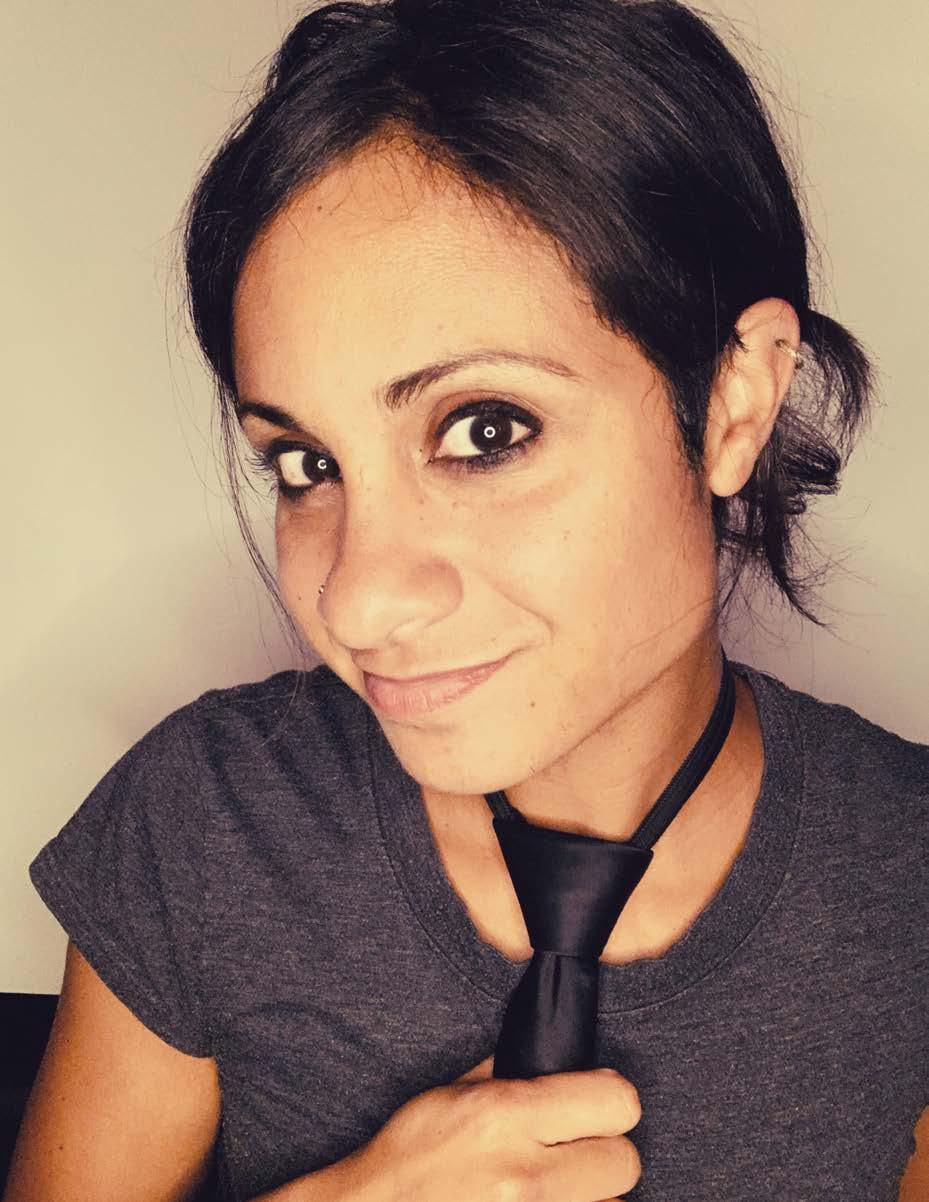
Jack got his start in the Navy before his acting and modeling career. Jack then got into hospitality, focusing on excellence in service and efficiency in operations and management. After establishing himself with years of experience in the F&B industry, he sought to establish something different… something that would allow him to serve others in a greater way. With his wife, Allié, Awareness Ties™ was born.
DISCLAIMER: The views and opinions expressed in AwareNow are those of the authors and do not necessarily reflect the official policy or position of Awareness Ties. Any content provided by our columnists or interviewees is of their opinion and not intended to malign any religion, ethnic group, political group, organization, company, or individual. In fact, its intent is not to vilify anyone or anything. Its intent is to make you think.


www.IamAwareNow.com
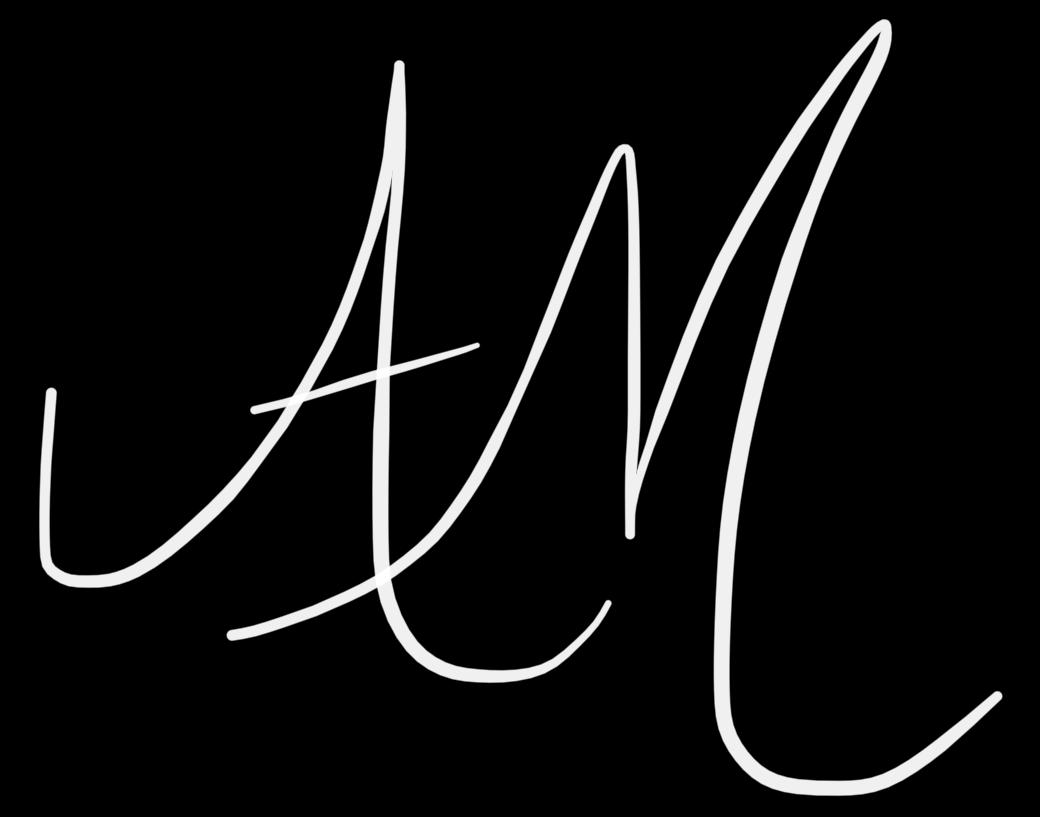

5
www.IamAwareNow.com
@AWARENESSTIES @AWARENESSTIES @AWARENESSTIES
AWARENOW / THE HI TECH EDITION
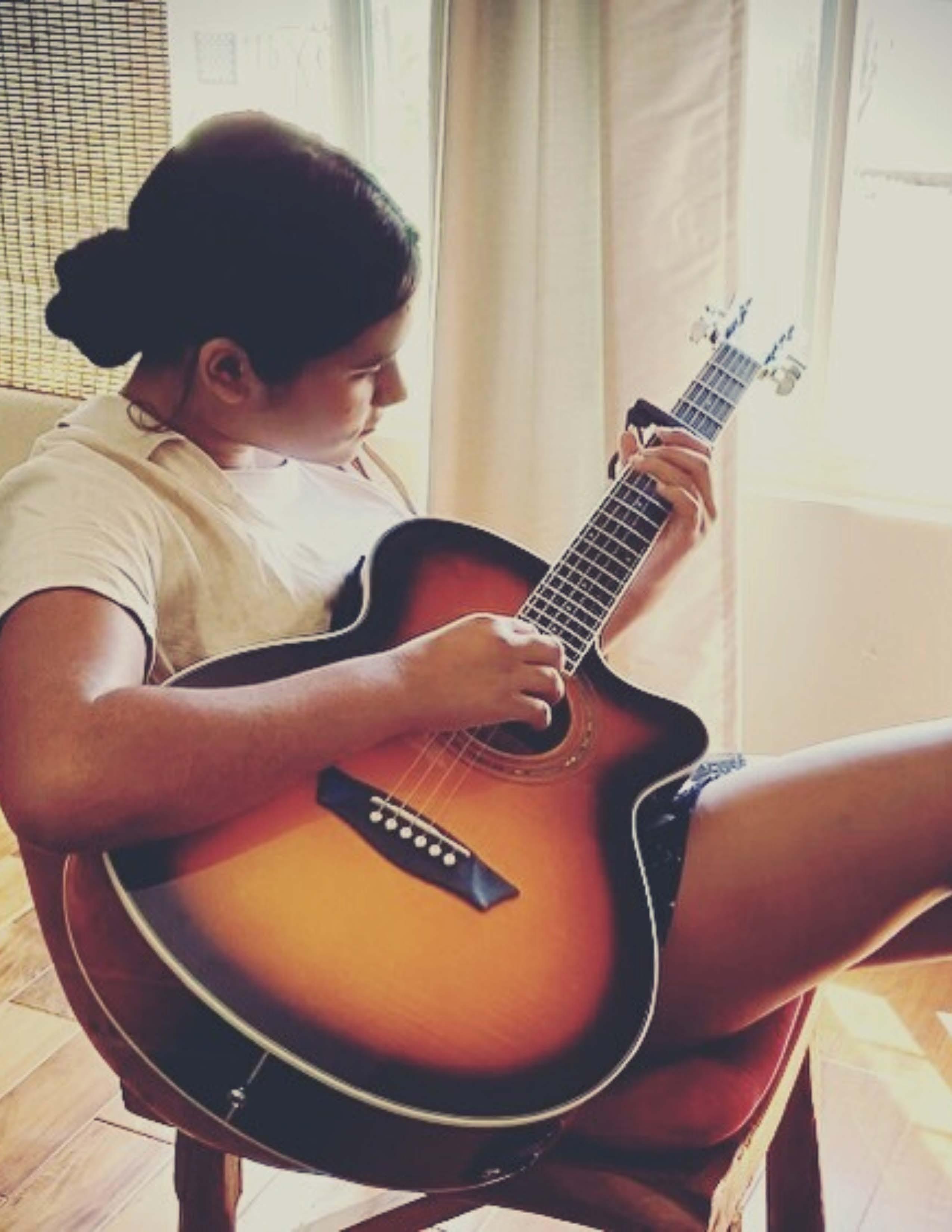


6
www.IamAwareNow.com
I didn’t even know I was ‘starting’ anything.
AWARENOW / THE HI TECH EDITION
GABY MONTIEL STUDENT & MUSICIAN
CHORDS & TECH A LEARNING JOURNEY WITH TECHNOLOGY

SONJA: A year before the pandemic, I noticed my 11-year-old being interested in the guitar. I felt relieved that my kid was interested in something. I also wondered when (not if) my kid would lose interest and move on. During the pandemic, I observed her searching for just the right guitar teacher on YouTube as she pushed through the pain developing calluses on her fingertips. I remember being in the kitchen when I heard her playing a string of four beautiful chords!
She found a music mentor, Victor Lawrence, a professional cellist for motion pictures and television, who was willing to walk alongside her in her music journey. Through the two years of social isolation, their meetings were held through Zoom. As she continued to progress, she requested guitar lessons from a real person (not YouTube) which was tough to find during the pandemic days. Alas, she found Rogerio Piexoto who taught her lessons through Skype. Today, at fourteen years old, Gaby has performed at local venues, recorded original songs and partook in interviews that have a reach of over 2 million people worldwide. She has been listed in the Top 100 Live Unsigned Artists in 2022 in Music Connection Magazine. Our family recognizes that it is her music family, technology and creativity that have helped develop this young music artist.
GABY: Yes, and I believe it comes down to communication. When starting this music journey, I had no idea where I would be now. I didn’t even know I was ‘starting’ anything. I was simply exploring my interests. However, as I grew not only to love the guitar, but writing songs with the guitar, I realized that I wanted to share my ideas and my art with others (beyond my supportive family). At my school, there was this academic program I was in. I was a sixth grader at the time and school as well as opportunities were all online. The program offered webinars every so often on Zoom. Of course, as fate would have it, the very first webinar I attended was when I met Victor Lawrence. He has been my guiding force of learning ever since, and has introduced me to an abundance of opportunities and people. These people include my guitar teacher, Rogerio Peixoto, who is the reason I can write so easily today. Essentially, without Zoom or the resilience of the people who ran the academic program recognizing the power of video call platforms during online schooling, I would not be where I am in my musical journey today.
SONJA: Although technology has been a brilliant resource in building Gaby’s music family, there is another place for music in her learning. When music streaming platforms like Apple Music, Spotify, and Pandora came out, I was excited at the convenience of them. Search by title, song or artist and bam – I find the song I want! As a mid-fortyyear-old, the revolution of these platforms was about easy access to songs and artists I already developed loyalty for. But Gaby had a different idea in mind.
Aside from songwriting and playing instruments, Gaby is an avid reader and writer. Her purposefulness in creating worlds and characters facing complex human experiences has been nothing short of impressive to me. I have to mention that for me, I grew up not liking to read or write much. Whether it’s through creative writing or songwriting, beyond google docs, sketchbooks, mapping, and post-it notes, Gaby discovered another powerful tool to ignite inspiration, manage emotions, and get to know her characters intimately. Through music.

7
www.IamAwareNow.com
AWARENOW / THE HI TECH EDITION
‘THE DECIDED HEART EFFECT’ EXCLUSIVE COLUMN BY SONJA MONTIEL


8
www.IamAwareNow.com
Gaby discovered another powerful tool to ignite inspiration…music.
SONJA MONTIEL
AWARENOW / THE HI TECH EDITION
CO-FOUNDER OF THE DECIDED HEART EFFECT
CHORDS & TECH
Written and Narrated by Sonja & Gaby Montiel https://awarenow.us/podcast/chords-and-tech



GABY: My main streaming platform that I listen to music on is Spotify. It is simply the platform I was introduced to; therefore I have a gaping bias towards it. Spotify was magical when I first received access to the streaming platform. I had only been listening to around three artists at the time, one of which was ‘Disney Movies’ as a whole. But the second my home page of Spotify provided floods of songs and collections, it was like I sprinted head first into the world of songwriting. I would listen and learn the songs I loved on the guitar, or with my voice, and eventually the piano. I would write down quotes from songs that resonated deeply. I would organize all of these prized words and melodies into playlists.
Through Spotify’s technology, I was introduced to artists like Lizzy McAlpine, Emma Hamel, and Cavetown, creators I would have never been exposed to otherwise. Spotify became my main source of interaction with other independent music artists and song writers. I would pour–I still pour–over their songs, finding the hidden gems of their art. When I mentioned that my learning comes down to communication above, what I meant is that it’s not just about sharing ideas, but also receiving those from others. I have learned to truly embrace what everyone has to offer, and what the world is saying to you. May that be from Spotify or Skype or Zoom or YouTube, it doesn’t matter. It’s all about connection to each other. My connection happens to be through music. Now I listen to 692 artists and over 2,500 music genres. I created song lists for my personal emotions, for the characters I have created and for experiences I have had. My titles reveal the books that I have read, the songs that I have written and the emotions that I feel. Music has become my journal in what I learn about myself and my worlds. Through music technology, I am con fident saying that I have discovered what I continue to be passionate about. I would love to ask you, what technology have your discovered to help you bring more connection to yourself and the world? ∎
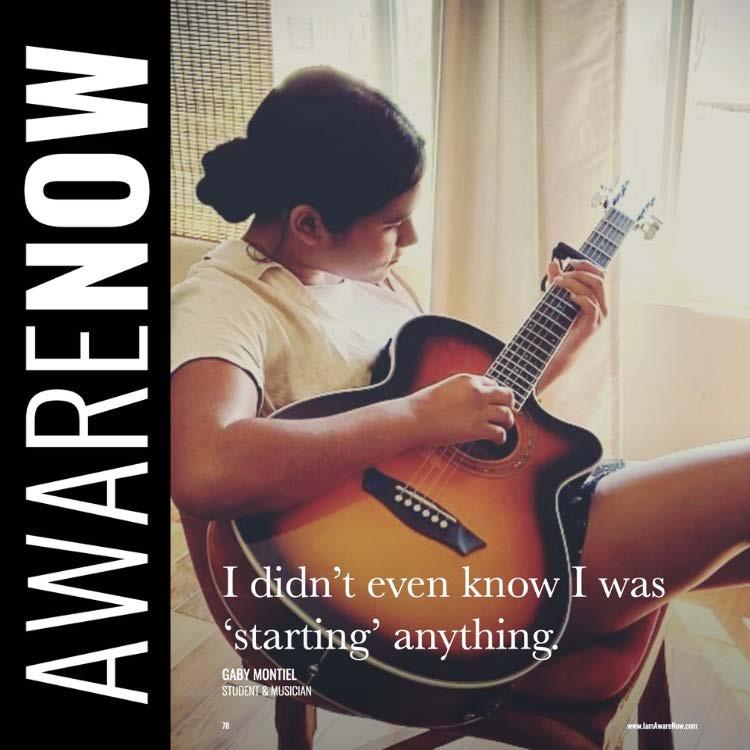
Gaby is currently an eighth grader. To get updates on her learning journey: www.instagram.com/gabymontielmusic www.youtube.com/@gabymontiel8811
To learn more about how to build trust and belonging within families, schools and companies: www.thedheffect.com
Co-Founder

of The Decided Heart Effect
www.awarenessties.us/sonja-montiel
SONJA MONTIEL has served more than twenty-one years in the college admissions profession, having extensive experience in the areas of freshman, transfer, and international admissions. During her time working with thousands of teens and young adults worldwide, she began to witness many societies creating an unhealthy college-bound culture that misguides our young people in their pursuit of living a life of ful fillment. In 2021, Sonja met Hilary Bilbrey to begin something amazing. They created The DH Effect – The Decided Heart Effect with a mission to guide individuals, schools, and organizations to build high-trust relationships and belonging through self-discovery and personal accountability.

9
SONJA MONTIEL
www.IamAwareNow.com
AwareNow Podcast
TAP/SCAN TO LISTEN
AWARENOW / THE HI TECH EDITION
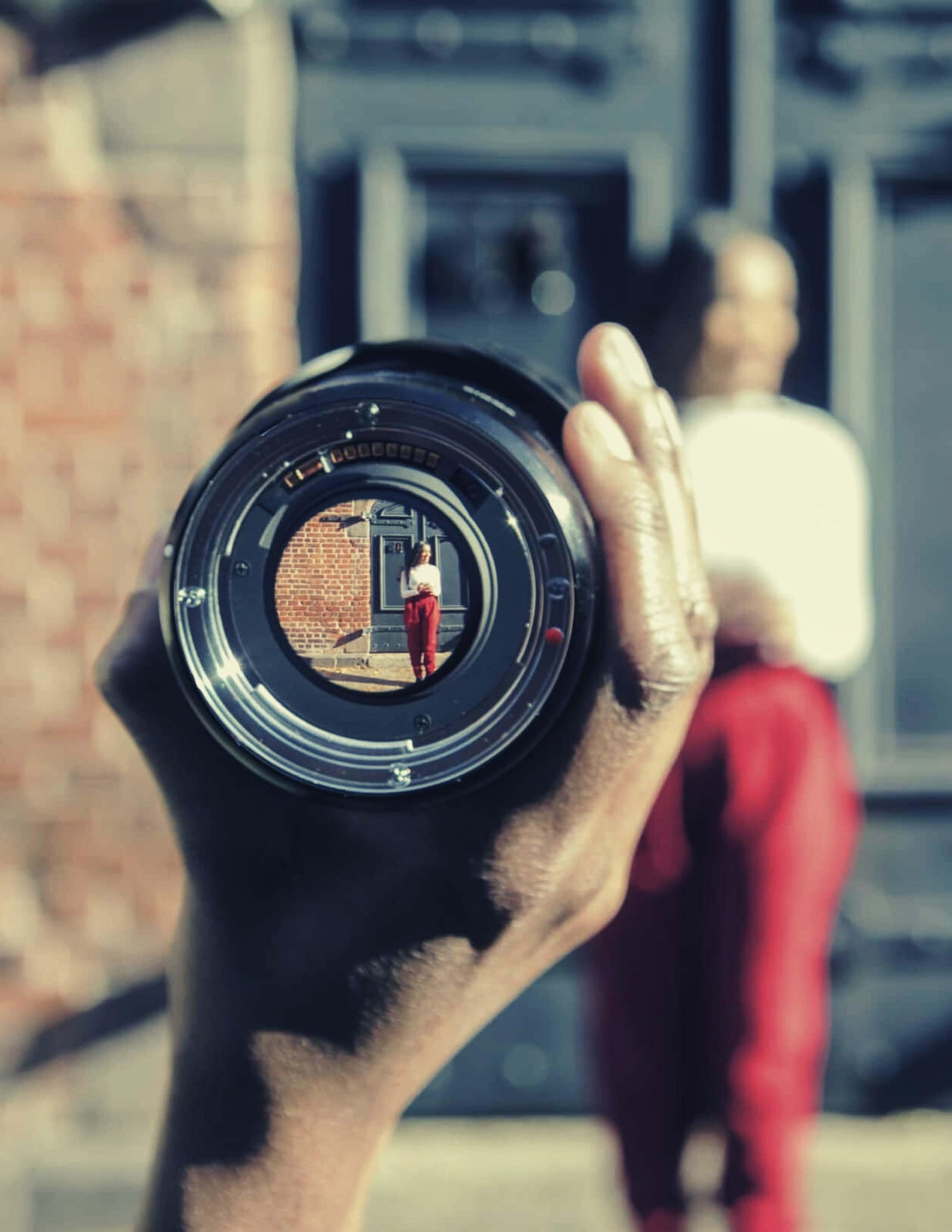

10 www.IamAwareNow.com BURT KEMPNER
WRITER & PRODUCER
AWARENOW / THE HI TECH EDITION
Think of it… Less fear, more of the love we hunger for in our souls.
‘JUST BURT STORIES’ EXCLUSIVE COLUMN BY BURT KEMPNER
THE LOVE CAMERA


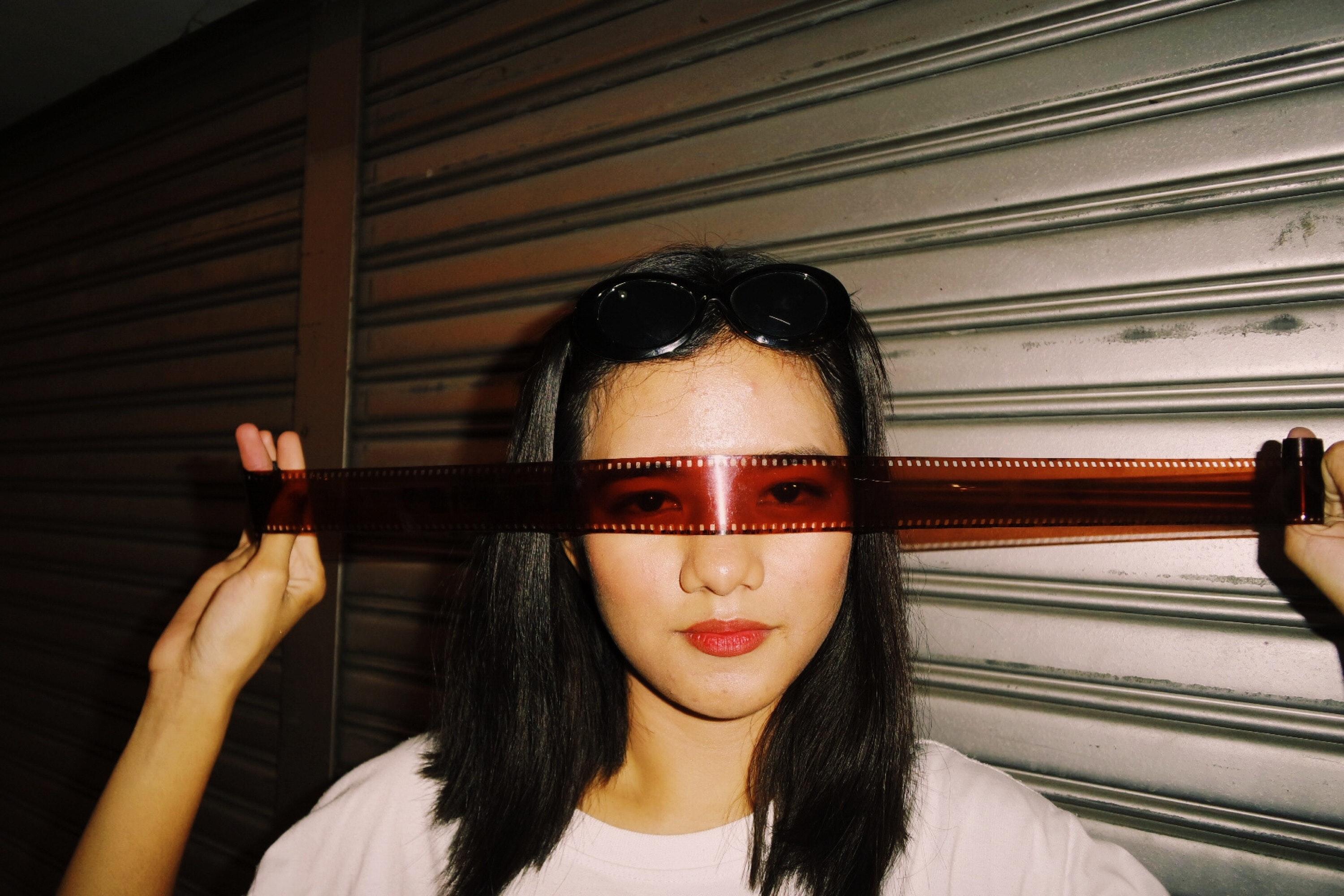
Suppose there were a camera capable of recording, at the precise moment of death, the sum total of the love the dying person had generated throughout his or her life. There would be no possibility of Photoshopping or otherwise distorting the data. The miraculous camera would take into account factors like child abuse, war, grinding poverty, prejudice and other things that might have hindered love’s natural development. Insincere or showy acts of affection would also be factored in. Suppose further that your Final Love Total (FLT) would be the ultimate measure of success in your life, not how much wealth you accumulated, power you wielded, buildings you built or the number of men, women and children you slew.
Imagine this future obituary: “So and So, age 74, died on Thursday, March 12. He had an FLT of +12, and was a tireless uplifter of those whose lives he touched.” The Love Camera will never judge or punish you, no matter what, but neither does it blink.

I believe that camera already exists. I call it Spirit while others prefer the Great Mystery, God, cosmic consciousness or no name at all. We all long to give and receive love, but some of us cloak it expertly. Who knows? Perhaps in some marvelous workshop beyond time and space, an updated camera is being developed right now that will not only measure love but remove fear.
Think of it… Less fear, more of the love we hunger for in our souls. Eat your heart out, Apple.
 BURT KEMPNER Writer & Producer
BURT KEMPNER Writer & Producer
www.awarenessties.us/burt-kempner
BURT KEMPNER is a writer-producer who has worked professionally in New York, Philadelphia, Washington, D.C., and Florida. His work has won numerous major awards, and has been seen by groups ranging in size from a national television audience in the United States to a half-dozen Maori chieftains in New Zealand. Spurred by his love for inspiring young people, he started writing children's books in 2015. Learn more about Burt and his books at his website: www.burtkempner.com.

11
www.IamAwareNow.com
AWARENOW / THE HI TECH EDITION



12
www.IamAwareNow.com
What was deemed an absolute tragedy has turned out to be the greatest journey.
ALEX LEWIS
AWARENOW / THE HI TECH EDITION
QUAD AMPUTEE & ASSISTIVE TECHNOLOGY ADVOCATE
EXCLUSIVE INTERVIEW WITH ALEX LEWIS

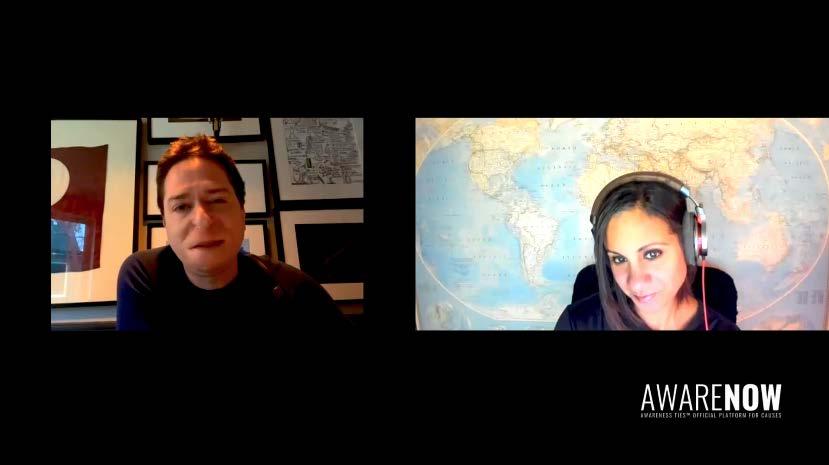
LIMITLESS INSPIRATION OF HUMANITY MEETS INNOVATION OF TECHNOLOGY
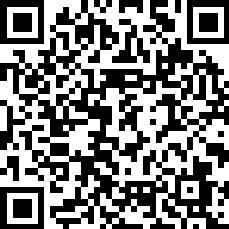

When he was 34, Alex thought he had the ‘man flu’ but collapsed and was rushed to the hospital where he was given just hours to live and a 3% chance of survival. He had contracted Strep A followed by Septicemia which led to him having all four limbs amputated. As well as losing his limbs, Alex also lost his lips and nose. But for all he lost, he gained so much… a life with more purpose and passion to serve than he had ever known. A quad amputee who advocates for assistive technology and inclusive innovation, Alex Lewis is an inspiration for all.

ALLIÉ: For those unfamiliar with your story, Alex, please share. How did you lose your limbs?
ALEX: I caught a rare case of invasive group A Strep back in 2013. That led to septicemia, toxic shock syndrome, necrotizing fasciitis, kidney failure, dialysis, and all sorts of things. That was end of 2013. Then I spent the next eight months in hospital going through double above-the-knee amputation, above-elbow single-arm amputation, and below elbow single-arm amputation, and then facial surgeries trying to rebuild my face.
CLICK, TAP OR SCAN TO WATCH NOW
We want to do the extraordinary.



14
www.IamAwareNow.com ALEX LEWIS QUAD AMPUTEE & ASSISTIVE TECHNOLOGY ADVOCATE AWARENOW / THE HI TECH EDITION
“Muscle whispering technology… He was explaining that all our muscles in our body make a unique sound.”
ALLIÉ: When people think Strep, they think, "Oh, I've got a sore throat." They don't think about what that can lead to. They don't think about how life can change so quickly.
ALEX: No. It's been quite interesting recently. Here in the UK, we've had a sharp increase in numbers of group A Strep, over the end of last year and early this year. I think the deaths of children below 12 are up by 85-90%. It's crazy because the pandemic and the children's baseline immunity level is so low. The invasive group A is coming on board and it's been more in the press. People have been asking me more questions about it. The awareness here in the UK has gone up quite a lot. All the parents that I know and have spoken to that have got young kids have all been made aware of symptoms and illnesses that can lead to GAS as it's called.
We've had quite an awareness push in the UK. But globally, it's very rare for people to know what it can lead to. As you say, in the US, “It's a sore throat.” Unfortunately, through the pandemic, the numbers are going to go up and up, I'm afraid, at the moment.
ALLIÉ: To your point, it's about becoming more aware, becoming more familiar with things. Regarding what people are familiar with, when we talk about things like ‘horse whisperer’ and ‘dog whisperer’, people know these references. What I want to talk about is ‘muscle whisper’.
For those who are not aware, through a chance meeting with a PhD student at Imperial University, you, Alex, were invited to participate in this research that was going on. Please explain the science behind what is called ‘muscle whispering technology’ and what that was like for you.

ALEX: Yeah, muscle whispering technology. When I met this student at a talk one evening, back in 2016, he did this demonstration with a bionic hand. He was explaining that all our muscles in our body make a unique sound. He had devised a system where, through a band that could wrap around someone's forearm or bicep, he could calibrate the noises the muscles would make when, for instance, you'd point a finger or you clench your fist. Then he could calibrate a system where the bionic hand would then replicate that gesture. The theory was that I would be able to wear the strap, sit in an office in London, and I would be able to imagine rebuilding a satellite with my hands and fingers and going through all the motions, and bionic hands in space would be able to carry out fixing a satellite. That’s how he pitched it.
I thought that's ridiculous. That can't happen, surely. He invited me along to London because he said he couldn't get end users who wear prosthetic limbs, upper limb predominantly, to take part in any kind of trial or study. So we became patient one really, or end-user research-led patient one up at Imperial.
We worked with Sam and his tech for about four years, start to finish. He was focusing on bionic limbs because he thought there were loads of people all over the world that would need bionic hands. But the numbers he was quoting was wildly inflated. We knew roughly what the numbers were, and there wasn't a market size for it. Not yet.
He discovered that he could use his system and another closed loop system to diagnose and treat Parkinsonian and tremor symptoms. The long-term prospect of the technology is that if you suffer with Parkinson's or tremor, there'll be a box on your wall in years to come. And all you need to do is put your finger into that box. That will give you enough electrical charge to stop your muscles shaking through the day.
15 www.IamAwareNow.com
AWARENOW / THE HI TECH EDITION


16
www.IamAwareNow.com
AWARENOW / THE HI TECH EDITION
What I love about my life is that it’s not normal.
ALEX
LEWIS QUAD AMPUTEE & ASSISTIVE TECHNOLOGY ADVOCATE
ALEX: (continued) That's the long-term goal of this amazing company. This was something so random and opportune. So we founded a company out of Imperial back in 2020, and these guys have gone on great guns since then. So, yeah muscle whispering is a big thing in my life. It's incredible.

ALLIÉ: It's absolutely incredible. What I love about what you shared is how one inspired technology can really fuel innovation in so many different ways to serve so many different causes.
ALEX: Absolutely. When I was about 18 or 19, all my mates went to university. And it was only to get a better job at the end of uni, basically. They were there for three or five years, and it was all about making more money when they finally entered the working market. But all the students that I've met in the last six or seven years want to make a difference. They want to help humanity and they're so passionate and engaged when somebody who has a limb difference or a disability is willing to come in and talk to them and be honest and open about the situation. About how hard some things are and how much they enjoy certain things. How do we develop a prosthetic attachment that I can go fly fishing with? Because that's a hobby that I used to do with my wife, and I miss it because I lost my arm.
These kids are so uber keen to help and try and find a solution, especially in the engineering departments. I find it incredibly inspiring that these kids want to help. I never grew up with that kind of mentality when I was younger. To see it in the unis now, it does give me quite a warm feeling that in the years to come, there's going to be amazing technologies and amazing advancements in assisted tech coming out of the universities.
ALLIÉ: Absolutely. Like you say, the technology that comes out and the innovations that result will be not in service of self, but in service of others.
ALEX: It's amazing. A lot of the kids that we work with have gone on to get awards for their degrees because they were working with me closely. I'm more than happy to give my time to students who are on a course anywhere in the world, and they want somebody to give them real life feedback about what it's like with no legs, no arms, no fingers, no wrists, no hands. And to be honest and open with them. I think then they're more infused and engaged because they might have gone down a certain pathway that isn't quite right. I think it's our responsibility as end users that we guide them along the pathway that is right for fellow amputees in similar situations.
ALLIÉ: Adaptive technology is on the rise. We're hearing about it more and more, but are we hearing and seeing enough? Is there a gap right now that tech needs to fill to provide equitable innovation?
ALEX: I can only speak about my circumstance as a quadruple amputee. I lost my limbs and they gave me body powered prosthesis. They're not very good. Then I go and look for other equipment and then I see slightly better body powered prosthesis.
You see the bionic hands. Then you see the Marvel characters, Iron Man and all those guys. The psyche is that equipment like that is out there and available. Amazing. You see all these glossy ads of bionic hands doing amazing things. Some are $100,000, some are $10,000, and it looks amazing. But the reality is that there's nothing in between. You've either got around $3,000 or you are jumping to $10,000 to $30,000 to $50,000 to $70,000 to $100,000. In the UK, as an NHS patient as I am, I self-fund my prosthetics as much as I can. The bionic equipment is not realistic to me at any point in my life, unless I win the lottery. Then I will buy some cool kit. But I know in my heart that the kit would not make my life any better. I would not be any more independent. I'd just look cooler.
17 www.IamAwareNow.com
“The bionic equipment is not realistic to me at any point in my life, unless I win the lottery.”
AWARENOW / THE HI TECH EDITION
ALEX: (continued) I think that's the problem that it's jumped so far ahead and there are great advancements. But they're not making equipment that is as functional as it is aesthetic, and as functional and aesthetic as it is cost-wise in a cost comparison. So I see a divide from what a lot of people are getting in the developing world, in Europe and US, and then I'm seeing this massive gulf in between and the bionic kit and the microprocessor knee joints.
I had a quote done the other day for me because I wanted to know what the current cost would be if I had a bionic elbow, bionic wrists, arms, fingers, knees, feet, everything I'm missing. And it was about $600,000 to put me in that equipment. And that's $600,000 every five years. It's wildly out of control.
For us and the research work we do, all the kids that we work with, the students think global. Don't think Western. Don't think European. We think global. Globally, only 3% of all amputees have access to and are comprehensive users of prosthetics. There's a massive gap with people not getting anything that they need. In my eyes, that's where we need to focus.
ALLIÉ: As you mentioned, prosthetics are not inexpensive. They are often inaccessible. Here enters Project Limitless. This is your initiative providing soft shell prosthetic arms for UK children. Last year, am I right that every day one child with an upper limb difference received support through Project Limitless?

ALEX: Yeah, one child a day.
ALLIÉ: I would love to hear the story behind this. How did this all come to be?
ALEX: Again, it was a user-led study at Imperial working with a student called Nate. Nate is a really lovely guy. He wanted to build me a bionic hand. He was going to put all these things in it and he was adamant that that's what I needed. But the end product that he created was terrible. I mean, you couldn't wear it and you would never be seen dead in it.
He left the university and he could see my disappointment when I was giving them feedback on the project. And he stayed behind. All the other students went and he stayed behind. He said, "I realize now that what I should have done is ask you at the beginning, what do you want, or what do you need and let us design and build something that will work for you."
I said, "That's exactly the attitude. If you do that, and if you ask me now what I want, I want something functional, comfortable, and affordable. You marry those three and you'll have a great product."
He went away and worked on it for a couple of years. We were always dipping and working with him. He founded MIT originally that moved onto Koalaa. Then Koalaa started making soft-shell sleeves for adults initially, for me, other arm amputees that I've met over the years. We were, again, the first patients to trial them and to test them out.
Then through lockdown, we realized that all the clinics were shut. A lot of children couldn't get access or have enough manpower behind the scenes to make their new sockets or make new equipment for them. Me, Nate, and the Douglas Bader Foundation, who I'm an ambassador for, had a meeting and we said, why don't we see if we can drum up some interest in the UK and we can supply children? Because they're the ones missing out at the moment. They're
18 www.IamAwareNow.com
“Globally, only 3% of all amputees have access to and are comprehensive users of prosthetics.”
AWARENOW / THE HI TECH EDITION
ALEX: (continued) stuck at home, they can't socialize. They're trying to work from home, which, when you are nine years old, is terrible. Let's see if we can add a bit of joy to their life at the moment. We went on TV, and all of a sudden, this outpouring of love in the UK came in. It also meant that the funds started to come in. We raised very quickly about £400,000.
That was enough to enable every child for a year. Since then, we've gone on to raise another £350,000. We've now supplied 750 children in the UK with a free upper limb prosthetic, since Limitless was born at the end of 2020. What we're looking at now is almost like a circular economy. We're going to run it again and we're going to extend our age range from 10 to 18. What we're going to get the younger kids to do is to send all their old arms back. Because they're two years down the line, chances are they've grown out of those prosthetics by now. We want them to send their old arms back. We can recondition them at our HQ in London. Then me and four other people are going to go out to Ukraine in a few weeks' time and to start building a relationship there to see if we can supply limbs to the children in Ukraine, where, again, facilities are in and out of power. I think we can help over there and be able to give free limbs to kids in the Ukraine as well.

ALLIÉ: I love that… Repurposing limbs in order to serve others.
ALEX: With normal, traditional socket design, once a socket is too tight, then you can't do anything with it. Amputees have so much kit in and around their homes. I've got arms and legs and feet and blades and all sorts of things dotted around my house. I just send them to universities now because I get the students to design better things than what I've got at home. It also clears my home out, which my other half is quite pleased about.
We wanted something that we could possibly use for four to six years. The current prediction for a child when they're young, in and around 9, 10 or 11, you're looking at a socket every three months. That’s four a year. That's 16 sockets over four years. Our children will get two and it gives them as much functionality. It enables them to hold a pen, to use a paintbrush, to ride a bike or a scooter. It's really simple social things. It empowers them and gives them independence and inclusivity. It was a no-brainer and one of the best things we've ever done.

19 www.IamAwareNow.com
AWARENOW / THE HI TECH EDITION



20
www.IamAwareNow.com
Honestly, I was more depressed after Ethiopia than I ever was about losing my limbs.
AWARENOW / THE HI TECH EDITION
ALEX LEWIS QUAD AMPUTEE & ASSISTIVE TECHNOLOGY ADVOCATE
ALLIÉ: And you’ve done a lot, Alex. With assisted technology, you've gone and done so much since the loss of your limbs. Let’s talk about the adventures you’ve had and which was your favorite?
ALEX: Skydiving was the first thing I did post-injury that inspired me to do more adventurous stuff. I wasn't an adventurous guy before falling ill. Skydiving was the first thing that I did that actually made me think that I've been missing out on a lot. So now I'm going to do as much as I can.
After skydiving, we kayaked around the southern tip of Greenland, for 300 kilometers over 10 days, which was stunning. Then I went out to South Africa on the Namibian border and we kayaked on the Orange River for about 14 days, which was, again, unbelievable. Then I was not tired of going on holiday, but all I felt like I was doing was just that. I was going and having a great time in a lovely country, but there was no legacy. We were leaving nothing behind. I felt that it was wrong of me to not involve my community, the disabled community, in some way.
The next thing we did was Ethiopia. In 2019, we cycled on a university hand cycle, which was a solar-powered, battery-assisted, four-wheeled and custom-made, double-above-knee-amputee hand cycle. We cycled through the Simien Mountains. We then summited Ethiopia's highest mountain, Ras Dashen, which is about 4,500 meters high. In the meantime, we set up an affordable wheelchair facility in Bahir Dar. There's been a lot of war raging since we came back in 2019. Our factory now makes mobility aids, prosthetics, wheelchairs and wheelchair attachments for anyone with a disability coming down from the north, from the mountains into Bahir Dar.
Then last year I went to Namibia and I crossed the Namib desert on a mobility scooter. Unfortunately, the hand cycle that I should have been riding across the desert on was stuck on a container ship for six months. I never got to use it in Namibia, unfortunately. But I did have an amazing, battery-powered attachment from Triride that attaches to my wheelchair. I bumped my way across part of the desert for 14 days, which was great. Then this year, I'm going to do a 500-kilometer, 24-hour cycle race to raise money for a local children's hospital. Then I'm about to receive a 20-foot sailing boat that we've adapted into a rowing boat. Then I'm going to row across the south of England, so 400 miles, in June and then cycle all the way back through the south of England.
That's what we're up to now. But for me, Ethiopia is the one for me because I saw something that changed my work. It really completely rocked my world. I couldn't believe how so many with so little could be so welcoming, happy, and content. And to think that we make a slight difference to those lives makes me cry, quite frankly.
It was an amazing 19 days with amazing people. We had a ragtag group of guys all thrown together, and we took Emebet with us. Emebet was a double above-the-knee amputee. She was hit by a truck when she was three and lost her legs. When she returned from hospital with her mom, the tribal elders of her village said, "Look, you might as well leave her to die in the ditch. She's of no use to us whatsoever. She will not be inclusive in our community."
Her mom, outraged, moved into the city and that's where we met her when she was 21. She was a beacon of light on that trip. She's the first double above-the-knee Ethiopian to ever climb the mountain. And to think that we made that happen with her. She was just legendary, really. She inspired all of us. It was fantastic.
With that group of people, we went over to Namibia last year. Some of us will be going to Ukraine. A lot of them will take part in the row this year. We'll all be involved in the cycle race. We've all stuck together because we all believe that, as a group, we can make anything happen.
Ethiopia was life changing… When I came back to the UK, there was a hot shower, there was food, a comfy bed, everything that we had. For all of us when we returned to the UK, we could not get our heads around it. I think a lot of us got very depressed. We felt that we could have done so much more over there with more time and with more money. It was a really tough time.
Honestly, I was more depressed after Ethiopia than I ever was about losing my limbs. That's the impact it had. Since then, for us, it's about developing wheelchairs and prosthetics. It’s about being able to help a global community that's in need.
ALLIÉ: I can see how that depression was converted into a drive to do more.

21
www.IamAwareNow.com AWARENOW / THE HI TECH EDITION
ALEX LEWIS
AMPUTEE & ASSISTIVE TECHNOLOGY ADVOCATE


22
www.IamAwareNow.com
Between the 3 of us, we managed to hold onto each other and stay together.
AWARENOW / THE HI TECH EDITION
QUAD
ALEX: Absolutely. There's no good for me sitting at home worrying about stuff. We had to move on. Then the pandemic hit and Limitless was born out of that. We've been very fortunate in that every event that we've done, one leads to another, then one or two others, and then more. It's a constant train of ideas and adventure. It's amazing.
ALLIÉ: I'd like to quote you, Alex. "Never in a million years would I have attempted this with legs and arms, but I'm not the man I was." These are your words. I'd love to hear more of your words. Please tell us about the man that you are now, that you were not then.
ALEX: The man I am now has a much wider appreciation of everything, whether it's a bird song in the morning, whether it's doing homework with my son at night, whether it's going out for dinner with Lucy. I enjoy my life more now than I ever did before. The man before I fell ill was a man that was languishing, not living a life that he should have.
The best things to come out of those 33 years were Lucy and Sam. Luckily, I managed, well, between the three of us, we managed to hold onto each other and stay together. They've been the foundation along with my best mate and friends and family to build me up and move me forward.
Once I started moving forward, which is probably back in hospital with maybe a few sit ups in rehab, or learning to transfer into a car. That was the beginning of keep going, keep going, keep going… And we've never stopped from that point. We've never even looked back to think, what if that had happened? Or what if this had happened?
So much now is incredible in my life that there's no way in the world I would want my legs and arms back if, by some miracle of science, that was feasible. Because what I've achieved in the last nine years now probably outweighs three of my previous lifetimes, if I'm honest. What I have done, more importantly, who we've done it with… Above all else, it's the people that we've been involved with, that we've worked with, that have supported, that have given me ideas, and I've given them ideas.
Now, it's about harnessing that incredible network that we've built over the last nine years and doing some real good with it. What I love about my life is that it's not normal. There is no nine-to-five. Every day is different. Every night is different. Tomorrow I'm retrofitting a trailer so I can sleep in it for a month in June. Monday I receive a rowing boat. I've never even rowed as of yet, and I'm running 400 miles in June.

I have no idea what I'm doing but it's exciting. It means I've got to go down to the coast and get in there and learn to row in the cold. And what happens if I fall out of the boat? It's so thrilling and kind of dangerous, but we have support guys. More importantly, we could raise a ton of money for charities that desperately need it, all while having the best time. Sure, it's going to be difficult, but what I do now involves students and universities and companies and groups of people and charities. It's such a vast array of people that are making it possible. I guess that's what we want to do more of. We want more people, we want more ideas. We want to do the extraordinary.
I'm never going to be the guy that's going to say that I'm going to run a race or do something that's been done before. For me, it's all about the unknown and how we make that possible, who we bring along for the ride with us, and how they help and how they make it possible for us. The guy that I am now could not be further away from the man that I was before I fell ill.
23 www.IamAwareNow.com
“The guy that I am now could not be further away from the man that I was before I fell ill.”
AWARENOW / THE HI TECH EDITION
ALEX LEWIS
AMPUTEE & ASSISTIVE TECHNOLOGY ADVOCATE


24
www.IamAwareNow.com
What I’ve achieved in the last nine years now probably outweighs three of my previous lifetimes.
AWARENOW / THE HI TECH EDITION
QUAD
ALLIÉ: The man you are now is limitless.
ALEX: Hopefully. Well, we'll find out in June when I go rowing.
ALLIÉ: June will tell the tale.
ALEX: June will be a different story.
ALLIÉ: Another quote of yours: "It turns out that this is the best gig in the world. What was deemed an absolute tragedy has turned out to be the greatest journey." You've had so many moments, like you've said, so many things that you love about your life now. But if you were to choose one of the best moments along the way and also one of the worst, what would those be?
ALEX: Probably emotionally, it's centered around my son. The worst time was when he arrived in the ICU and I was in Salisbury. I hadn't seen him for weeks on end and Lucy brought him in. He came into the unit and he was scurrying behind Lucy and looking around. He could see all the machines beeping and he was like a rabbit in the headlights. Then when he saw me, he hid behind Lucy's legs.
I remember thinking then that that was the worst thing I've ever seen. I didn't have an answer as to how I could change that. I was at the mercy of the health service, my surgeons, and the doctors. That poor little lad looked at me and thought that isn't my dad. For any parent, if you could imagine that, it was utterly heartbreaking.
The best moment has been every moment since, where he pats me on the shoulder, he helps me fix a bike, or he goes out with me on a motorbike or he'll jump in the boat for the row in June. When I go to his school with all the toys that I play with and all the kids are going, "Oh my God, that's your dad. He's amazing." I see that, and that is the drive, ultimately. That is the drive.
He has been part of the worst that wasn't his fault, but the best moments since have been how we managed to rebuild that bridge that had gone. Not for long, it was a short time, but it felt like forever trying to get him to be happy with me and be able to see that I was still dad. I think because of the dad I was, it instilled a fear that I was never going to be that dad again. It was about him and how I could get him to get his head around the tragedy that we thought it was at the time.
Now he can see that it's the best thing that ever happened to me. He can see the stuff that I do, who I work with, and it's amazing. He's part of it and he's on that journey with me. Lucy and all my mates and my family are all in together. But for me, every time he comes home from school, he'll say, "What have you done today? Who have you spoken to? What have you broken? What are we building? What are we doing next? Where are we going?"
He's infused with it. I think that's probably the greatest achievement for all of us together that's worked to make it happen. He is so at home with what happened to me and at ease with how I am, which is amazing.
ALLIÉ: Being a parent, I can only imagine how incredibly difficult that worst moment that you shared would've been.
ALEX: I mean, all you want to do, every time you see your child upset, you want to give them a hug and tell them it is going to be alright. And I couldn't do that. I was lying down. I couldn't move. I think I'd lost my arms at that point. I had surgeries on my legs. I had no way of moving and I couldn't really speak very well. I felt utterly helpless.
Lucy was amazing. She was fantastic. My son and I could not have reconnected without her. She made sure that every night she was saying, "He's still your dad. Daddy's going to be fine. He's going to come out and he's going to be great. Things are going to be fine." She kept on going and going. Without her, we wouldn't be in this glorious state that we're in.
ALLIÉ: For those who aren’t in a glorious state, I wonder what advice you might have.. Right now, I'd like to ask, for those who feel limited by their abilities or constrained by their technologies or lack thereof, what words would you leave them with to give them hope?

25 www.IamAwareNow.com
AWARENOW / THE HI TECH EDITION
ALEX: All the hope lies in our children that go to university, our children that get involved and look at how they can develop better ideas and better products. For me, all the blue sky creativity is in our kids. Somehow as persons with disabilities, we need to harness that and get them behind how they develop the ideas, design, technology, engineering courses, and get them infused about how much they can help.
What we are going to do in the UK, and then hopefully we can roll it out globally, is we want to work with school children between the ages 7 and 18. Every school child or group of children will work with an end-user, somebody that needs assistive technology. It could be someone with glasses, hearing aids, wheelchairs, it could be mobility aids, whatever they struggle with. What can the children dream up that could make their lives better?
It has to be someone that you know in your network. It could be your neighbor, it could be your auntie, your grandfather, it could be anybody that you know. We create this kind of network of everybody talking about their disabilities and what technology could be improved and how we can make that happen. The kids come up with an idea and they develop it over the course of about two and a half, three weeks.
Then their design and technology teachers will then rate the best ideas. The best ideas go forward to me and a group of judges. Then we feed those winning entries into our university ecosystem. So all the students are looking for projects and there are thousands of them in the UK. I can only imagine globally how many kids are out there looking for ideas.
The ideas go into the universities and the university students develop them further while still working with the child whose idea it was, and the end user who sparked the idea of the child. So we're all working together on these products. Now, the overall winner of the competition — the child, the end user, and the university student or group that has designed something amazing— it'll be prototyped and then we'll go and get seed funding to make it a product and try to get it to the next stage.
That way, we're all part of it. It's not one crazy idea. It's everybody working together to develop better ideas and get better products into that space. We're running a pilot in September here in the UK, and then next year, we will launch globally if we can. Because I think there are so many students that are crying out for ideas.
In my mind, I see a seven-year-old designing something which could go on and change the world for a group of people with disabilities. That's what I want to see. If we get that year on year, can you imagine how amazing it would be? Then anyone with disabilities would be looking forward to what's coming out next rather than thinking, "I can't afford that. That's too expensive." These products have to be affordable. It's on the mantra: affordable, functional, comfortable. If we can work on that, then I think we can change the world.
ALLIÉ: I would agree with you. I like how you mentioned a child working with an end user and how important it is for the end user to be part of the process from the beginning. Not a little checkbox at the end.

26 www.IamAwareNow.com
“In my mind, I see a seven-year-old designing something which could go on and change the world for a group of people with disabilities. That’s what I want to see.”
AWARENOW / THE HI TECH EDITION
ALEX: We all live with the frustrations of some of our equipment and it's very hard to know how we improve upon that. What can we do? I would think 99% of us, we just make do. We don't adapt it. We don't try to change it. We can't afford to buy loads and loads of other products. So we just deal with it and we work around it. But in this day and age, you shouldn't have to work around a product like that. If you think about what we've invented over the last 100 years and the technology revolution for the last 30, surely we can be building and developing better products around disability and assistive tech. And there are great companies out there doing it. We work with them, we've seen them. We just need more of them.


ALLIÉ: Absolutely. And to make the products pretty!
ALEX: Exactly. Why aren't they cool? We've all got an iPhone. We love it. Everyone loves an iPhone, don't they? When the iPhone came out, it was beautiful. It was sleek. It was a game changer for mobiles. Well, that's how assistive tech should look like. A phone is a bit of assistive tech, I think. I run my life on my phone, so that is assistive for me. Why aren't we seeing all the products like that? When is Apple going to make a wheelchair? That's the question. Maybe we need to push that.



ALLIÉ: An Apple wheelchair, an iChair. Yes!
ALEX: That'd be cool.
ALLIÉ: Why not? Thank you so much for taking this time and sharing all that you have. Thank you for doing the work that you do in service of others. Thank you for helping all of us become a bit more aware now. Thank you so much.
ALEX: I absolutely love it. Thank you for having me. ∎
27 www.IamAwareNow.com AwareNow Podcast LIMITLESS
TAP/SCAN TO LISTEN Learn more about Alex and his work online (www.alex-lewis.co.uk) and follow him on IG (@alexlewistrust).
Exclusive Interview with Alex Lewis https://awarenow.us/podcast/limitless
AWARENOW / THE HI TECH EDITION


28 www.IamAwareNow.com AWARENOW / THE HI TECH EDITION
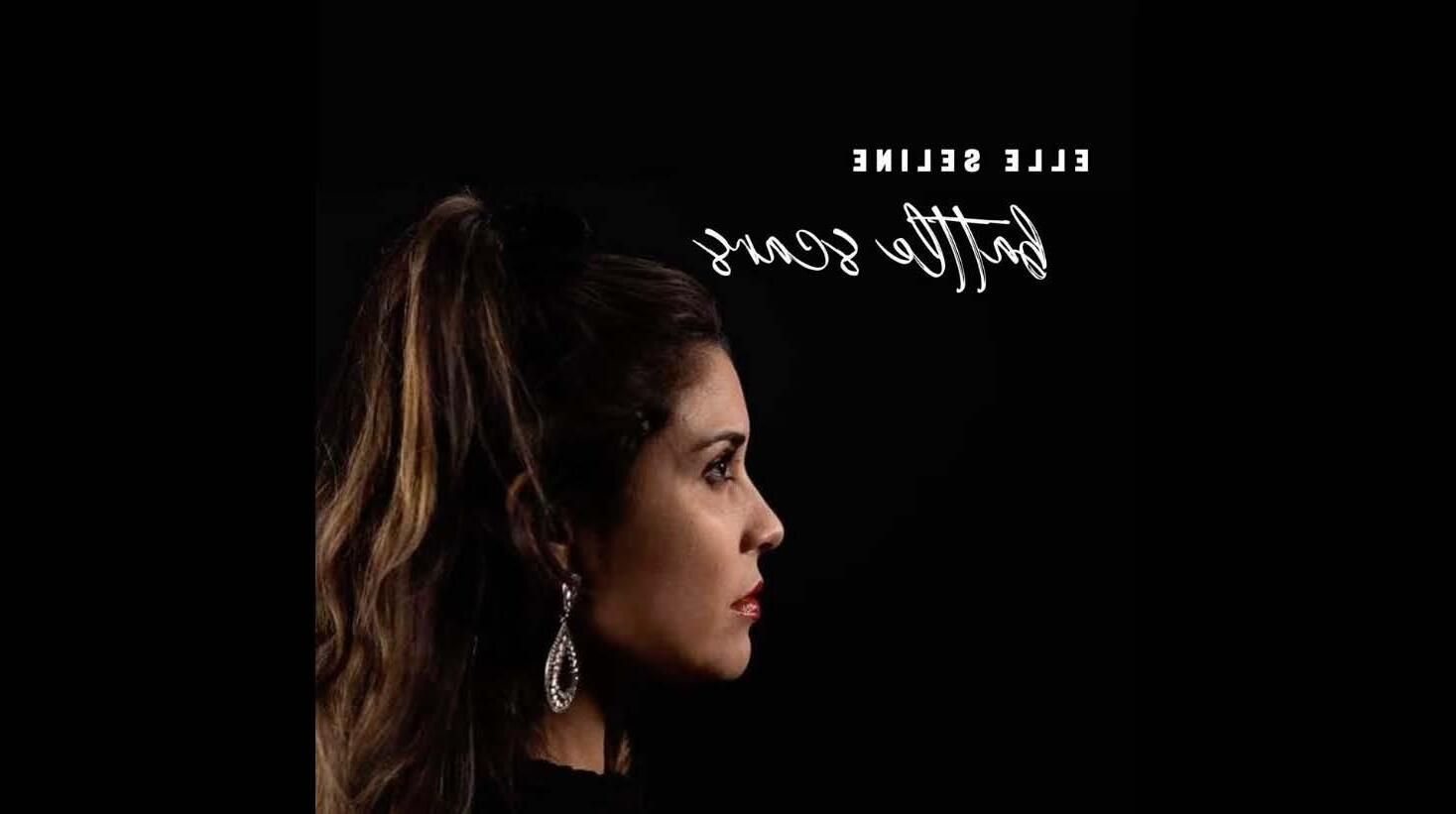


CLICK, TAP OR SCAN TO WATCH NOW Learn more about Elle: www.awarenessties.us/elle-seline AWARENOW / THE HI TECH EDITION


30 www.IamAwareNow.com
AWARENOW / THE HI TECH EDITION
Original Artwork by: Sage Gallon
‘SAGE ADVICE’ EXCLUSIVE COLUMN BY SAGE GALLON


BLACK HISTORY NOW A PAST AND PRESENT IN PAINTINGS
With artistic expression welcoming title creation, we share a collection of original works by artist Sage Gallon reflecting Black history that is being made every day. You are invited to explore and name his paintings.
If you were to give these paintings titles, what would they be?
Submit a name for one or all of these paintings. Next month in AwareNow, selected titles will be published.
As Black History Month comes and goes, its weight does not get lighter. However, with the waves it makes, the future does seem brighter. We can’t be afraid to be raw and real. That’s the only way to heal.
So, take a moment to soak it in. There and then we can begin. It’s looking back and reflecting on now. It’s finding what is needed and how.
While we’re unnecessarily divided, Our route to unity is provided. In the sharing of stories and art, here we find a place to start.
Moved by these paintings?
Submit a title for one or all of them. awarenow.us/black-history-now-title
SAGE GALLON
Multi-Media Artists, Author & Official Ambassador for Homelessness Awareness


www.awarenessties.us/sage-gallon
SAGE GALLON is a published & award winning multi-media artist. His paintings, photographs, books, music and films present common themes of our humanity with ingenious artistry and inspiring articulation. Despite the losses he’s endured in his life, the wins he’s gained along the way serve as a light for so many lost in the dark.
31
www.IamAwareNow.com
AWARENOW / THE HI TECH EDITION


32 www.IamAwareNow.com
AWARENOW / THE HI TECH EDITION
Original Artwork by: Sage Gallon


33 www.IamAwareNow.com
AWARENOW / THE HI TECH EDITION
Original Artwork by: Sage Gallon
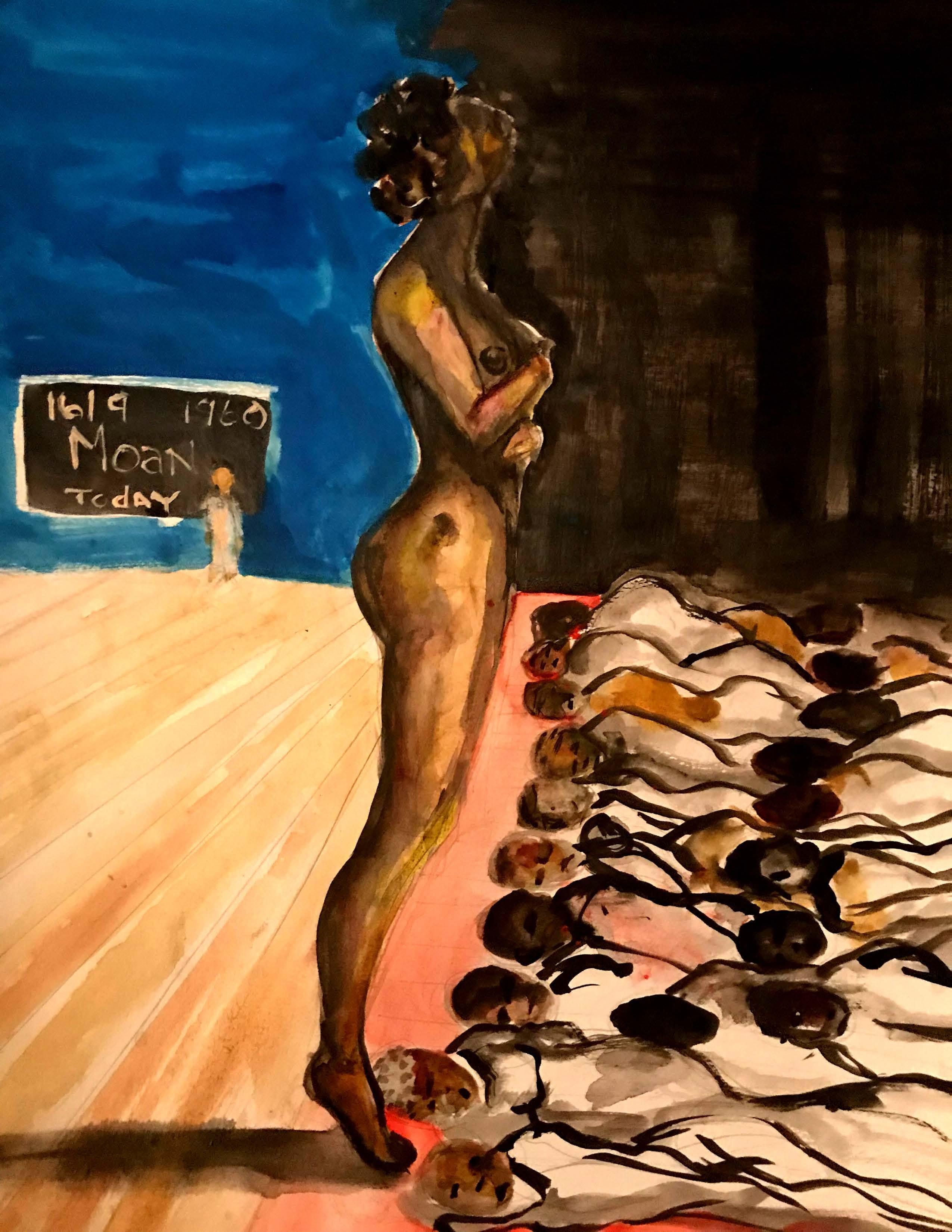

34 www.IamAwareNow.com
AWARENOW / THE HI TECH EDITION
Original Artwork by: Sage Gallon


35 www.IamAwareNow.com
AWARENOW / THE HI TECH EDITION
Original Artwork by: Sage Gallon
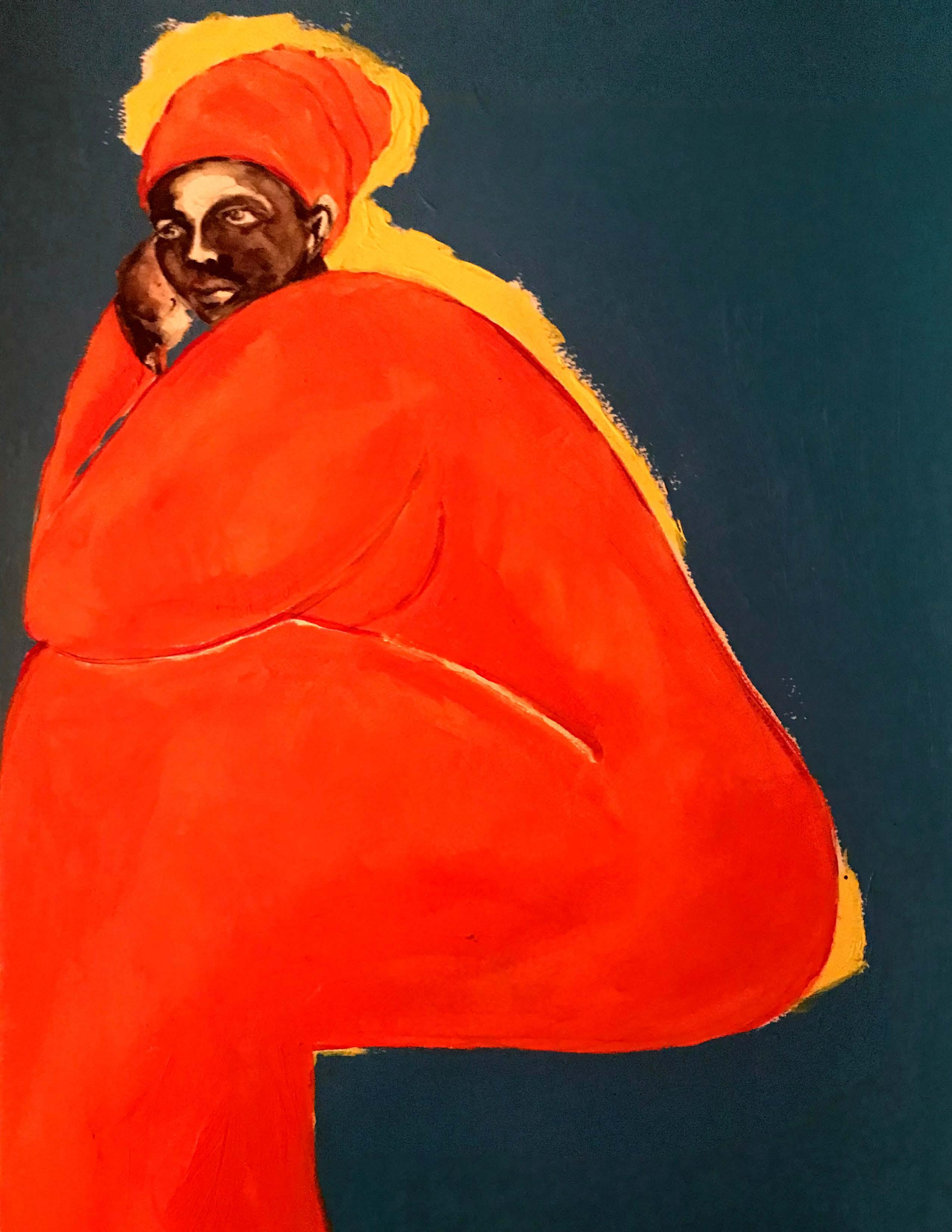

36 www.IamAwareNow.com
AWARENOW / THE HI TECH EDITION
Original Artwork by: Sage Gallon
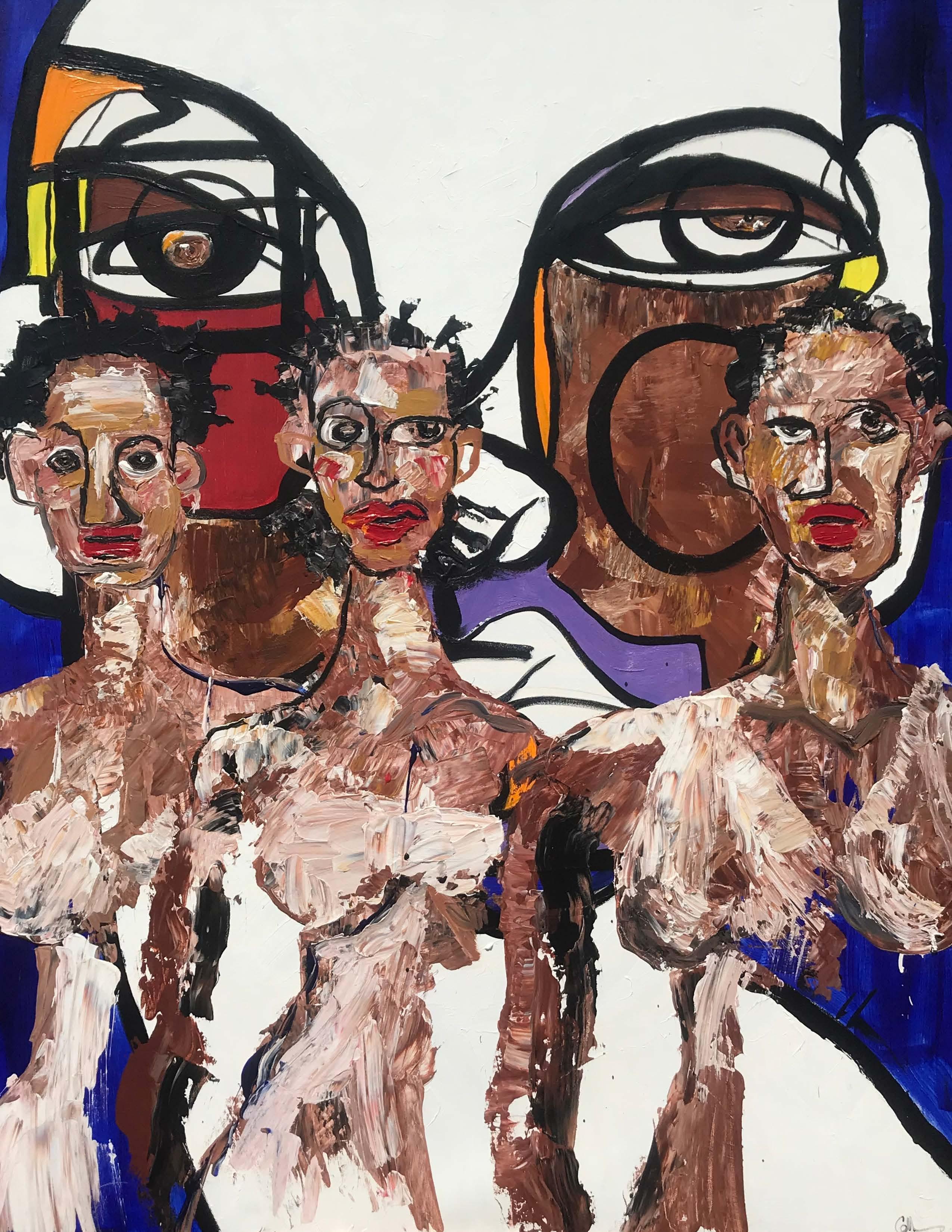

37 www.IamAwareNow.com
AWARENOW / THE HI TECH EDITION
Original Artwork by: Sage Gallon


38 www.IamAwareNow.com
AWARENOW / THE HI TECH EDITION
Original Artwork by: Sage Gallon


39 www.IamAwareNow.com
AWARENOW / THE HI TECH EDITION
Original Artwork by: Sage Gallon
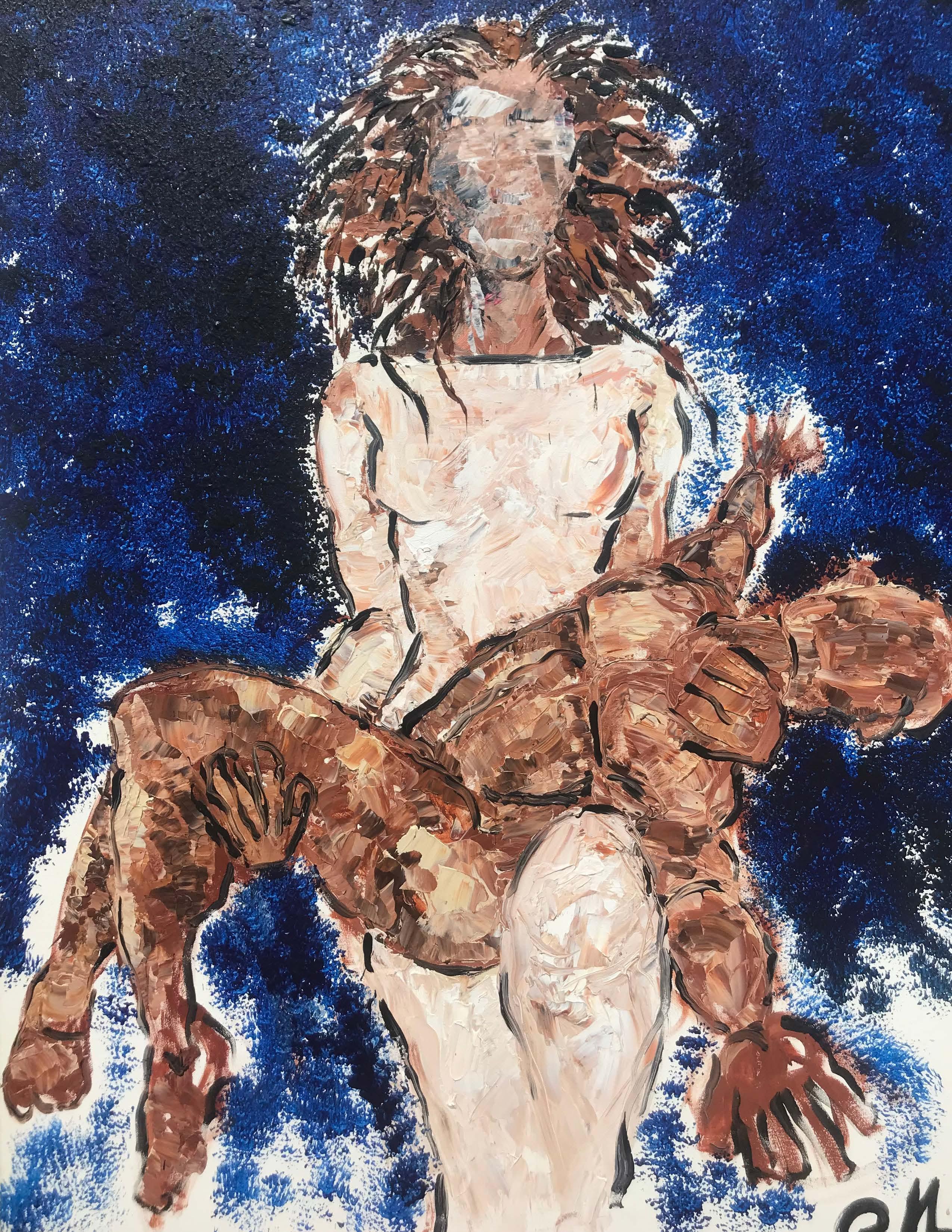

40 www.IamAwareNow.com
AWARENOW / THE HI TECH EDITION
Original Artwork by: Sage Gallon
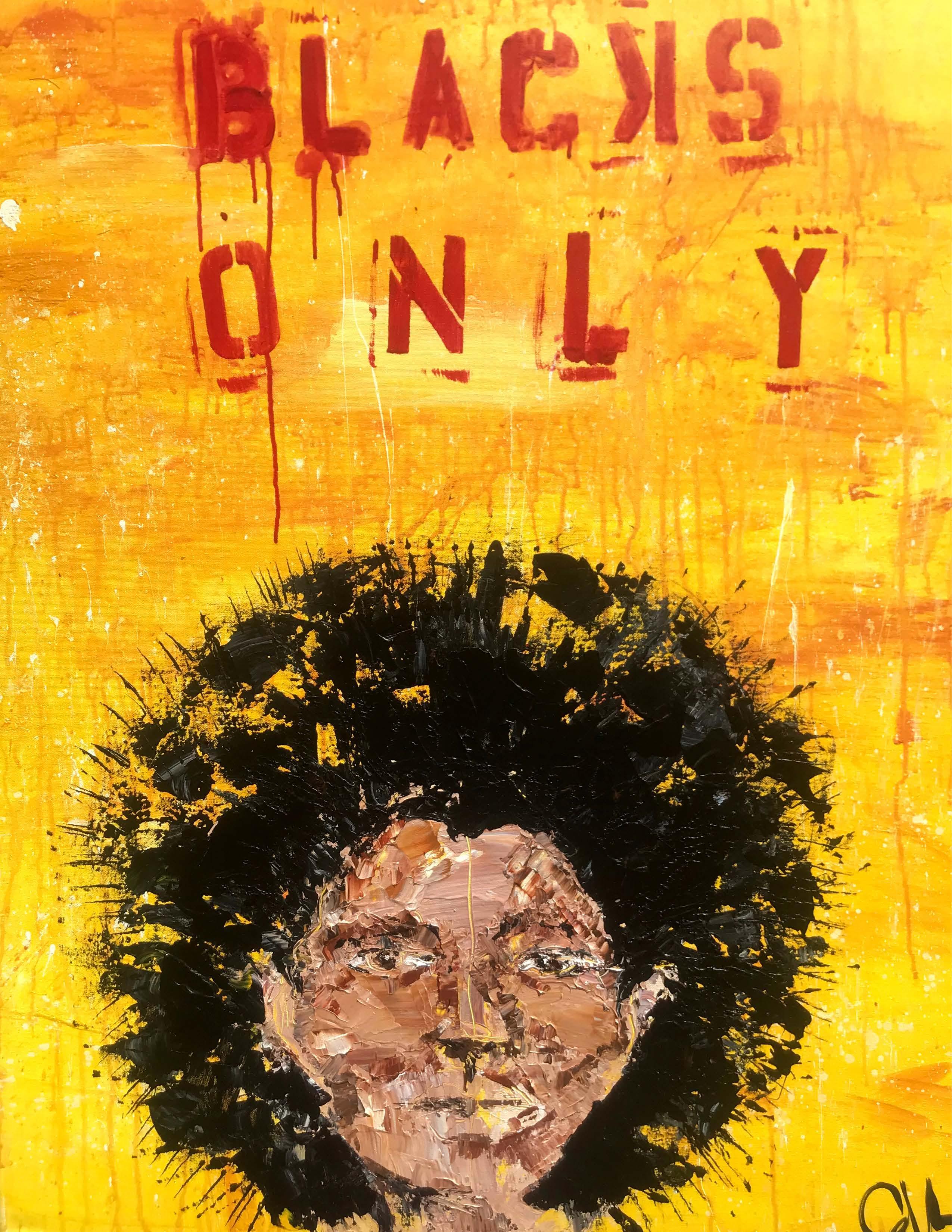

41 www.IamAwareNow.com
AWARENOW / THE HI TECH EDITION
Original Artwork by: Sage Gallon


42 www.IamAwareNow.com
AWARENOW / THE HI TECH EDITION
Original Artwork by: Sage Gallon


43 www.IamAwareNow.com
AWARENOW / THE HI TECH EDITION
Original Artwork by: Sage Gallon


44
www.IamAwareNow.com LEX GILLETTE 5X PARALYMPIC MEDALIST, 4X WORLD CHAMPION & KEYNOTE SPEAKER AWARENOW / THE HI TECH EDITION
I wasn’t going to allow someone else’s words to impede my progress.
‘NO NEED FOR SIGHT WHEN YOU HAVE VISION’ BY LEX GILLETTE



OUR ACTIONS SHOULD ALWAYS SAY SPEAKING LOUDER THAN WORDS
I remember competing in the long jump in an indoor meet eight or nine years after I had lost my sight. We were at the University of North Carolina at Chapel Hill, and at this time, Coach Brian Whitmer was my long jump caller. In other words, he was responsible for clapping and yelling so I would know where to run and jump from. It started off terribly. Coach Whitmer’s claps were muffled by cheering fans. We were indoors. His voice was echoing through the stadium. The long jump runway and track were separated by stanchions. I ran into those. I just couldn’t get it together. Not too far away was a gentleman who said something along the lines of “what is going on?”. “This kid shouldn’t be doing this. He’s going to hurt himself.” This is what prompted me to begin working on a speech centered around the idea, we’ve had a lot of people say, we can’t, but our action should always say, we can”.
One thing that will never change is that everyone will have an opinion. People talk. They’re going to have their thoughts on what you can and cannot do. Sometimes they’ll imply that you may not be able to conquer a certain task. There’s a saying that I’ve heard over and over again growing up and it goes a little something like this, “I can show you better than I can tell you”. I was 17 years old, competing for Athens Drive High School, at the great UNC, and I believed in something so much that I wasn’t going to allow someone else’s words to impede my progress. For the record, Coach Whitmer and I were able to make the adjustments and we finished the competition successfully with no bumps or bruises.
Who cares what the outsiders say. Actions speak louder than words, right? “How are you going to graduate from college? No one in your family has achieved that to this point.” Bury your head in the books, assert yourself, and soon you’ll show them that celebratory strut across the stage. “You haven’t made a putt from this distance ever. What makes you think it’ll be different this stroke?” Wait a minute, watch this *as ball rolls across the green into the hole*. “Why are you competing in long jump? You’re blind. It’s dangerous.” It may look dangerous to you, but I don’t see any issues with it. Ha! You’re going to have others who say “you can’t” but your actions should always say “I can”. ∎
www.awarenessties.us/lex-gillette
LEX GILLETTE has quickly become one of the most sought after keynote speakers on the market. Losing his sight at the age of eight was painful to say the least, but life happens. Things don’t always go your way. You can either stay stuck in frustration because the old way doesn’t work anymore, or you can create a new vision for your life, even if you can’t see how it will happen just yet. His sight was lost, but Lex acquired a renewed vision, a vision that has seen him become the best totally blind long and triple jumper Team USA has ever witnessed.
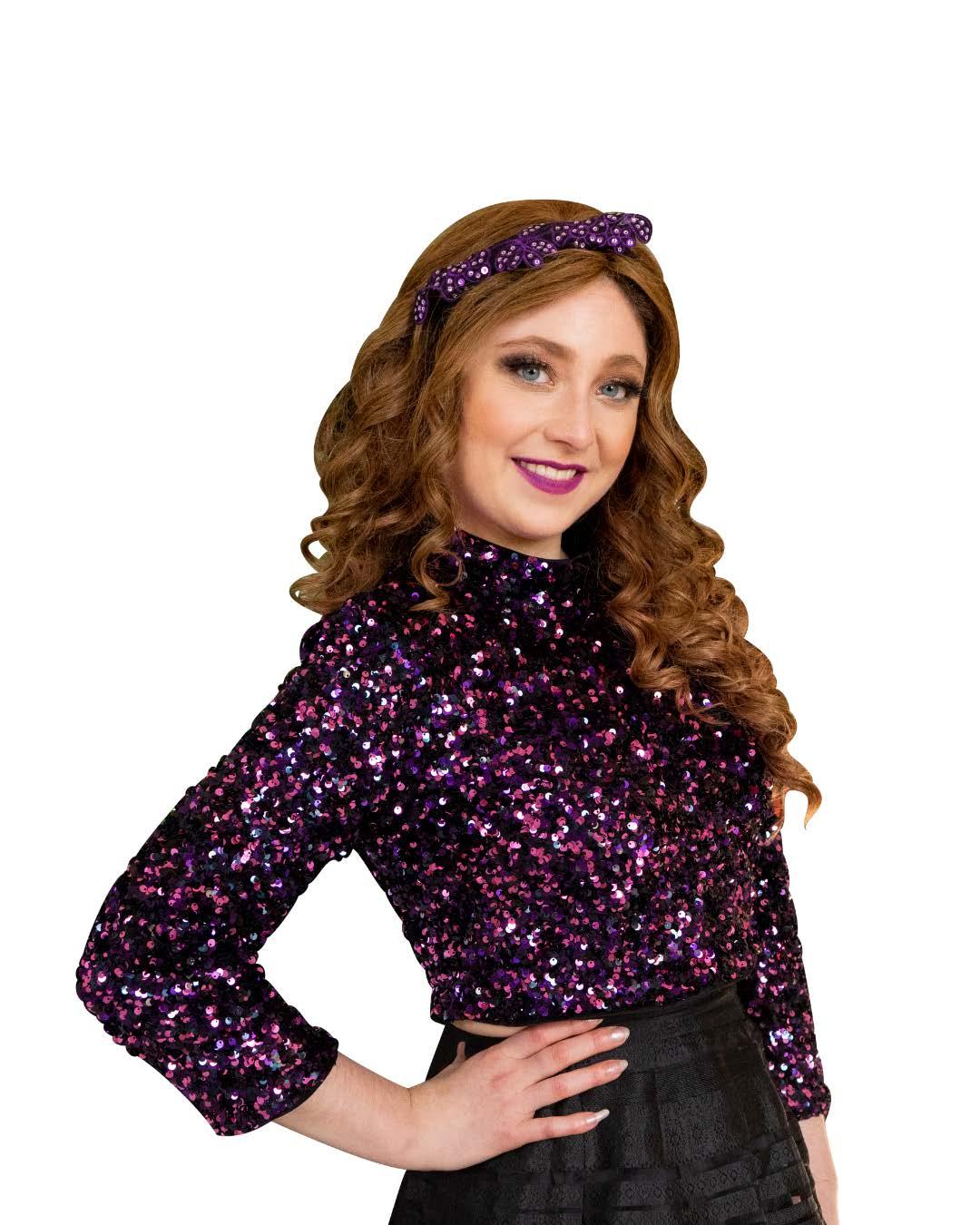
www.IamAwareNow.com
GILLETTE
Paralympic Medalist, 4x World Champion & Keynote Speaker
LEX
x
AWARENOW / THE HI TECH EDITION


46
www.IamAwareNow.com
Some say that technology has exceeded our humanity.
PAUL S. ROGERS
AWARENOW / THE HI TECH EDITION
TRANSFORMATION EXPERT, AWARENESS HELLRAISER & PUBLIC SPEAKER
BY PAUL S. ROGERS
HUMANITY VS. TECHNOLOGY
HUMAN DESIRE FOR THE WIN
Release The Genie Fact: The Genie’s telephone number is last weeks lottery numbers.
One of humanity's deepest questions is: “Why is there so much pain and suffering in the world?” Simultaneously, and far surpassing the bad, is the desire to do something about it.

It is the unjust that drives us to adopt a cause at a deeper level. Usually witnessed first hand, or done to someone close to you, it creates a burning desire to make a change, to ensure that no one else suffered like you or they did. It is at the abrasive interface of life's events where each individual story comes into contact with our humanity. This is where action can be taken for good, and the true measure of using technology for the greater good is seen.
But where does all this come from? It all starts with a desire, mixed with a thought, which brews in an individual's imagination where there are no limits to produce an eventual action. Technology has become the new arena for imagination to express itself. We only need to look at the last 50 years to see just how much technology has advanced and the impact it has had on our daily lives. The boundaries of what is possible are constantly being pushed back in all fields, due to advances in technology. At times, we have to be at a full sprint to keep up.
According to Napoleon Hill, in Think and Grow Rich, imagination takes two different forms:
First: Synthetic Imagination
This is something made by assembling and arranging component parts, plans and ideas. In itself, it does not directly create anything new. Instead, it draws upon and is shaped by a person's experiences, education, observations and awareness.
Second: Creative Imagination
This is where the individual’s mind is in direct communication with the Universe. It is the place where hunches, inspirations and vibes are received. This is the place where most artists, songwriters and creatives receive their inspiration and ideas.
Both Synthetic and Creative imagination are equally valuable and seamlessly applied by the individual. It doesn't really matter whether an idea comes from Synthetic or Creative sources. The important thing is putting the imagination to work. The vital ingredient, in this process, is the strong desire to make a change. Once this desire is feed to the mind, the imagination goes to work and acts upon bringing the intangible idea into the tangible form we all see today.
The example used in the editors’ comments of Think and Grow Rich is Jeff Bezos and Amazon. The Internet being used as a sales platform was widely known, and could be said to be synthesised. But the name Amazon, and a platform to sell just books is something only known to Jeff Bezo’s creative imagination. Since then, Amazon has dramatically changed to be one of the largest selling platforms on the Internet.

47
www.IamAwareNow.com
‘RELEASE THE GENIE’ EXCLUSIVE COLUMN
AWARENOW / THE HI TECH EDITION
HUMANITY vs TECHNOLOGY
Written and Narrated by Paul S. Rogers https://awarenow.us/podcast/humanity-vs-technology




What drives technology is a chicken and egg debate. Does social change drive technology? Or does technology drive social change?
An easy example would be the most recent pandemic: social changes. Everyone was forced to isolate, but the world continued nonetheless.
Society turned to the pre existing technology, namely social media. As the name suggests, originally used for socialising, it suddenly became the mainstream for businesses and individuals. Everything went online. So social changes were driving technology changes. Working from home became commonplace. New technologies appeared, virtual conferences, summits, courses and podcasts exploded in use and popularity. I know what you're thinking now. If only I had shares in Zoom when it was first created!
Technology can also help to drive social change. President Kennedy's 1962 speech set out the goal of putting a man on the moon before 1970. The technology was not available at that time, but a group of individuals, armed with their will to do so, found a way to create and build new technology. The technology and research created for that project has gone on to to be of invaluable use in many other areas such as in medical, computer, communication and education fields.
Some say that technology has exceeded our humanity. It is true that even when technology is developed for good, it can, in the wrong hands, be used in a bad way. My belief is that humanity is inherently good and stronger than that. The world needs more dreamers and people who are willing to continue to follow their imagination. As long as there is a desire to change, humanity will move forward to new and improved heights by using and creating greater technology as its aide. ∎
PAUL S. ROGERS
 Transformation Expert, Awareness Hellraiser & Public Speaker
Transformation Expert, Awareness Hellraiser & Public Speaker

www.awarenessties.us/paul-rogers
PAUL S. ROGERS is a keynote public speaking coach, “Adversity to hope, opportunity and prosperity. “ Transformation expert, awareness Hellraiser, life coach, Trauma TBI, CPTSD mentor, train crash and cancer survivor, public speaking coach, Podcast host “Release the Genie” & Best-selling author. His journey has taken him from from corporate leader to kitesurfer to teacher on first nations reserve to today. Paul’s goal is to inspire others to find their true purpose and passion.
www.IamAwareNow.com AwareNow Podcast
TAP/SCAN TO LISTEN
AWARENOW / THE HI TECH EDITION
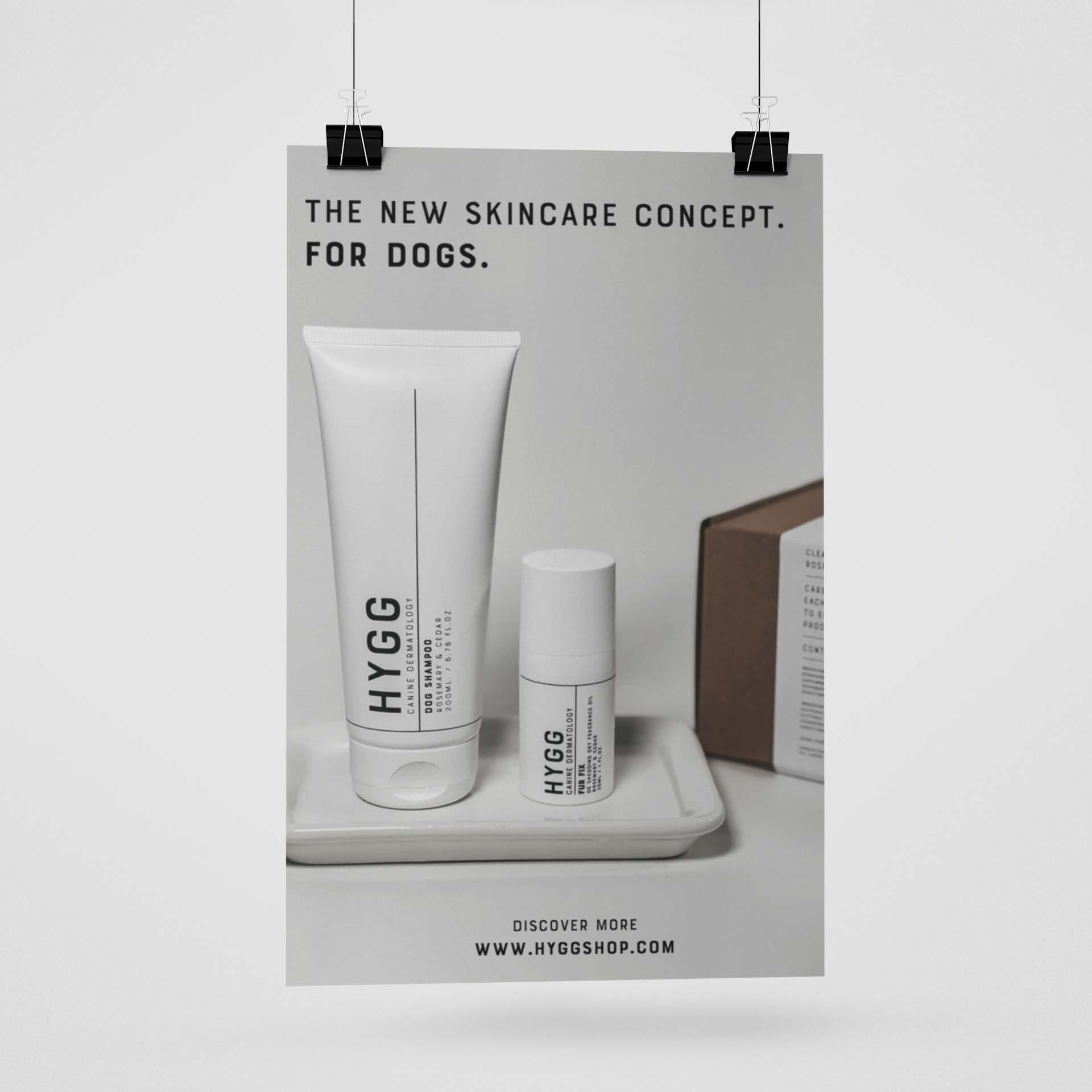


50 Music isn’t literal. www.IamAwareNow.com THAVIUS BECK MULTI-INSTRUMENTALIST, PRODUCER, EMCEE, AND ELECTRONIC MUSIC EDUCATOR
AWARENOW / THE HI TECH EDITION
Photo Credit: Monifa Perry
EXCLUSIVE INTERVIEW WITH THAVIUS BECK


MUSECH WHERE MUSIC MEETS TECH


As industries evolve with technology, many things change. For better or worse, evolution is inevitable. For a real and raw conversation on music at the intersection of tech, we speak with our very own Thavius Beck, a multi-instrumentalist, producer, emcee, and electronic music educator whose life revolves around music and technology.
ALLIÉ: When it comes to the production and distribution of music, with technology a lot has changed over the years. From how we create it to how we consume it, music has evolved with technology. In your opinion, Thavius, what’s been the biggest win? What’s been the biggest loss (if any)?
THAVIUS: Well I mean you know the biggest win is that there's more access to tools and creators can reach their audience directly. So the fact that you don't need to go through some big huge corporation or through the typical channels of the music industry to create an audience, to be able to build a fan base to connect with promoters and book shows. Artists can now do all of that on their own if they're willing. To be able to create an album from scratch as one person in your bedroom on a laptop with really no budget. To be honest, a lot of people who are getting into music now and discovering this technology may not have the money, but they have access to pirated material as well, which

CLICK, TAP OR SCAN TO WATCH NOW AWARENOW / THE HI TECH EDITION
There’s not a one-to-one correspondence between what something sounds like and some term that can describe it properly and completely.
THAVIUS BECK
MULTI-INSTRUMENTALIST, PRODUCER, EMCEE, AND ELECTRONIC MUSIC EDUCATOR


52
www.IamAwareNow.com
Photo Credit: Monifa Perry
AWARENOW / THE HI TECH EDITION
THAVIUS: (continued) really no budget and be able to make an entire album, distribute it to a fan base, and connect with people and perform. That's a major difference from before.
The biggest loss though is that there's no need to develop your skills to do any of that. You could have a computer, go online, and find a folder of breakbeats, loops, and whatnot and just put them together like a collage artist. People think you're a genius and you didn't even write any of that stuff. You may not not have an understanding of basic harmony or theory and you're just throwing things together based on what you find. So, there's not a lot of incentive for people to learn the foundation in theory behind doing what the technology is doing for them. In a lot of ways, people are just getting more and more lazy and complacent. They’re taking for granted the fact that back in the day you had to learn a basic scale or two. You had to understand how notes sounded together so if you wanted to make someone feel happy or sad you understood what key to work in. It’s not to say that's totally gone but there's just not as much incentive for people to learn.
ALLIÉ: Let’s take a trip in the way back machine and travel back to where you began in music and then come right back to here and now. When you started, what was the most high tech piece of equipment you used? And today?

THAVIUS: It's an interesting question because I don't know that I could answer in terms of what's the most ‘high tech’, but the first piece of gear that I ever got that I consciously tried to use to make music in some sort of interesting way taking advantage of technology is this keyboard called the Casio SK1. It’s this old Casio keyboard you could sample with, but it could sample for like 1.4 seconds, and you could only store one sample. The sample rate was really low. It wasn't meant to be some professional thing, but it became pretty popular. A lot of people ended up doing stuff to circuit bend it and make it do more than it could. I got this when I was nine or ten. I remember back then everyone had the little Hi-Fi stereo system with the record player and the dual cassette thing. The whole secret with the dual cassette player was that it had high speed dubbing, so if I set it up for high speed dub, I could play a cassette twice as fast and if I sampled that I basically got twice the sample time because the music was playing twice as fast. I could play with that, slow it down, and do little loops. I would record those to tape. That was the first time I actually started trying to loop stuff to make beats. It was pretty high tech back then.
Now I have so much stuff it's hard to say what's the most high-tech. I mean, all of it's high tech in its own way… I have this sampler, sequencer, and synthesizer called the Dirtywave M8. It's really small. It's a small microcontroller. It's very cheap. This person was genius enough to build his own machine that fits in the palm of my hand. It's a sequencer, a sampler, and a synthesizer. It's got stereo speakers built-in and a battery. I can connect it to my computer as an audio interface. It has unlimited sampling time. I've got an SD card in here with 128 gigabytes worth of stuff, and it fits in my pocket. So in terms of just how far technology has come, I think this is probably a good example.
ALLIÉ: We won’t call it a comeback. It’s been here for years. Vinyl. It’s been rising in popularity. Is it the warmer sound, the physical feel or the nostalgia that support the resurgence? What are your thoughts both personally and professionally?
THAVIUS: I mean, it's a bigger tactile thing that you can touch. You go to the store, and you can flip through album covers and the artwork is way bigger. You pull the album out and you have this big physical disc with grooves that you can touch… You have to physically interact with it to go from song to song. You have to flip it over to hear the other side of the record. It is warmer in a way just because of the way music has to be mastered for vinyl. There's a different EQ curve for that. Music on vinyl tends to sound more dynamic because it's not mastered to be so incredibly loud just based on the physical constraints of vinyl. The music has to fit into these grooves, and you don't want the needle to jump throughout the record. So there's a certain way that you have to master the stuff to make sure the vinyl can play correctly. All of those things lead to it sounding a bit different than what you would hear on a CD or in an MP3. The idea of warmth is part of whatever preamp that you have to use when you connect your vinyl to something else in order to play it back. That might affect that too. There's a lot to it. It's also kind of… I don't want to say it’s kind of ‘gimmicky’ in a way with people pushing this idea of a resurgence of vinyl. I think it's cool. But vinyl is really expensive to manufacture. It's kind of a big risk for a lot of people to invest in, unless they know they have an audience that's going to buy it. I'm glad that people are supporting it. I think it's a great option to have. I'd rather have vinyl than an MP3 any day of the week. But it's just about people being able to get the music and listen to it, whatever they prefer, and enjoy. It’s all good as long as they're supporting.
53 www.IamAwareNow.com
AWARENOW / THE HI TECH EDITION
ALLIÉ: Well, I will say that your album, Cosmic Noise, sounds really nice on vinyl
THAVIUS: Thank you.
ALLIÉ: You posted a video recently entitled ‘Granular Metronome Part 2’ stating “Now you can see what it sounds like…” The vibrant visual translated the sounds in the form of pulses, shapes and colors. As a recording artist and producer, when you close your eyes, is this how you see the sounds you make?

THAVIUS: Not specifically like that, but music is really visual to me. I tell my students and clients this all the time. If people play me stuff and want feedback, usually when I tell them something it's based on what the music looks like to me. It's more in terms of translating a sound to a certain feeling that corresponds to a place. So, it's… this feels like sunset on a West Coast beach… the night is about to take a turn. Or it’s… this feels like running down a dark corridor and there's this momentum, but there's a bright light and things are about to get better… There's just a lot of visual stuff that I see, and I try to translate it. Music isn't literal. There's not a one-to-one correspondence between what something sounds like and some term that can describe it properly and completely. Even like with vinyl. We talk about it being ‘warm’. What does that really literally mean? It means different things to different people, but it's kind of a ballpark sort of idea. So, if I say something like… it feels warm like embers from a fire that was blazing and right now those embers are about to die out… It gives a sense of not just the overall tone, but where things are going throughout the course of the song.
In terms of the visual that I posted, I had this random idea to take the metronome and run it through this granular delay. It will delay the audio, but each subsequent time it gets delayed the pitch can change and you can change the distance between the delays that just makes this nice cascading sort of thing. From there I ran it through this visual program called Magic that I just stumbled onto. It makes it really easy to work with audio and video. With audio and visual, there's a direct link because usually when you see something there's some sound that corresponds to it. I'm interested in pursuing that further going forward. So, it's not like it was a conscious piece. It was just like… All right, let me take this weird thing and run it through this program and see what happens, and I like how it turned out. Maybe I'll explore that more in the future. We'll see.
ALLIÉ: As our conversation ends, let’s get less technical and more personal. I’d like to begin to understand LEO, your most recent album. Where did this come from? And what does it mean to you?
THAVIUS: The project is interesting. Piggybacking on what I just said, I've been in an interesting place creatively trying to figure out what I really want to do next, because I don't necessarily want to do what I've always done in terms of musical output, sound or whatever.
Leo didn't come out of nowhere. It was inspired by the fact that my mom had passed. She passed away in April. It hasn't even been a year… She passed on her birthday, and there was something that I just needed to express. It was a hard thing. It's hard to relieve and put all that into words… I'll just say that Leo was me needing to get whatever this energy was that I couldn't really express or share properly distilled into something where I could just get it out of me. A big part of it was just honoring just the memory of my mom and all the things she did to support me being a creative individual. She's the one who got me the Cassio SK1. She got me my first sampler. She got me every single piece of gear that I had before I left the house and was always super supportive.
My motivation was that I was born on July 31st. I'm a Leo, and I started the project seven days before my birthday. After I wrote the first couple of songs and kind of had an idea of what the project could be, my motivation was to finish it and release it by my birthday. At this point, I'm not really that concerned with trying to get with some big distributor or a label. The whole spirit of the project wasn't about that anyway. It was just this cathartic release. I just needed to do it and get it outside of me. I put it up on Bandcamp. All the lyrics are there. It's a pretty personal album that re flects where I was at at the time processing stuff personally and in the world. Because the world is in a really weird place right now.
THAVIUS: (continued) Bandcamp. All the lyrics are there. It's a pretty personal album that re flects where I was at at the time processing stuff personally and in the world. Because the world is in a really weird place right now.
54 www.IamAwareNow.com
AWARENOW / THE HI TECH EDITION
MUSECH

Exclusive Interview with Thavius Beck https://awarenow.us/podcast/musech



ALLIÉ: We started this conversation with words, let’s end with just a few more. When I say a word, please say the very first word that comes to mind. I chose nine words. Nine is my favorite number. Are you ready?
THAVIUS: I’m ready.
ALLIÉ: Music

THAVIUS: Life
ALLIÉ: Construct
THAVIUS: Break
ALLIÉ: Noise
THAVIUS: Noise
ALLIÉ: Class
THAVIUS: Teach
ALLIÉ: Love
THAVIUS: Sigh
ALLIÉ: Family
THAVIUS: Precious
ALLIÉ: Start
THAVIUS: Finish
ALLIÉ: Expression
THAVIUS: Crucial
ALLIÉ: Confession
THAVIUS: < long pause > That one got me stuck. That's the first thing that came to my head. So, there you go.
ALLIÉ: Thank you so much, Thavius, for taking this time. Thank you for shareing your story. Thank you for helping all of us become a bit more aware now. Thank you. ∎
55 www.IamAwareNow.com AwareNow Podcast
TAP/SCAN TO LISTEN
AWARENOW / THE HI TECH EDITION
“Children are people too.”
KATHERINE WINTER-SELLERY

BESTSELLING AUTHOR, SPEAKER, PARENTING COACH & FOUNDER OF CONSCIOUS PARENTING REVOLUTION

56
www.IamAwareNow.com
AWARENOW / THE HI TECH EDITION
‘UNSUGARCOATED’ EXCLUSIVE COLUMN BY AALIA LANIUS

BREAKING THE CYCLE UNDERSTANDING AND ADDRESSING TEEN DATING VIOLENCE
It’s Teen Dating Violence Awareness Month, and it's a serious issue that affects millions of teens around the world. Studies have shown that 1 in 3 teenagers will experience some form of physical, emotional, or sexual abuse in a dating relationship. The main risk factors for teen dating violence include a history of childhood abuse or exposure to violence in the home, substance abuse, poor communication and problem-solving skills, and exposure to violence in the community.
Parents should be aware of the warning signs of dating violence, including controlling behavior, jealousy, physical harm, and verbal or emotional abuse. They should also talk to their children about healthy relationships and the importance of respect, communication, and consent.
Recently, I had the pleasure of speaking with Katherine Winter-Sellery, the author of the bestselling book "7 Strategies To Keep Your Relationship With Your Kids From Hitting the Boiling Point" and one of the creators of the Guidance Approach to Parenting. Katherine has helped thousands of parents create stronger relationships with their kids using strategies that create deeper connections and cultivate effective communication based on love, care, and mutual respect.
According to Katherine, "When we teach our children to be 'obedient and compliant' and to do 'as they are told,' we make them vulnerable to abuse." She goes on to say that teaching children to communicate their needs, boundaries, and when to end a relationship can empower them to stand up for themselves and avoid abusive situations.
I agree with Katherine and am familiar with it, because I lived it. To say “no” to my family was interpreted as de fiance and met with extreme punishment. The authoritarian parenting style disempowered me, and I struggled to lift my voice when people harmed me. I’m grateful that personal development and emotional intelligence changed that for me, but not everyone has that opportunity. Another reason we people like myself champion it.
Emotional intelligence can play a crucial role in understanding and addressing issues related to teen dating violence. Here are a few ways we can improve our emotional intelligence in this area:
• Educate ourselves: Learn about the warning signs of dating violence and what healthy relationships look like.

• Listen actively: Pay attention to what teens in our lives are saying and take their concerns seriously.
• Empathize: Try to understand the perspective of those who have experienced dating violence and avoid judging or blaming them.
• Communicate openly: Encourage open and honest communication with the teens in our lives, and make sure they feel heard and understood.
• Seek help: If we or someone we know is experiencing dating violence, don't hesitate to seek help from a trusted adult, guidance counselor, or a crisis hotline.
• Be a positive role model: Teens learn by example. Be aware of our own relationships and make sure they are healthy, respectful, and nonviolent.
• Encourage assertive communication: Teaching teens how to communicate their needs, boundaries, and when to end a relationship can empower them to stand up for themselves and avoid abusive situations.
• Understand the gender roles and stereotypes and how they contribute to violence.
57 www.IamAwareNow.com
AWARENOW / THE HI TECH EDITION
1 in 3 teenagers will experience some form of physical, emotional, or sexual abuse in a dating relationship.
Remember that emotional intelligence is not a static trait and it's something that we can constantly work on and improve over time.
"Children are people too," says Katherine. "A 'no' to a parent/other adult is a 'yes' to something inside themselves. Our job is to become curious about what they are saying yes to rather than to punish them for saying no. I learned you can't say yes to someone until you know you can say no to them. This may be the single most important thing we teach our kids - that it is safe to say no to anyone no matter how mad they are that you aren't just doing as you are told.”
Furthermore, she adds, “Teens can lose their connection and their power to give voice after years of being told to do as they're told. No parent that practices authoritarian parenting would ever have imagined that they were doing anything but raising considerate and conscientious kids who are learning to behave properly and to be respectful to their elders. Unfortunately, a lot of other messages are being delivered, such as: put yourself and your perspective aside, do as you are told, don't honor your inner self, betray yourself in service to pleasing others, and others are more important than I am.”
It's also important to note that this is not only a problem that affects the teens themselves, but also their families and communities as well. Therefore, preventing dating violence is not only the responsibility of parents, but also that of schools, community organizations, and collective society.

According to Katherine, “When we start in our families to empower our kids to voice their feelings and connect those feelings to their underlying needs, we teach them that they matter. We also teach them that they are included in the conversation, and that they get to speak up. It doesn't mean that they get their way all the time or that we are doormats, but it does mean that everyone matters regardless of age.”
In closing, teen dating violence is a serious problem that affects millions of teens in the United States. To be agents of change and foster a healthier society, we must listen to our teens, believe them when they say they are being hurt, and warn them of potential dangers. By working together, we can help prevent teen dating violence and create a safer, healthier future for all of our young people. ∎
AALIA LANIUS Producer, Award-Winning Writer & Host

www.awarenessties.us/aalialanius
AALIA LANIUS is an International Multiple-Award Winning Novelist, Executive Producer, Publisher and host of the award-nominated globally top-rated social good show, UNSUGARCOATED with Aalia. As founder of UNSUGARCOATED Media, a 501(c)(3) media enterprise, Lanius is creating social impact through storytelling while building community, providing education, and ending isolation for trauma survivors. Aalia's role extends to leadership as a creative, and she is considered a thought-leader in approaches to media, believing that artists are pioneers of the human mind with great potential and responsibility to positively in fluence society through proper representation and accountability.
www.IamAwareNow.com
AWARENOW / THE HI TECH EDITION

ROMAN TATUM

FATHER,

60
www.IamAwareNow.com
I had to take the long road. I had to take the stairs.
Photo Courtesy: Orlando Guardians/XFL
AWARENOW / THE HI TECH EDITION
ENTREPRENEUR, PHILANTHROPIST & XFL PLAYER
EXCLUSIVE INTERVIEW WITH
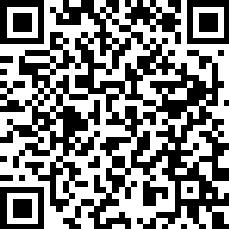
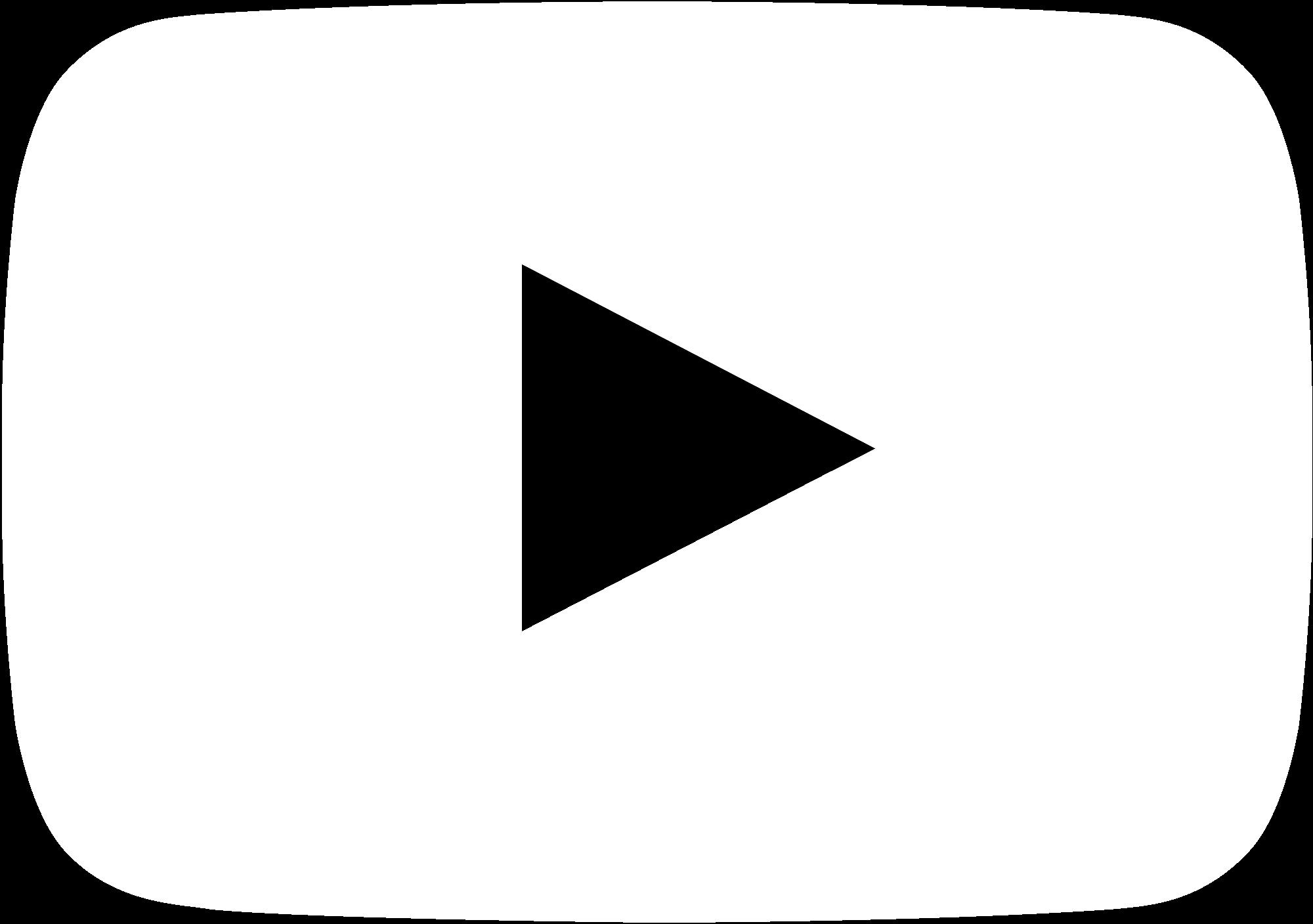



ROMAN
TATUM BY THE NUMERS THE STORY OF ROMAN TATUM
When the XFL season begins on February 18, 2023, those attending an Orlando Guardians game will see Roman Tatum take the field. More than a cornerback, Roman is a husband, a father, an entrepreneur and a philanthropist who owes himself a lot. Today, we’ll get to know the player and the person in numerical values.
ALLIÉ: I’d love to get to know you one Roman numeral at a time. Let’s begin with ‘V’. When it comes to football, your story began at five. Roman, take us back to the beginning of your journey. Please tell me about ‘Big Ma’ that got you started in football at the age of five?
ROMAN: Big Ma, she adopted me. When she adopted me, she had a man at the house who's my uncle. We call him Uncle C or you know, Cornelius. However we want to call him. So she put me in the game of football. My sister was a cheerleader at time. I wasn't yet playing football, but I would always go up to her practices. Right? When I would go up to her practice, I'm gonna go to where the guys are. I see guys over there playing football. I'll just kind of, you know, just hang out with them for a little bit. And eventually I just started running around with them, and the coach was like, "You're fast. Where are your parents at?" And I was like, "Well, my Big Ma, she's over there. I'll ask her if she'll let me

CLICK, TAP OR SCAN TO WATCH NOW AWARENOW / THE HI TECH EDITION


62
www.IamAwareNow.com ROMAN TATUM FATHER, ENTREPRENEUR, PHILANTHROPIST & XFL
The best part of being a father is just my kids looking at me… They love me to life.
PLAYER
AWARENOW / THE HI TECH EDITION
Photo Courtesy: Roman Tatum
ROMAN: (continued) And she was like, "Okay, well I'll sign you up." And then from there I just started playing. It's funny because me and her literally were just talking about this like last night, right? She was like, "Man, when you started playing football, you loved it so much." And she used to get me these little suits, like Tampa Bay Buccaneers, Florida State. So those are like my teams that I grew up on, right? Cause that's what my house, that's what we supported. So it was like these little costumes, fake uniforms or whatever. I had a helmet, shoulder pads, the jersey and the pants. And she told me I would literally sleep in that stuff every day. I never wanted to take it off. So I would wear that stuff day in and day out. So that's where like my love of the game came from. As soon as I got introduced to the game, I fell in love with it.
ALLIÉ: Let’s talk about ‘II’. You are the father of two kids. A two-part question here, Roman. What is the very hardest part about being a father? And what is the very best part?
ROMAN: I think the hardest part of being a father for me is, you know, connecting with my kids and just understanding how to be a father. I never met my father. I grew up without a father. I grew up without my mother. I came in and out of the foster system. My Big Ma, she adopted me around age five, me and my sister. So she gave me some stability. But yeah, man, when I found out I was gonna be a father, I was so... I was terrified, right? To be honest, even though I was married to my high school sweetheart, and it was like, you know, the perfect world. But on the inside, there was some fear inside of me. I sought out therapy, and I started going to therapy for my mental health because I didn't know how to do this before. And I was afraid because my father, he... he was a coward.
He didn't step up to the plate. So me, naturally, I didn't want to be that type. I didn't want to be that way. But I had, as I going through therapy, I realized I had attachment issues, right? Not attachment issues, but abandonment issues with people abandoning me. So I was hoping that, you know what, I don't want to do that to my kids. So that was the most challenging part... being able to connect with my kids through my pain and through my hurt. Because there was still some healing that I needed to seek. So I can be the best... a great father them. The best part of being a father is just my kids looking at me. They're happy. They're calling me father. They're embracing me. They love me to life. I got blessed with two boys.

It's so amazing. And just the relationship I'm starting to build them. Even my younger one, he's seven months old, but man, he loves me so much and I love him probably more than he love me, right? Whenever I get on the phone with him, he can be going to bed, my wife can be putting him to sleep. As soon as he hears my voice, he pops up, starts smiling and he wants to play with me, he wants to embrace me. And that makes me feel... that makes me feel great. It makes me feel welcome. It makes me feel seen and makes me feel appreciated. So having kids is like, it's just a different feeling, you know?
ALLIÉ: Absolutely, I know… Can we talk about ‘I’ now? There’s one very special woman, your wife and love of your life. You married your high school sweetheart. Roman, how did you know she was the one?
ROMAN: So I love this question, right? I was a sophomore. I was 16 at the time. It's funny because I was homeless at the time when I met her. I was 16 going to Westwood High School in the 10th grade, just kind of bouncing from home
63 www.IamAwareNow.com
“I grew up without a father. I grew up without my mother. I came in and out of the foster system.”
AWARENOW / THE HI TECH EDITION




64 On
field,
www.IamAwareNow.com ROMAN TATUM FATHER, ENTREPRENEUR, PHILANTHROPIST & XFL PLAYER
the football
I felt seen. I felt heard.
AWARENOW / THE HI TECH EDITION
Photo Courtesy: Orlando Guardians/XFL
“She loved me in a way that I have never been loved before.”

ROMAN: (continued) to home again. My wife, she was 14 and I just saw her walking on the campus. I watched her literally for three weeks before I said one word. I saw her, I was like, "I'm gonna marry that woman." I didn't even know what marriage was like, because I didn't grow up in a household with people married. Everything I knew about marriage was from the tv, right? So I saw, I like, you know, I wanna marry her. She was gorgeous when I first saw her, right? And then when I got to know her, she had a heart that I've never experienced before.
She loved me in a way that I have never been loved before. And then she had just lost her dad probably a year prior to us meeting. So it's like we both needed each other... from an emotional space, right? I gave her something that she was seeking. She gave me something that we were seeking, that I was seeking. And then we just kind of got to know each other. Being up late on the phone all night long. At the time I didn't have a cell phone. I'm just talking on the house phone. And then I started to stay with her, right? So, her mother was kind of traveling. She was traveling. So she was home a lot. She had to grow up really, really fast as a young woman. Because her mom was sick with cancer. She ended up getting sick.
So, she wasn't working anymore. She was in and out of hospital. So, my wife was handling a bunch of legal stuff. She was, you know, meeting with lawyers, just doing everything, signing herself outta school. And then I just started going to her house. And then one summer, that summer of probably my junior year, after I met her mom and all of that, I stayed with her the whole summer. Because I didn't really have anywhere to go. I was just hopping from friend to friend's house, sometimes sleeping at the playground. You know, I didn't... I just... Whenever I felt like I was wearing my welcome out at one of my friend's house, I would probably go just chill at the playground, go to school... And then whenever I can go to one of my other homie's house, I'll go there. Wear my welcome out there... Then just kind of do the same thing over and over again... But my wife, she just gave me something that like I never had before, you know? Just from a love perspective, I feel like God put her in my life for a reason. And you know what? I knew from that first time I saw I was gonna marry her, and I was determined to marry her. And I did.
ALLIÉ: Look at you, a man of your word. “I'm gonna marry her.” And and certainly you did. Okay, so let's put, let's put numbers aside. Let's get real with estates. With a bachelor's degree in business admin, you could have gone into so many different fields. What was it about real estate that drew you in?
ROMAN: Well, for me, I was always a hustler, right? I was always a go-getter. I was always a grinder. And I always liked to work for myself. So, my Big Ma. Cool thing about her is she was the neighborhood candy lady, right? So I learned how to hustle firsthand -- how to get product, sell it for more than what you purchased it for. And you make a profit. So, I ran the candy shop. I started doing it in school, right? I would get stuff from the store, bring to school, candy bars, everything. And I'll sell them to, you know, my peers. And then I always knew I wanted to be an entrepreneur. When I went to college, I knew that I wanted to go into business for myself. I met this guy named Peter Fleck, who's like a mentor to me. Became like a father figure to me. I worked for him back in 2016 in a construction company. He said, "Man, something is different about you. Right?" He didn't know what it was at the time. He just knew I was very determined. I always asked a bunch of questions. He introduced me to real estate. He introduced me to commercial real estate first. Him and his wife was in the business. They're now my brokers out in central Florida. They introduced me into the business. And he would put me in these rooms, right? I can only get in these rooms by affiliation with him. I'm in rooms with like millionaires, people with a ton of money. Those rooms... They're just different. Coming from where I come from, I come from the projects. You don't get exposed to spaces like that, right? You have to know the right person.
65 www.IamAwareNow.com
AWARENOW / THE HI TECH EDITION
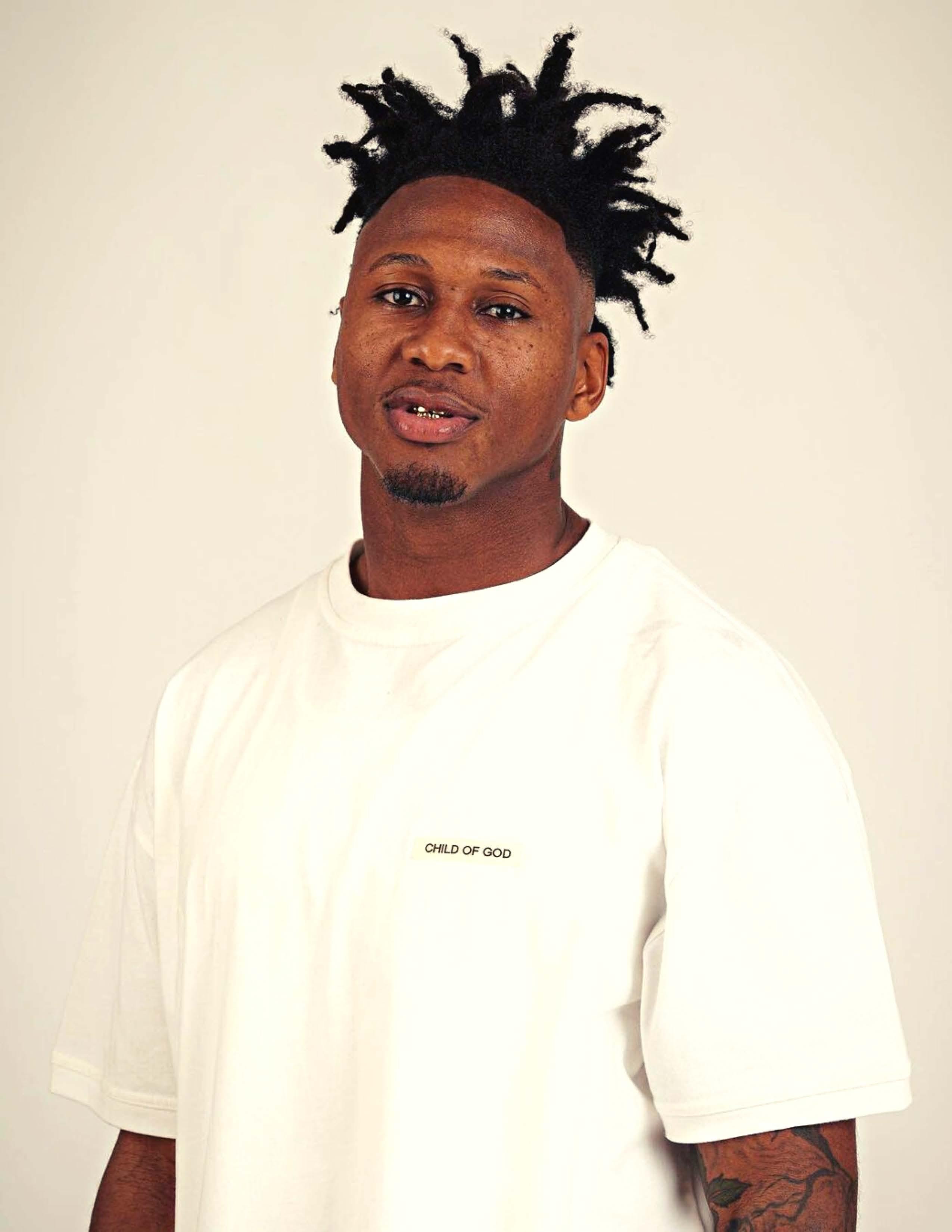


66
www.IamAwareNow.com
I’m just like you… I once walked your walk.
TATUM
ENTREPRENEUR, PHILANTHROPIST
AWARENOW / THE HI TECH EDITION
Photo Courtesy: Roman Tatum
ROMAN
FATHER,
& XFL PLAYER
ROMAN: (continued) He exposed me to these spaces, and it just expanded my mind. I'm like, wow, there's so much out here than just the hood that I grew up in, right? So I come home from school, me and him just talking or whatever. He was like, "Man, I think you should get into real estate. I think you should." And he was like, "This is the best time for you to get into real estate." And I was like, "Okay." So, I started studying it. I just started studying it, you know? And then I finally went and took the class. I'm like, "Wow, it's a no-brainer, man. I know I would excel in this." So I took the class, went and took my test, passed it, and then I got in it. In the first two months, I had a deal up under my belt with not even a lot of work, right?
Because I'm used to working extremely hard for football and different things like that. Real estate is very easy. It's about just learning the terminology, networking, being a people person, connecting the dots, and then it just happens for you. But real estate is just the beginning. I'm a creative at heart, right? So my long-term game is I want to be an architect. I want to be an architect/real estate developer. So, that's what I want to get into like five years from now. I'm sure I'll be in that space. Right now I'm doing little stuff on YouTube, just learning the ins and outs of it. I don't wanna go to school to do it. But if I have to go to school to become an architect, I will. But I've been seeing that some people, they become an architect without going back to school. They just learn from experience and then somebody gives them opportunity because they know that they know their stuff.
Real estate for me is a vehicle that I feel like I can build generational wealth. I can learn about financial freedom, and I can help others understand investing... the power of investing in real estate. I'm in a field where there's a professional athlete. And in the NFL, there's young guys with a lot of money. They don't really know what to do with it. You got your Roth IRAs, you got all that type of stuff, which is like traditional, right? But real estate is a game that we don't know about. You take 7 to 10 guys from my team, we create a hedge fund. And we go buy a 100-unit apartment complex. Now at that point, everybody's eating off that plate, right? But these guys don't know anything about this. So when I got exposed to it and I got exposed to the information, I'm like, "You know what? There's a lot of brothers like myself that need to know this information. So, my wife and I are doing this. For one, I want to create that financial freedom and that generational wealth for my family. And I also want to learn and be able to teach the game to my peers.

ALLIÉ: A win not only for yourself, but a win for your peers. That's, that is awesome. Thank you, Roman. So here we go… Let's start listing them off. You are a football player. You're a father, you're a husband, an entrepreneur. You're also a philanthropist. Please tell me about the nonprofit that you're building. Tell me all about ‘Just Like You’.
ROMAN: The nonprofit I'm building, 'Just Like You', I started that because I'm an inspirational speaker as well. I believe I have the gift to speak and impart knowledge, wisdom, con fidence, and inspiration into people. So that's what I would like to do,. I love to give back. So, I went to speak to some kids at a community center that I grew up in, this place called Midnight Basketball, where they would take teams from 18 and under. Put them in a basketball gym on a Friday night from 8 to 12 and allow them just to play basketball all night. Well, it's another night to get them off the street. I come from a very violent neighborhood. I got a lot of homies that are dead. I got a lot of homies that are in Having midnight basketball, and that's another night for us to be running the street. So I went back, spoke to these kids. And when I went and spoke to them, I sat on the bleachers with them. And one of my homies was like, "Hey, man, why you sitting over there with them? You don't gotta sit over there with them." And he started laughing at me. And at this point I knew I wanted to do a nonprofit, but I didn't know what I would call it. So I'm sitting there, then I get up, and then I started speaking and the first thing I told them, before I even introduced myself and told him my name, I said, "Man, one of my good childhood friends asked me why I was sitting down with you guys. And the reason why I sat down with you guys is because I want to let you guys know that before I even speak, before I give you all my spiel, that I'm just like you. I once sat in your shoes. I once walked your walk. So that sparked the whole thing. I wanted to tell my therapist about it. We're kind of in their brainstorming. He was like, "Dog, 'Just Like You'. There it is right there. You gotta do something with it." So there's this place in my neighborhood called the Dream Center, which is another center that helps homeless people. They help single moms, they help teens, they help youth... They help everybody in the neighborhood. And I've been partnering with them, I do a lot of volunteer work over there. So they're one of my big main partners when it comes to my nonprofit organization.
67 www.IamAwareNow.com
AWARENOW / THE HI TECH EDITION
ROMAN: (continued) I got a bunch of people at the Dream Center, that are on my board helping me get speaking engagements. They're helping me connect with the community. They're helping me put a lot of stuff together that I don't have to really focus on. I just have to show up and do the work. They're just connecting all the dots with me while I'm here playing football. I'm sure a bunch of the kids that come to the Orlando Guardians game... I will do my best to get those guys tickets. Because I want them to be able to, for one, see me off the field, but I want them to be able to see me on the field pursuing my dreams, living my dream, and let them know that guys, I'm just like you. I'm no different than you. Especially kids that are coming from a foster home. Kids coming from the projects, kids coming from a place where they're homeless... in a place where they feel like nobody believes in them. Nobody loves them. They might feel like, "You know what? I'm worthless." They might feel like they can't achieve their goals or achieve their dream. Because there's people out here that think that way. Because I once started that way. Right? But now, to be where I am now playing in the XFL. True, it's a dream come true because I had to take the long road. I had to take the stairs. I'm still taking the stairs to get to my dream of playing the National Football League. It hasn't been easy, but my journey has been so worth it. Everything that I learned along the way, I have that inside of me. Nobody can take that from me. So now when I go back and I impart that to the youth, they're gonna be able to feel me. It's different when somebody goes through something. They're coming back and like, "Hey, man..." Because in my neighborhood, there's a lot of kids that want to make it. They want to play pro football. But I don't want to just give back to kids that want to play pro football. I want to give back to kids that... they may want to be a realtor, they may want to be a doctor. I just want to inspire the youth to let them know that you can be anything that you desire to be in life. When you put your mind to it, you believe in yourself and you do the work.
When I was younger, I didn't know what a realtor was. All I knew was football. Either you were going to be a football player, basketball player, music, rap, like an entertainer, or you were going to be in the streets. Those were the three options that I felt like were presented to us. In my neighborhood, I did all three. I excelled more at football. I got an opportunity to go play D1. And I just want to be that light for kids to see that... "I'm in a dark tunnel. I'm in a dark place. I'm in a place where I don't know what's going on. My parents are getting a divorce. I don't know what to do. But I see this guy on Instagram, I see this guy on YouTube, I see this guy on tv. He's a light for me, right? I'm gonna follow that light. I'm gonna reach out to this guy, and I'm just gonna follow him. I feel like if he did it, I can do it." So that's where my nonprofit stems from.
ALLIÉ: We’ve talked about a lot of things that you love. When it comes to your love of the game, what does football mean to you? And what does this opportunity with the XFL mean?

ROMAN: Football means a lot to me because it's given me opportunity to express myself. When I was younger, football was an outlet for me in my neighborhood. I got bullied as a kid... I got ran from the park. But anytime we're at the park, we played football. We always played football. So for me, football gave me an opportunity, like I said before, to express myself. I was very angry as a kid growing up. But I wasn't angry just to be angry. I was angry because I was misunderstood. I was angry because I was hurt. I was angry because I felt like nobody saw me. On the football field, I felt seen. I felt heard. On the football field, I found purpose at a very young age. So you can only imagine the connection that I have with the game.
It taught me so many life skills. It taught me how to be a man. It taught me about hard work. It taught me about discipline. It taught me about going after something and believing yourself. It taught me about betting on myself. It taught me how to compete, respectfully... Now, this opportunity for me is giving me a chance to live out my dream, to continue to learn from guys around me, my peers. So many great guys that are on the Orlando Guardians. My
68 www.IamAwareNow.com
“Everything that I learned along the way, I have that inside of me. Nobody can take that from me.”
AWARENOW / THE HI TECH EDITION


AWARENOW / THE HI TECH EDITION
Photo Courtesy: Orlando Guardians/XFL
AwareNow Podcast



ROMAN NUMERALS

Exclusive Interview with Roman Tatum https://awarenow.us/podcast/roman-numerals

ALLIÉ: And you see how the universe is just interjecting and saying this little game was supposed to happen right now. So, I'm going to say a word. You say the first word that comes to your mind. You ready?
ROMAN: Yeah, I’m ready.
ALLIÉ: Life
ROMAN: Hope
ALLIÉ: Father
ROMAN: Faith
ALLIÉ: Green
ROMAN: Light
ALLIÉ: Mother
ROMAN: Dad
ALLIÉ: Tomorrow
ROMAN: Today
ALLIÉ: Kids
ROMAN: Love
ALLIÉ: This
ROMAN: That
ALLIÉ: Football
ROMAN: Moments
ALLIÉ: Love
ROMAN: Competition
ALLIÉ: Awesome… Thank you so much for not only sharing your story so beautifully and so honestly, but also for sharing these words and this time for sharing this moment. Thank you so much for helping all of us become a bit more aware now. ∎
Follow Roman on Instagram (@iamromantatum) and watch him rock it in the XFL (www.xfl.com).
70 www.IamAwareNow.com
TAP/SCAN TO LISTEN
AWARENOW / THE HI TECH EDITION
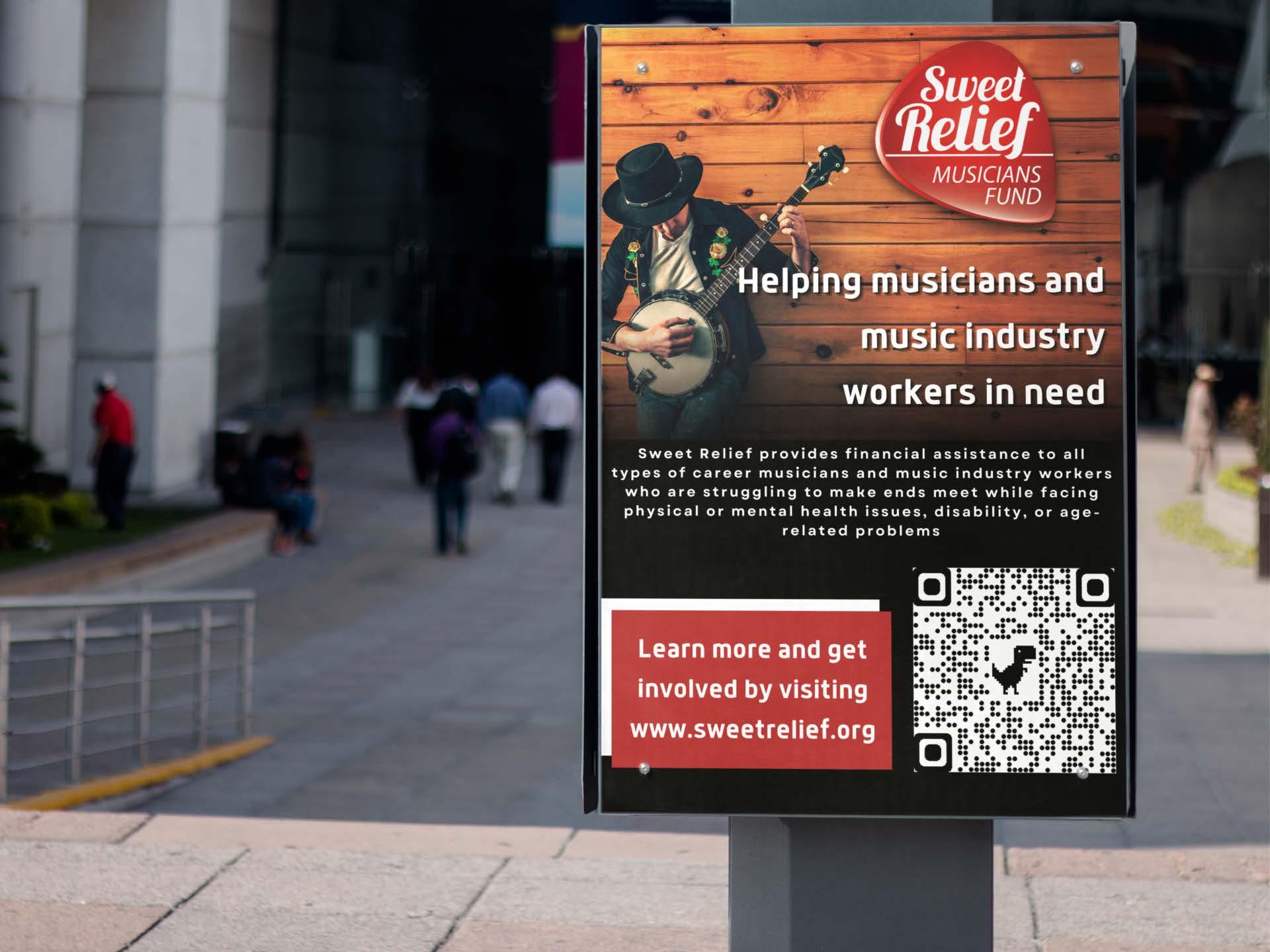
When you find yourself in a place of isolation and inspiration calls, will you answer with innovation?




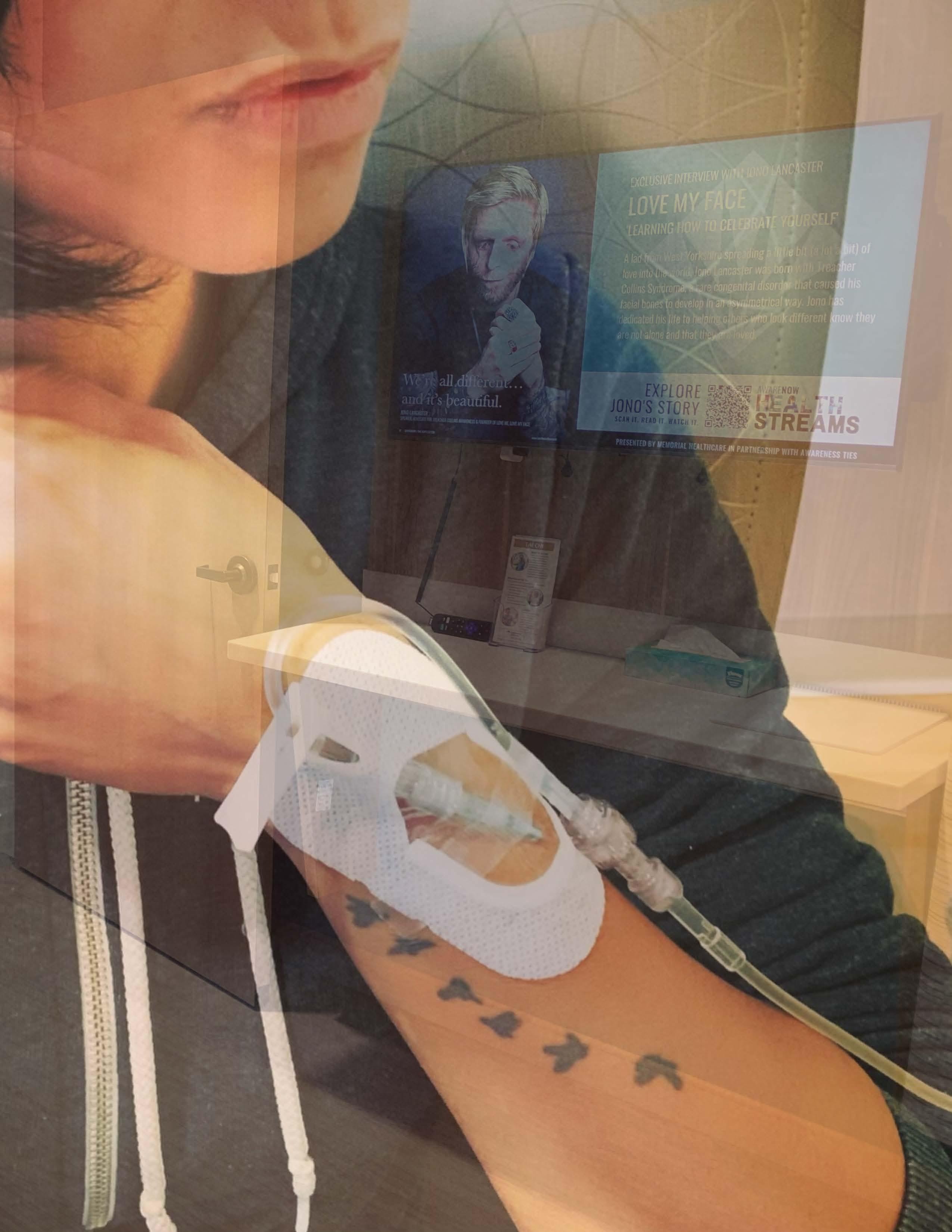
 ALLIÉ MCGUIRE CO-FOUNDER OF AWARENESS TIES & EDITOR-IN-CHIEF OF AWARENOW
ALLIÉ MCGUIRE CO-FOUNDER OF AWARENESS TIES & EDITOR-IN-CHIEF OF AWARENOW
72
www.IamAwareNow.com
AWARENOW / THE HI TECH EDITION
PERSONAL STORY BY ALLIÉ MCGUIRE
ISOLATION TO INNOVATION
USING TECHNOLOGY TO TETHER HUMAN CONNECTION

It was at Memorial Hospital in Owosso, Michigan that my youngest son was born, my appendix was removed and my diagnosis of Multiple Sclerosis was given, not all on the same day of course, but in the same small town. Today, I’ll share about innovation as it pertains to my most recent time spent in the hospital with regard to Multiple Sclerosis.
There’s nothing quite as isolating as receiving a new diagnosis, especially when it’s for an invisible disability like MS. From the outside, I look fine. From the inside, when I look out, I’m not fine. With loss of vision in my right eye, I can’t see what I used to. With numbness in my fingers, it takes me longer to find the right keys on my keyboard. Even now, as I type this, the ridges on the ‘f’ and ‘j’ keys designed to assist correct positioning when typing are of little use. I can’t feel like I used to. I can’t pull all nighters like I used to either. The fatigue is real… but chronic fatigue is a part of Multiple Sclerosis we can discuss another time. I have no spoons (i.e. energy) for that right now.
Back to ‘isolation’, when given my diagnosis, I wasn’t entirely alone. My husband, Jack, was by my side, as he always is, picking me up everytime I fall. Then there is my sister, Liza, who has been living with (not dying with) MS for over 20 years. She was the first person I called. The comfort she gave me came and went. Then I found a community of other MS Warriors on Instagram. Every connection brought comfort that again came and again went. I started to wonder if I would ever find comfort that would stay. Every time I felt alone, I didn’t want to have to bother my sister with another call or my online connections with another chat.

I set down this problem then picked up a solution when I focused not on myself but on others. I went back to my work with AwareNow Magazine – hearing, producing and publishing stories. The more stories I heard, the better I felt. The stories became a salve. Each was a reminder that I wasn’t alone. And while each story was different and tied to a different cause, it was ‘the human cause’ that tied all the stories and all of us together.
Back to my MS, when I went to see my neurologist for the first time, I sat alone with my thoughts before Dr. Pace came in. One thought took me to another, leading me nowhere good. I picked up my phone and pulled up the most recent digital issue of our magazine. The stories saved me from my meandering mind. I felt connected. I was able to escape my own subconsciously imposed isolation. This led to an innovation. What if each patient in every waiting room didn’t have to wait for a human connection? What if the stories that supported me could support others too?
When Dr. Pace arrived, we exchanged smiles and conversation. We talked about my MS too, along with the science of the mind as well. I am lucky to have a provider who provides me with both comfort and con fidence, in addition to fascinating conversation. That’s the word, ‘fascinating’. Now that I think about it, Dr. Pace is the one who converted my fear into fascination when it came to my diagnosis. Instead of being afraid, I became curious. For others curious about MS, specifically, I am proud to share that Dr. Pace has published some amazing articles in AwareNow. Others like Jonathan Kohanski (a fellow MS Warrior, writer & phenomenal open water photographer) and my sister with MS as well have contributed stories.
73
www.IamAwareNow.com
AWARENOW / THE HI TECH EDITION
AwareNow Podcast ISOLATION TO INNOVATION

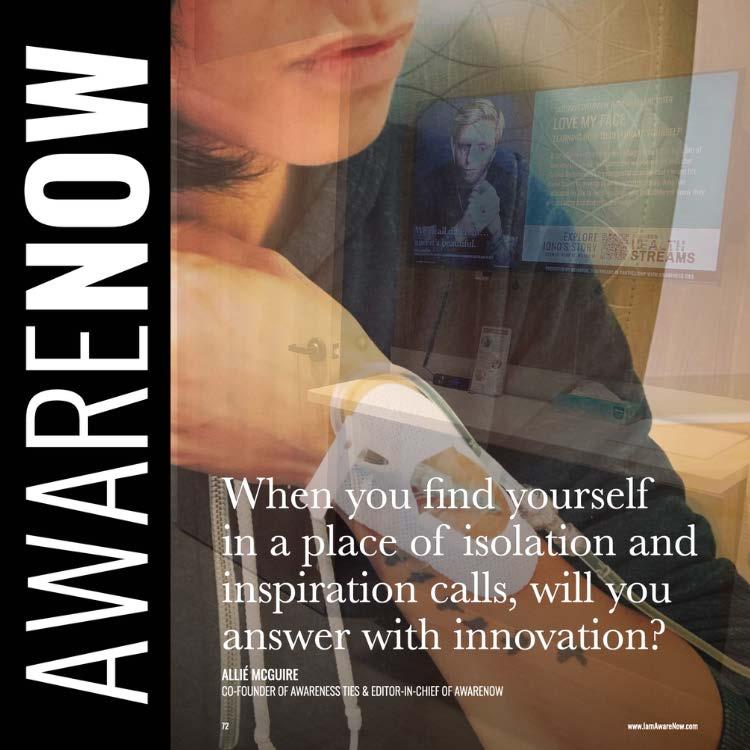 Written and Narrated by Allié McGuire https://awarenow.us/podcast/isolation-to-innovation
Written and Narrated by Allié McGuire https://awarenow.us/podcast/isolation-to-innovation
Back to the innovation I mentioned, it comes in the form of AwareNow Streams. Specifically, I’m referring to AwareNow Health Streams. Using our technology to support humanity, we are streaming AwareNow stories via digital subscriptions delivered to screens in public waiting rooms and private patient rooms. We’re closing the gap between patients and providers with waiting time filled with access to stories providing comfort and connection.
This month, we’re honored to unveil AwareNow Health Streams in the Memorial Healthcare Institute of Neuroscience, which is located across the parking lot from where I was first diagnosed at Memorial Hospital that happens to be only one block away from where Jack and I live. If I didn’t believe in fate (which I do), this coincidence (which is not a coincidence) would have convinced me. We’re all here to answer a call. The question is this. When you find yourself in a place of isolation and inspiration calls, will you answer with innovation? My answer was ‘yes’, and the result was AwareNow Health Streams, providing real stories from real people about the causes that tie us all together. ∎
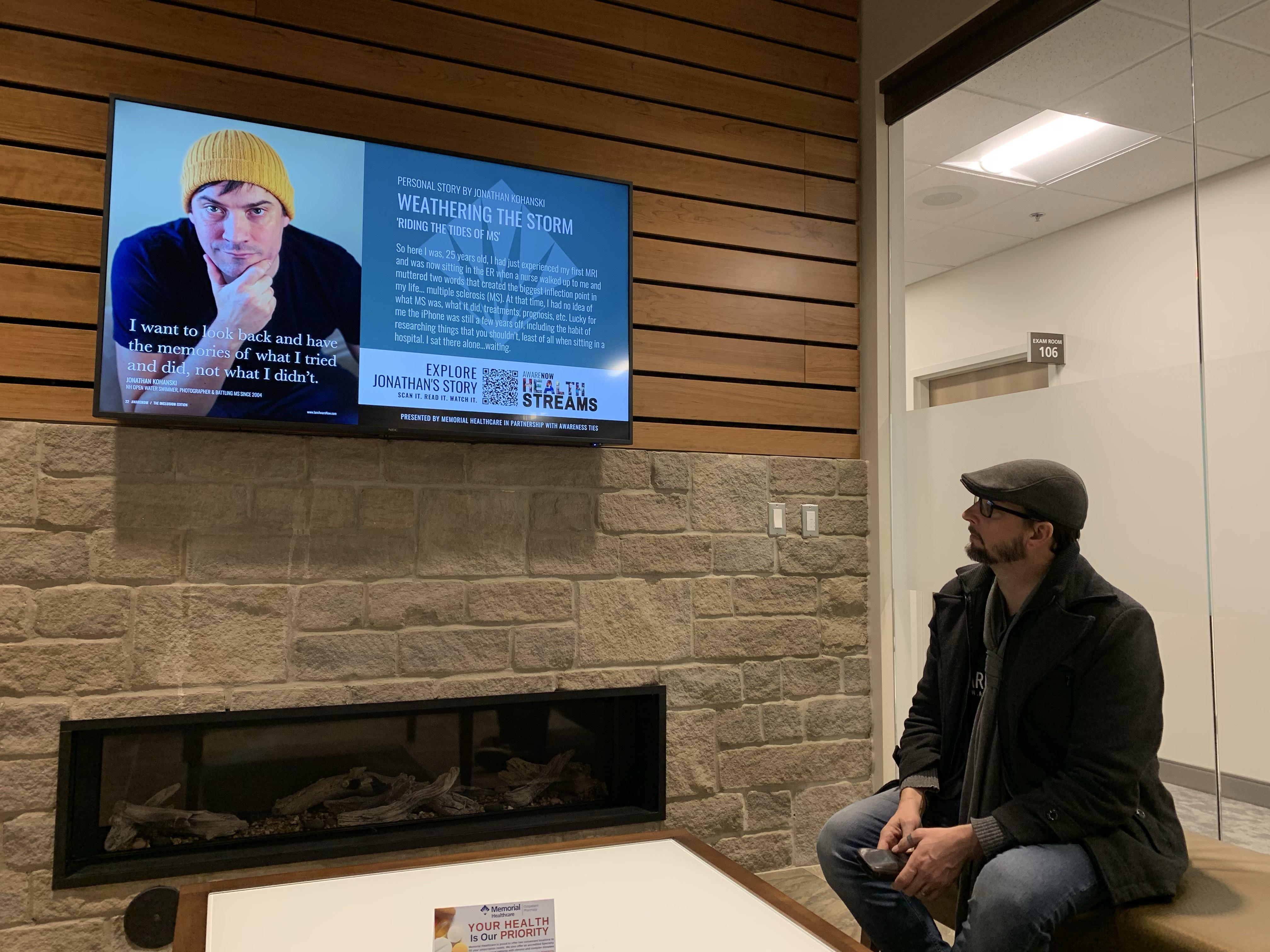

Learn more about AwareNow Health Streams: www.awarenowhealthstreams.com

74 www.IamAwareNow.com
TO LISTEN
TAP/SCAN
AWARENOW / THE HI TECH EDITION
 JESS HYNES MUSICIAN, MENTAL HEALTH ADVOCATE &
JESS HYNES MUSICIAN, MENTAL HEALTH ADVOCATE &

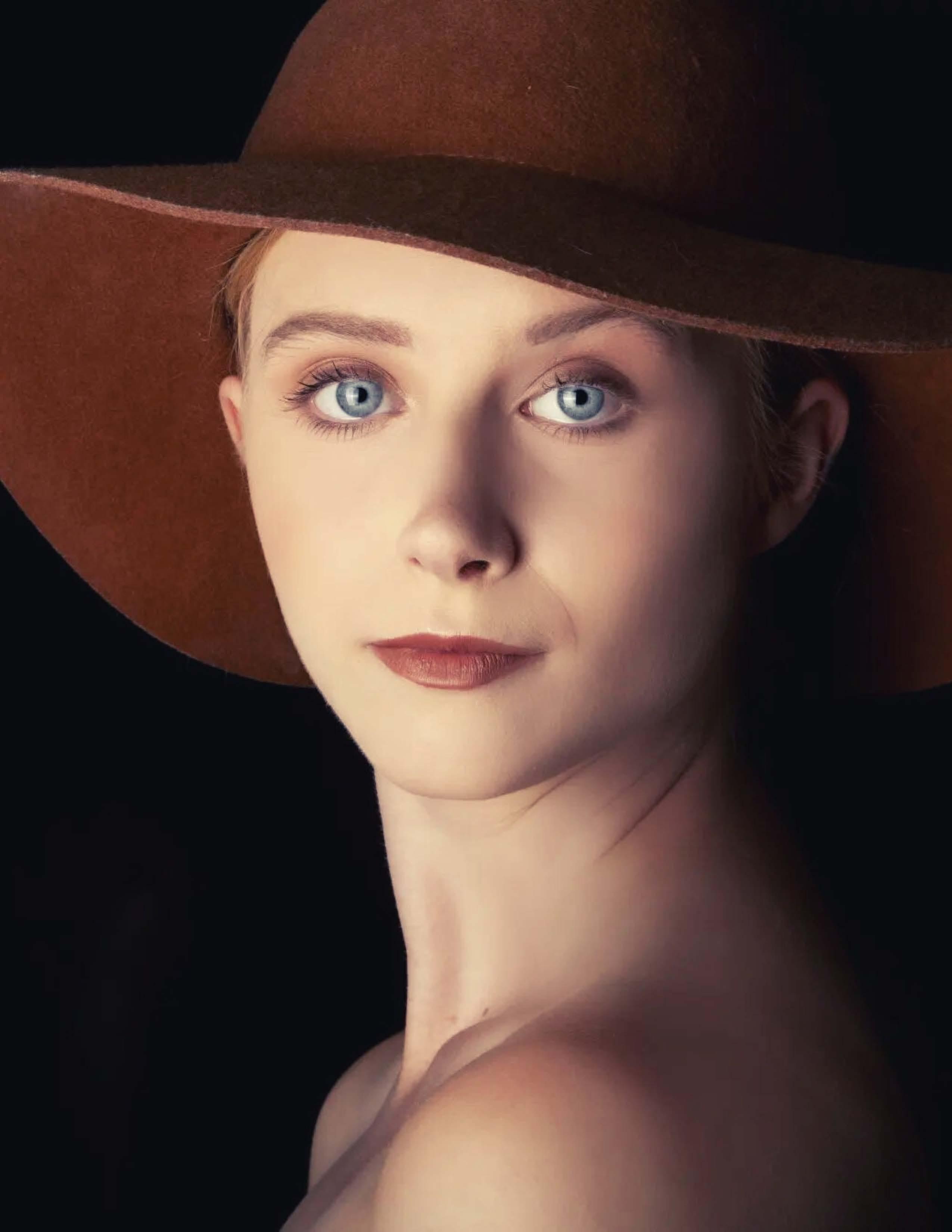
76
www.IamAwareNow.com
I needed to let go of this framework of perfection.
ANOREXIA WARRIOR
AWARENOW / THE HI TECH EDITION
Photo Credit: @eleanorrr94
EXCLUSIVE INTERVIEW WITH JESS HYNES


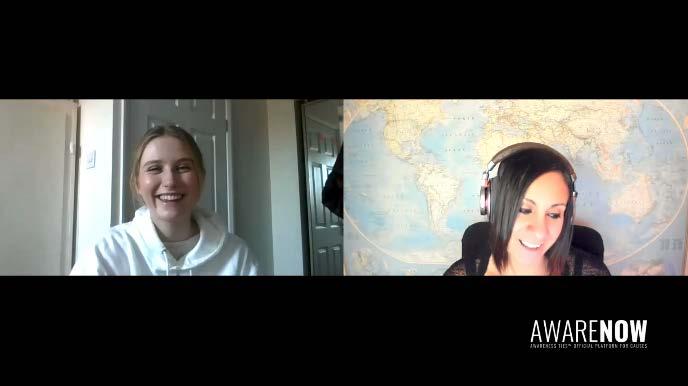
LETTING GO THE ANOREXIA ADVERSARY

Mental Health Advocate and Anorexia Warrior, Jess Hynes, was Miss Cheshire in 2022 and 2023. This title is one earned over the course of a war waged against her eating disorder, Anorexia Nervosa, that she continues to fight. Constantly evolving, she’s recognizing and problem solving, serving as a light for others to find their way in the dark.

ALLIÉ: Eating disorders affect at least 9% of the world’s population, but seldom do we hear the stories of almost 1 out of 10 of us. Jess, please share your story as one of the 9% who struggled with anorexia. How did it begin? And where are you now?
JESS: It's a topic which I'm really passionate about because of course I've been struggling for around two years now. I mean, coming up to three years. I started struggling with it in 2020, which is part of the whole covid pandemic and the start of lockdown. And I just felt really in my own little bubble. I didn't really see it coming. It's something that creeps up on you and you don't see the symptoms until it's too late, which is what most people struggle with and what's so unfortunate about what a scary disease and illness that it is. So yeah, I got ill about 2020 and it's kind of an outer body experience. It feels like somebody is punishing you for something. And it's just this striving for perfection

CLICK, TAP OR SCAN TO WATCH NOW AWARENOW / THE HI TECH EDITION
JESS HYNES MUSICIAN, MENTAL HEALTH ADVOCATE & ANOREXIA WARRIOR


78
www.IamAwareNow.com
You never think you’re going to be ‘that’ girl.
Photo Credit: @flawlessphotographystudios
AWARENOW / THE HI TECH EDITION
“It feels like somebody is punishing you for something.”
JESS: (continued) I was exercising too much. And it's a real struggle with your mind and yourself. And there's a big misconception that eating disorders are about being sel fish and not caring about anybody else and only caring about yourself when really it's just this power struggle with not even yourself. It's something completely not within you and you can't control your actions. You can't control what you're doing which is why there's a big misconception about it. It's seen as something that you've just chosen and eating disorders are not a choice. And I learnt that and I didn't know much about it before I suffered with it because again, you don't see it coming. You never think you're gonna be ‘that’ girl. And yeah, it was a real struggling time. I had to leave uni for a little bit and stop my studies. I didn't have any energy to do anything other than just think about food all the time, constantly.
And yeah, I just wanted to control my body and keep it as small as possible for reasons I still don't know why. Which again, is a big problem. We never know the cause and we never know where it started and where it will end. But moving on now and thinking about recovery over the last year, I've been really grateful to have therapy and work on myself. And I think to describe how I am at the moment, I would say that it's about growth and accepting who you are as a person. It doesn't matter what your size is, it doesn't matter what you're doing every day. It just matters that you are happy and you should never want to change yourself for anybody else. You just need to do what makes you happy. That's the main thing for me at the moment -- growth and acceptance really.
ALLIÉ: Well that smile of yours says a lot about where you're at right now and your journey. You battled Anorexia and fought your way through and were named Miss Cheshire. What did earning this title mean to you?
JESS: Absolutely the world. I, again, did not know that I'd ever do something like this. It came up very spontaneously. And it was, it was my way of showing that I was on my journey to recovery. It was something that I was ready to do and confident to do, and pageants was like this world that I'd never stepped into. And it felt so surreal when they gave you that title because I thought, "No, I am okay the way I am." And you know, other people are accepting me. And finally I can be out there and be confident and not have all these thoughts and horrible feelings and I can just enjoy myself and also see the path of so many other girls. And yeah, just enjoy life, live in the moment a little bit. So it was a huge honor and I'm really proud of myself really for getting here and doing it.
ALLIÉ: For those who have never fought the fight you have, are there times where it’s still tough?

JESS: Yeah, definitely. I would say I'm still struggling now and, you know, recovery is, it will happen, but it is going to stay with you, I believe. Recovery is possible, but there's always going to be those niggling moments and those times when you do feel just within yourself and you don't feel yourself worth. And sometimes I find that if I'm anxious or I'm worried about things, it'll creep up on me. All these little habits that I used to do. So exercise has always been a real struggle for me, and if I see it just creeping up too much or getting excessive, I have to find ways to draw it back in again. And the difference between now and two years ago is I've found ways and solutions to help myself when I'm struggling again, really.
It's all about talking and getting the message out there and you know, I've always found that having people around me is really important. You can really feel isolated and when those moments come up, now I know exactly who to talk to and where I can get the help, which is really the main thing. And what I want everybody else to know that there is support out there really.
79 www.IamAwareNow.com
AWARENOW / THE HI TECH EDITION
JESS HYNES MUSICIAN, MENTAL HEALTH ADVOCATE & ANOREXIA WARRIOR



80
www.IamAwareNow.com
You should never want to change yourself for anybody else.
AWARENOW / THE HI TECH EDITION
LETTING GO
Exclusive Interview with Jess Hynes
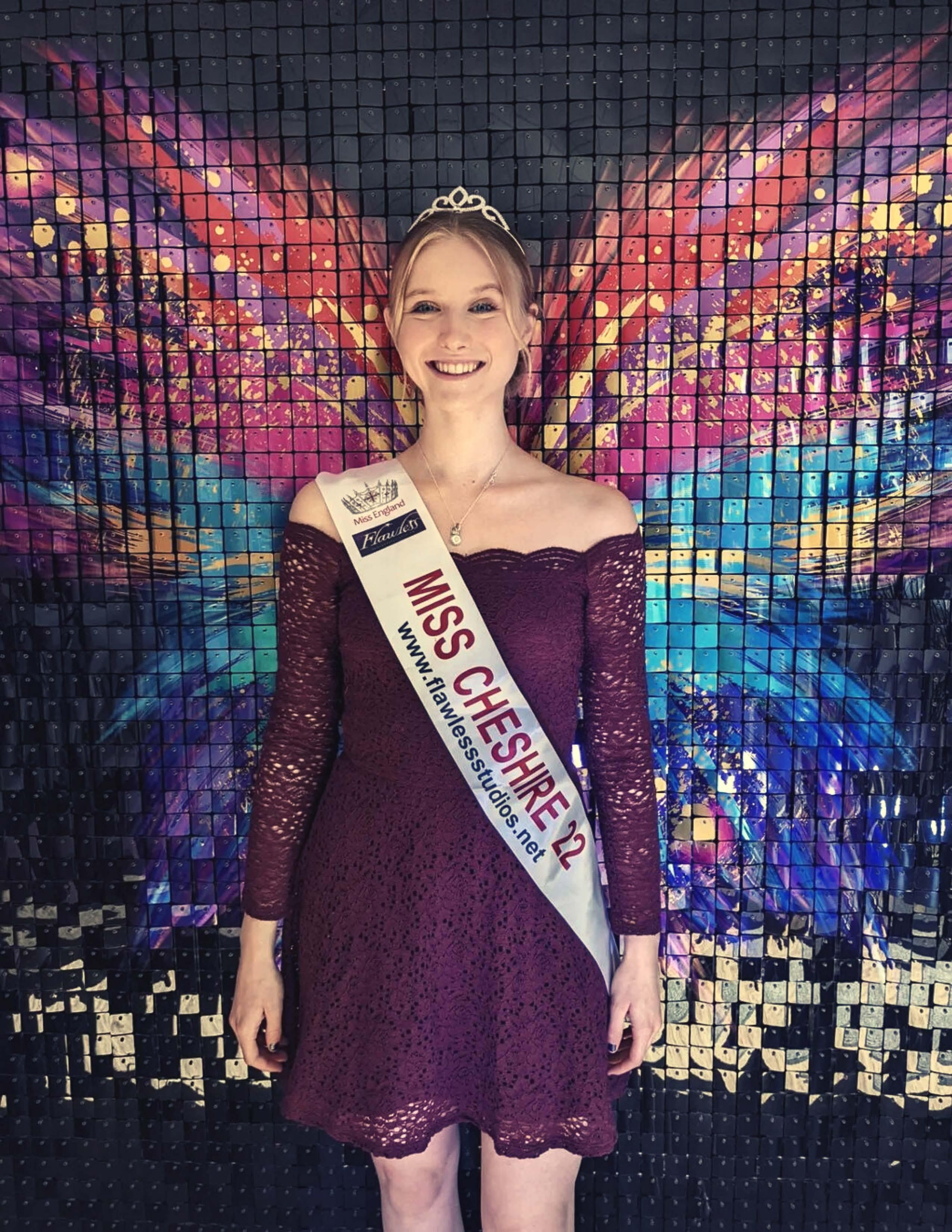
https://awarenow.us/podcast/letting-go




ALLIÉ: So many times we try to move on in our lives, wanting to hang onto what we were, while knowing we need to let go. For you, Jess, what did you need to let go of in order to move on?
JESS: I needed to let go of this framework of perfection… this idea of an ideal life, an ideal body, an ideal everything. And this idea that everybody is always judging you and everybody else knows what's best for you and whatever they're doing I need to do. I was trapped in the thought that if I'm not doing as well as everyone else, I'm not doing well. I had to let go of these ideals and accept where my path was and accept that everybody's end goal is different.
Again, that's okay because life would be pretty boring if we all had the same goals and the same jobs and looked the same. And it was this pressure that I had to let go of and just let myself be more relaxed and allow the boundaries to be broken when I needed them to be. And it was really hard and it still is super hard to break these habits, but it is letting go of everything that holds you back and just moving on and pushing through really.
ALLIÉ: Well, that's such a good point. It’s pushing through. You can't go around it, you can't go over it. There's only one way, and we're going through it. Right?
JESS: Absolutely. ∎
81 www.IamAwareNow.com AwareNow Podcast
TAP/SCAN TO LISTEN Follow Jess on Instagram: @jesshynes01
AWARENOW / THE HI TECH EDITION



82
www.IamAwareNow.com
Maybe Einstein was right. It is all relative, and that’s the point.
AWARENOW / THE HI TECH EDITION
TODD BROWN FOUNDER OF THE INSPIRE PROJECT & CO-FOUNDER OF OPERATION OUTBREAK
’ EXCLUSIVE COLUMN BY TODD BROWN
HELP ME EINSTEIN HELP, HELP ME, EINSTEIN

For that matter, 2021, 2020, or any other year when the new one comes knocking at our door.
This year strikes me as good of a time as any to steal and paraphrase a famous exchange in Ernest Hemingway’s “The Sun Also Rises.” Bill asks Mike about being bankrupt, but if we replace the word ‘bankrupt’ with ‘old’, it probably sums up the experience for many of us. “How did you get old?” Bill asked. “Two ways,” Mike said. “Gradually, then suddenly.”
I am not trying to be depressing, but time, and by extension, age is fleeting. I woke up one morning recently and realized that the average male life expectancy in the United States is 77 ( 1). I am almost 51 and have been married for 25 years, which means, on average, I only have about the same number of years left to live as I have been married. Well, now that’s horrifying. Aging is inevitable and we cannot stop it from moving forward. So, how do we take forces like time and age and wrangle them to do our bidding?
In Einstein’s Special Theory of Relativity, he determined that time is relative. Essentially the rate at which time passes depends on your frame of reference (2). While we can’t change time, we can change the frame of reference in which we perceive time. It is not too difficult when you think about it. Remember as a kid how certain classes or activities took F-O-R-E-V-E-R to finish? I remember geometry class taking as long or longer than the entire year of 2022 took to pass as an adult. Why? According to Dr. Cindy Lustig, a professor of psychology at the University of Michigan, as adults, we tend to look at time backward (where did 2022 go?). In contrast, when we are younger, we experience time in the moment (holy cow, when is this freaking class going to end?). Dr. Lustig adds that the perception of time is also influenced by memory and how much you have experienced. As an example, for an 8-year-old, a week is a signi ficant portion of their life. For an 80-year-old, a week is a much smaller portion, contributing to the feeling that it went by quickly. Ultimately, our perception of time has to do with size, so after all, size does matter (sorry, I couldn’t resist).

When you are young, every day may be considered an exciting adventure full of events like recess (screaming and running), lunch (WTF, Mom?! Broccoli again?), dodgeball (more screaming and running!!), and of course, getting picked up from school (woohoo!). There are new and exciting things in a day that make the days, weeks, and months feel different, thus setting them apart in our minds.
Ultimately, as we age, we judge our days somewhat the same and as being less eventful. Think about it. As adults, our days look moderately similar, with a few exceptions here and there. We get up, make breakfast, take the kids to school, go to work, sit in boring meetings that should have been emails, rush home, pick up the kids, shower, have dinner, homework, and bedtime. We slowly succumb to what is referred to as normalcy bias. This type of bias is the human inclination to disregard that things could change dramatically in a short time. We assume that tomorrow will always look something like today (3), and for most of us, it does. Because of this, when we look back, our time representation is less rich, making it appear that time went by quickly.
So how do we stop time from speeding up as we get older? Well, we must find a way to stop lumping time together when the days or weeks are so similar. According to Dr. Adrian Bejan, a professor of mechanical engineering at Duke University, we need to find things that are new and exciting in a day that make time feel different and thus set them apart in our minds (4). That is great in theory, but how many of us have time to take up stunt driving, skydiving, or bear wrestling? Seriously, though, we are strapped for, you know, time. Can we do anything else, or are we destined to live too quickly?
83
I think it is still early enough in 2023 to consider it a new year. How many of us woke up at some point in the last few weeks and could not believe that it is 2023? Where did 2022 go?
www.IamAwareNow.com ‘
THE INSPIRE PROJECT
AWARENOW / THE HI TECH EDITION
Why live in the moment only when the finish line draws near? Why not now?




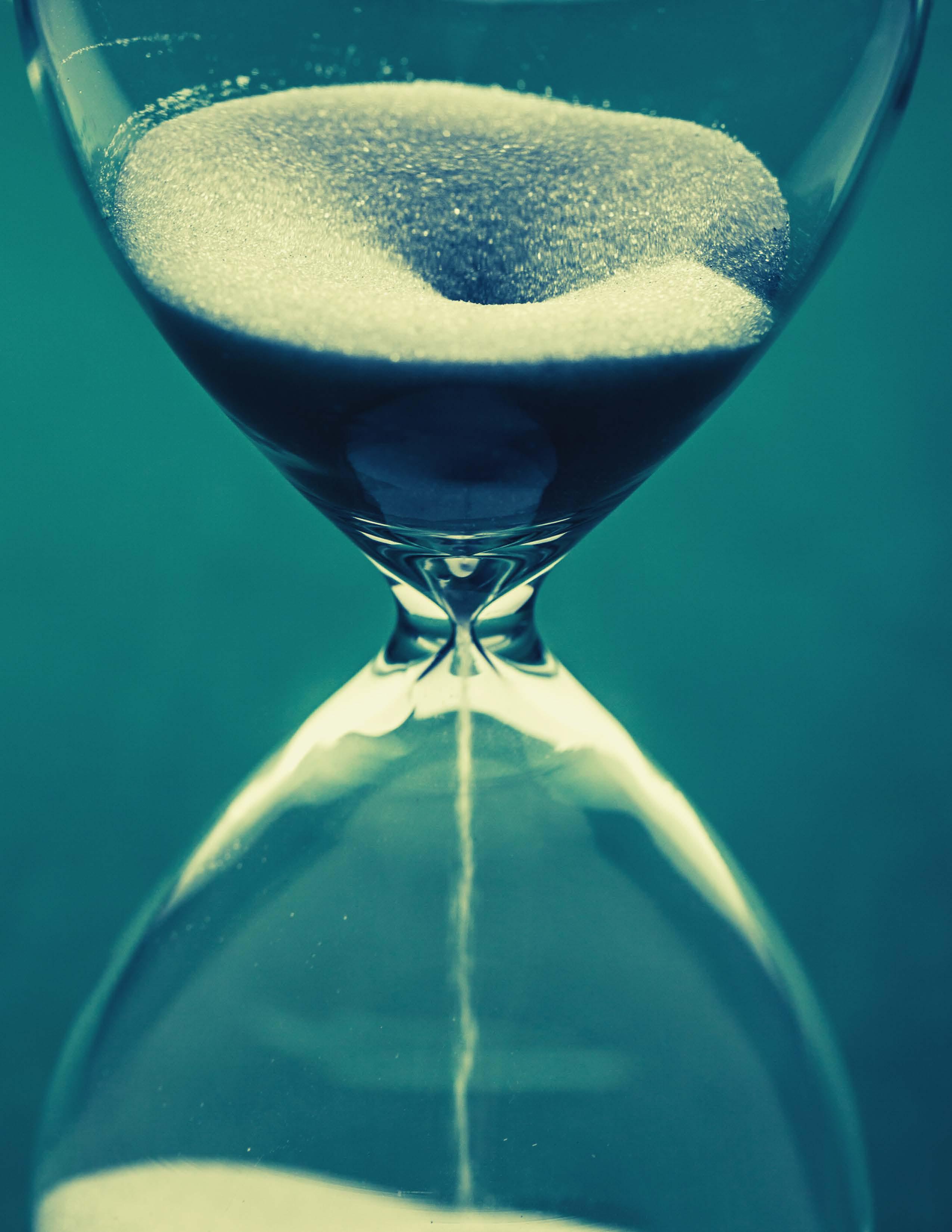
84
www.IamAwareNow.com
AWARENOW / THE HI TECH EDITION
TODD BROWN FOUNDER OF THE INSPIRE PROJECT & CO-FOUNDER OF OPERATION OUTBREAK
Podcast HELP ME EINSTEIN
 Written and Narrated by Todd Brown https://awarenow.us/podcast/help-me-einstein
Written and Narrated by Todd Brown https://awarenow.us/podcast/help-me-einstein

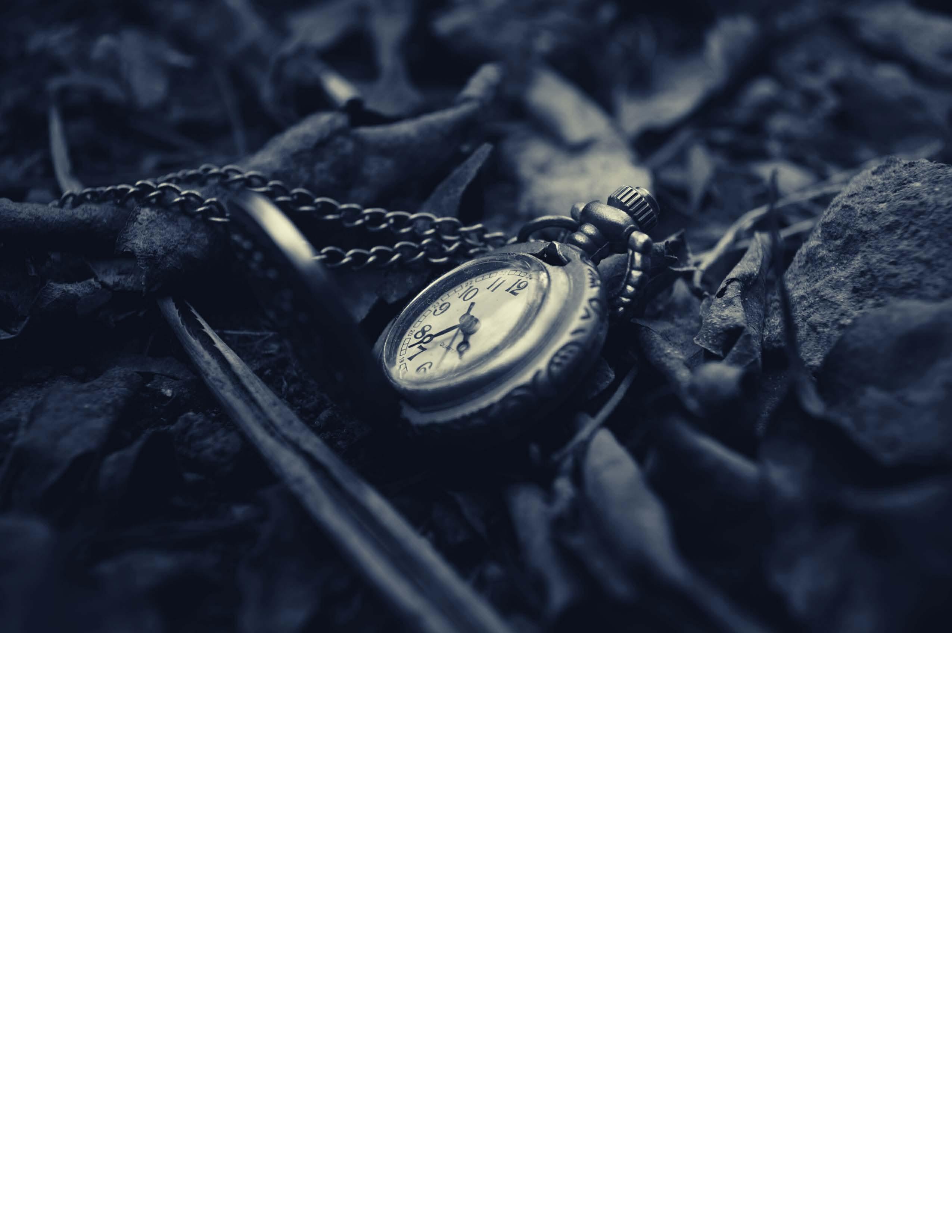
It turns out that there is. Dr. Lustig suggests that we need to be fully engaged and in the moment. In doing so, we can make those moments feel as if they last longer. In fact, laboratory studies show that mindfulness exercises can stretch our perception of time. So don’t try to focus on multiple tasks at once. Instead, focus on the experience at hand. Personally, I try to start every morning with a bit of time with my family. I sit with my wife at breakfast and look at her. Like, really look at her and think about how amazing she is. I have a 16-year-old son who takes a few seconds to hug me every morning and night (I know, he’s an anomaly). We make the hug last for several seconds, not a glancing hug, and go. I live in that moment as if there is nothing else in the universe at that time but our embrace. Our family makes a point of laughing every single day and night. Like really belly laughing, sometimes to tears as we sit and watch television. We find a way to carve out just a few minutes every day to slow time down, living in our moments.
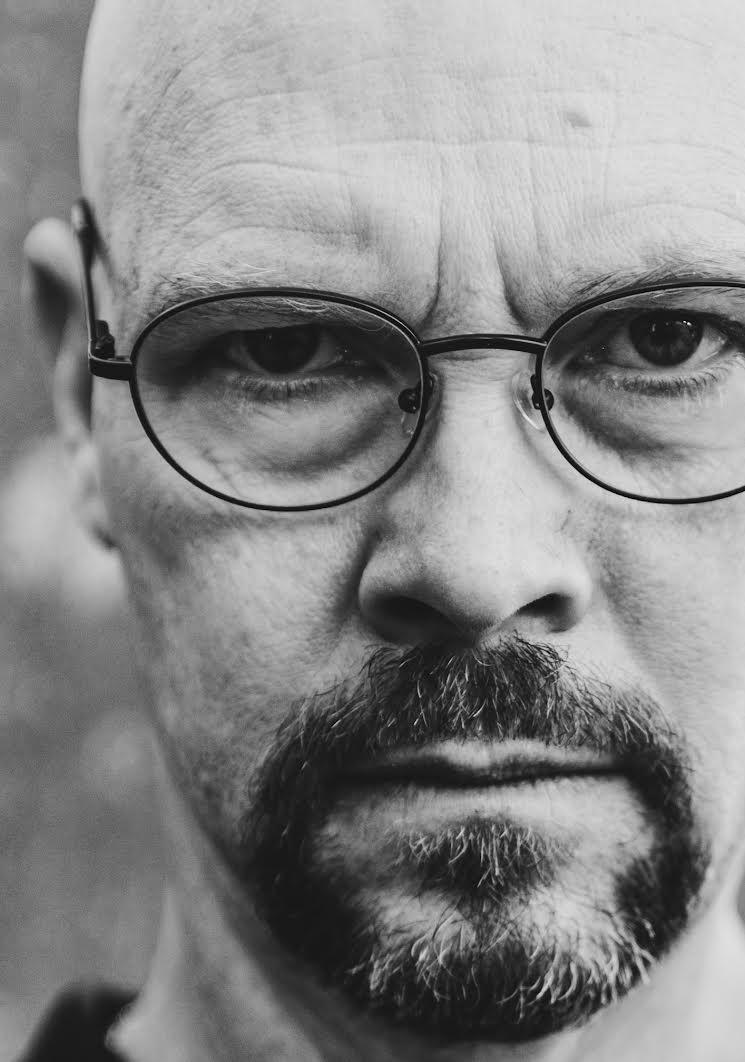
As I wrap this piece up, I think about how I will spend the last moments of my life. Perhaps it will be throwing away old papers and deleting files that seemed so important at some point in the past, essentially editing my life’s story down to a more manageable read. But, if I were a betting man, I will like many, try to squeeze out every ounce of love and happiness that I can while the clock ticks down. I will cherish the unadulterated beauty of my wife’s laughter, the longer-than-average hugs from my kids, and the sounds of the birds I can hear from my porch. Maybe I will enjoy the smell of my dogs’ terrible breath as we wrestle just a little more than before. But, until then, I can say this. Why wait until those final few months or even years to begin to cherish the things that matter most? Why live in the moment only when the finish line draws near? Why not now? It's already 2023, so squeeze the hell out of life while you can and when you can. Shift your focus to really live in the moment, no matter how small. And maybe Einstein was right. It is all relative, and that’s the point. ∎
References
1. https://datatopics.worldbank.org/world-development-indicators/
2. https://vpm.pbslearningmedia.org/resource/phy03.sci.phys.energy.sprelativity/einsteins-special-theory-of-relativity/
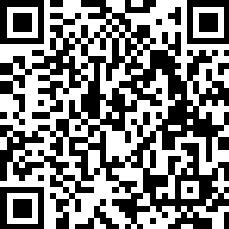
3. https://gizmodo.com/the-frozen-calm-of-normalcy-bias-486764924?utm_source=newsletter&utm_medium=email&utm_campaign=atlantic-dailynewsletter&utm_content=20221213&utm_term=The%20Atlantic%20Daily
4. https://www.huffpost.com/entry/time-perceptionaging_l_63973dc2e4b0169d76d92560#:~:text=As%20adults%2C%20%E2%80%9Cthe%20brain%20receives,get%2C%20the%20faster%20it%20feels

TODD BROWN
Awareness Ties Columnist
www.awarenessties.us/todd-brown
Dr. Todd Brown is a winner of multiple education awards, including the U.S. Congressional Teacher of the Year Award, U.S. Henry Ford Innovator Award, Education Foundation Innovator of the Year, and Air Force Association STEM Teacher of the Year. Dr. Brown is the creator and founder of the Inspire Project and cocreator of Operation Outbreak, which was named the Reimagine Education Award for Best Hybrid Program in the world. He is also an Education Ambassador for the United Nations and an Educational Ambassador of the Center for Disease Control (CDC).
85 www.IamAwareNow.com
AwareNow
TAP/SCAN TO LISTEN
AWARENOW / THE HI TECH EDITION


86
www.IamAwareNow.com
We make them see how beautiful they can be and how beautiful they are.
STACEY RIERA MODEL, ACTRESS AND CO-FOUNDER OF HYGG
Photographer: Justina Vazgauskaite
AWARENOW / THE HI TECH EDITION
Model: Stacey Riera Dog Model: Talio
EXCLUSIVE INTERVIEW WITH STACEY RIERA



LUCKY DOGS
ROSEMARY, CEDAR & SHELTER DOGS, OH MY
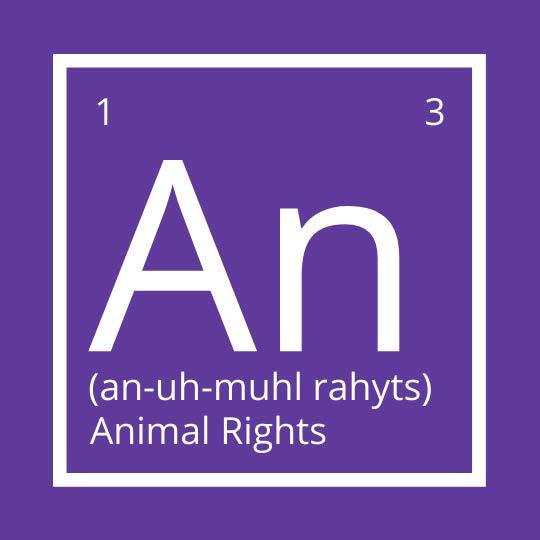
Dogs (and their owners) are lucky to have HYGG. With years of experience in fostering and adopting dogs, Stacey Riera has created something beneficial and modern for both dogs and their owners. Stacey Riera is the Co-Founder of HYGG, a vet recommended skincare line for dogs. Devoted to shelter dogs, Stacey and her husband visit shelters and associations every month to bathe, care for, and spend time with dogs. In addition, they photograph them for social media to spread the word as advocates for their adoption.
ALLIÉ: Your life has been spent in the fashion and creative industry. A model and actress, Stacey Riera, you are now also the Co-Founder of HYGG, pairing your experience in fashion with your passion for pets - speci fically shelter dogs. Let’s go back to the very beginning. Please tell us about the very first dog you fell in love with.

STACEY: Okay. Well, it's really difficult cause I've grown up all my life with dogs, but, so I would have to say that I guess I have two answers because of course, it's always your first love of a pet is always when you're a child and it's your parents' pet. So that would be a boxer that I grew up with, Gemma. She was my parents' dog. But I would say

TO WATCH NOW AWARENOW / THE HI TECH EDITION
CLICK, TAP OR SCAN


88
www.IamAwareNow.com STACEY RIERA MODEL, ACTRESS AND CO-FOUNDER OF HYGG
AWARENOW / THE HI TECH EDITION
I’ve always been very passionate about animals.
Photographer: Justina Vazgauskaite Dog Model: Talio
STACEY: (continued) modeling contract there and I based myself there in Asia and I was on a shoot for I don't remember, it was a brand similar to Zalando in Germany. They were shooting a campaign and I was a part of that campaign and there was this beautiful English bulldog on the set, and it was having a great time. And it was, you know, it had dribble everywhere. But I went in. I got on the floor with the dog as I usually do. And this dog was just beautiful. And to the person who was taking care of her, I said, "My gosh, you have a beautiful dog." And she's like, "No, it's not my dog. I'm the volunteer." And I'm like, "Oh, so where's the dog from?" She said, "It's from the shelter here. We've brought it out, you know, for the shoot." I don't know. It had all these treats and things. They were giving it a nice day, I guess. And I'm like, "Oh my God, the dog doesn't have a home." And it sat with me. That was the first experience I've had where, I mean, you know, I was very young. I think I was 18 years old.
I was traveling with a suitcase. I had my, you know, my things my life. And I couldn't stop thinking about this dog. I think two days went by, I called the shelter and I said, "Look, I'll foster the dog." I couldn't adopt it cause I was too young to know what my life entailed above the next month, nevermind, the next year. So I said, "I'll foster the dog." So I did. I went to the shelter and I took this beautiful... For some reason, her name escapes my brain, which is terrible because she really was like my first love, but I don't remember what her name was. But she was this beautiful young English bulldog. And I took her back to my apartment in Singapore and she slept on the bottom of my bed. And it was the first experience I had like real love for a dog that one was of my own experience, and two that was from the shelter. It was incredible. And I think three weeks later or four weeks later, she had got adopted. So I had to, I had to give her over and I was so upset, but I felt amazing to be able to help. And the change... She just came alive when she just walked out of the doors. It was incredible. That was my first dog.
ALLIÉ: What inspired you to seek out and save rescue dogs? Was it this first experience at the age of 18?
STACEY: I've always been very passionate about animals in general. It was not so much just dogs, but all animals in general. For example, when I lived in Singapore, we had this big problem about the palm oil. You probably heard about it, the burning of the forest for palm oil, the orangutans, et cetera. I was always quite extreme. Like, you know, I'm getting on a plane tomorrow. I'm going. I need to save as many orangutans as I can. When I went to Indonesia. I went to the elephant sanctuary. It's kind of something I always looked for wherever I went. It was like I needed to help somehow. Dogs, I guess I just felt like I knew more about, because I'd grown up with them. I felt very connected to them. This connection kind of grew over the years.
ALLIÉ: Let’s talk about HYGG, and let’s start with the name. What does it mean?

STACEY: It derives from a Danish word. Everybody always asks me if I'm from Denmark. No, I'm not. Although I did get married there. So, that helps. <laugh> Actually I have to give the credit to my husband because he's very creative in these ways. We took the word 'hygge' with an 'e'. I remember in our old house, we had a picture that was hung on the wall and 'hygge' with an 'e' was in black letters. And it means something that gives you warmth, coziness, offers you a safe space, which is exactly what your dog does. So this name was always around our heads. It goes perfectly for the feeling and emotion that your dog gives you. And my husband said, "Okay, but if you take the 'e' out, it can be a derivative (if that's the right word) of 'hygiene'." So we played on the word a lot. We mixed it up and we ended up with HYGG. So it's a mix of 'hygiene', a play on words... and a feeling, in Denmark, a feeling and an emotion that your dog gives to you.
ALLIÉ: Beyond the name, let’s talk about what you believe. From your beautiful website, you state the following: “We believe in a world where the art of perfumery is adapted and made available to our dogs.” Paired with this proclamation is a product line that sounds and must smell amazing. You had me at ‘Rosemary & Cedar’. Love to hear the story behind the scenes of your shampoo and cologne for dogs.
89 www.IamAwareNow.com
“I had to give her over and I was so upset, but I felt amazing to be able to help.”
AWARENOW / THE HI TECH EDITION


90 www.IamAwareNow.com
Photographer: Justina Vazgauskaite
AWARENOW / THE HI TECH EDITION
Model: Albert Dog Model: Track
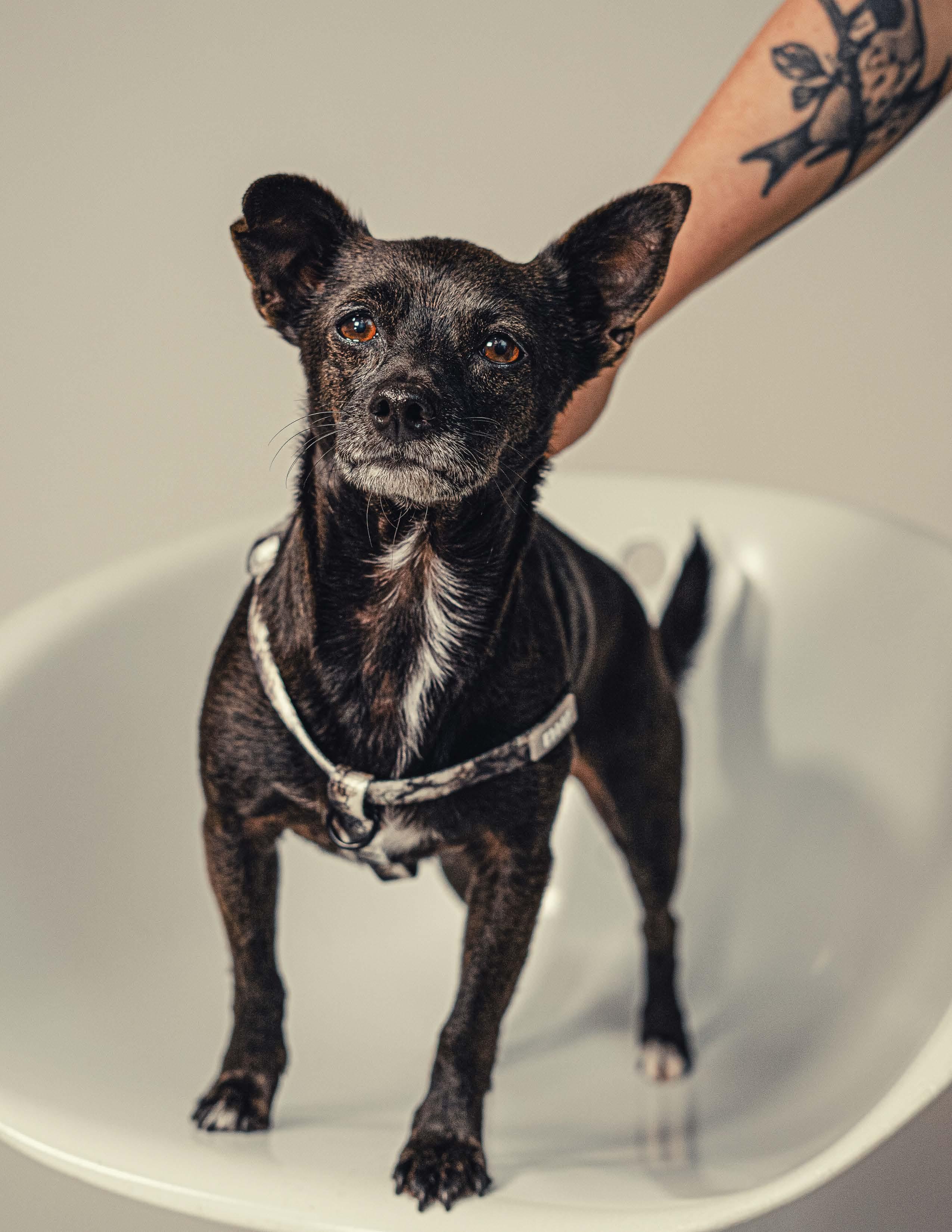

91 www.IamAwareNow.com
Photographer: Justina Vazgauskaite
AWARENOW / THE HI TECH EDITION
Dog Model: Hercule
“I want to be the Aesop, Le Labo, Byredo of dog care.”
STACEY: I've been rescuing and fostering dogs for so many years. I mean, literally from when I was 18 years old, in every country that I'd gone to, in every country I'd lived in, visited, et cetera. If I had a long enough time to spend there, I would take a dog. I had the time. I had the place. I would take it. And just over time, especially when I lived in the Middle East... So I was living just outside of Dubai. I was fostering dogs, and I just had my first rescue. And I had a lot of, especially in that climate, I had a lot of dogs with skin problems, skin conditions a lot. I mean, I had to deal with Leishmaniasis and Ehrlichia and all different kinds of diseases, which also cause skin problems.
And so I was always asking as everybody would to the vet or the associations that were in the community. What can I give the dog? Because, you know, I'm a little bit lost here. It just always seemed to be medication. You can put antibiotics on this and that, but it was so strong. And, you know, for the tick repellent, it's this horrible, like potent pipette that you have to put on… But I just realized that everything was very strong, like very potent.
I'm a little bit of a research geek. So if I feel like I can do something myself, I'll try to do it. I won't just be like, "Oh, that says it says it works. Okay, let's put it." I like to really research. So I went online and oh my goodness... And then I talked with veterinarians, and I talked with pharmacies. If I put aloe vera on this or this extract of this plant, will this help with this? And eventually I had all these little bits of information, and I thought, "Right, okay, I'm gonna put that in one." And I was in my kitchen mixing up vitamin capsules from the pharmacy. Vitamin E, I'm gonna put that in there. And this foamy shampoo and substance I came up with... And it started working. It was really working. The skin was getting better. I had one dog, Gypsy Rose, she had black skin when I had her. She suffered Ehrlichia, which is a horrible disease of the blood. But she was black, which was awful because she was a blonde ginger girl. That was the girl that I really needed to help her skin. And all of a sudden by the months, her skin was pink. And I thought, that's it.
If you just take a moment to really dive in and ask, what is actually beneficial? What can really help with, you know, dry skin or skin spots, hotspots... What can really work? So I started literally making it myself. And then some friends would ask me like, "My dog's got really dry skin. What can I put?" And I'd be like, give them an oatmeal bath. They'd be like, "Stacey, this is magic. How does this work?" It wasn't that I invented it. It was just that I took the time to put these things together. That is literally where the base of me making my products started. These were in tins and jars. Nothing fancy. Then I moved to Europe and I had to set up a whole new life, et cetera. So I didn't touch it for a while. I've got my little tins that were really, you know, just like antique vintage pieces. And I didn't touch it for a while.

About a year or two into living here, I went back into it because again, I caught the bug. I wanted to help. I adopted two more dogs, <laugh>. One, especially Billy Boy, our boy, is the most special dog in my life. I've had many, but Billy is so special. He has a very intense story, very intense. I've lived very intense moments with him. My husband also. We've slept in animal hospitals during nine months pregnant. Very special. So I really started diving in again. And my husband was "Stacey, there's a huge gap here for this." Because he's, like I said, he's very visually talented. And so we started market researching. Somebody's got to be doing this for sure. So we started doing a lot of market research, and what we noticed was you can find maybe a lavender shampoo or a tea tree... Which by the way, tea tree is... I wish I could tell the whole world, but I shouldn't... But tea tree is really bad for your dog. And when I see like tea tree shampoo or products, I'm like, "Please don't put that on your dog." Because the more I dove into it, you don't wanna put that on your dog. Anyway, so long story short, that was when we decided to bring everything together.
I took all the formulations that I had, carried on doing more research, worked with a technician in the lab to see like how these components can fit together better. Like, is my ratio okay? Et cetera. They fine-tuned my formulas, and I said to my husband, "There's no way am I going to sell something that smells like lavender or, you know, because there's so many out there. And there's nothing wrong with this, but it's got the dog's ears on the bottle that it's 'lavender calming shampoo'. I wanted something cool, something trendy, you know, modern. So the scent for me... Now, my husband will tell you, I don't like to admit it myself, but I have a very fine nose... like extremely. I'm very particular with scent. For me, it's very, very important.
92 www.IamAwareNow.com
AWARENOW / THE HI TECH EDITION
STACEY: (continued) Scent for me reminds me of a place, a moment. I wanted to put that through my brand. So I said to Joan, "Your dog you smell every day. It's the smell of your house. It's the smell on your clothing, when you get close, it's everywhere. So, it's gotta be something good." So I said to Joan, "I want to be the Aesop, Le Labo, Byredo of dog care. I want something good. Something that they're like, my gosh, I would wear that myself." So I go to Barcelona in the center. I find a couple of perfumers. I work with them. I have a list of fragrances that are only safe for dogs because not all are, and I have a list. And I'm like, okay, I'm gonna take bits and I'm gonna come up with something that is so good people are gonna be like, "Wow, I will wear this." So all that together, the components with the lab, the fragrance, I take the fragrance to the lab, and then my husband said, "Okay, this needs to be cool, modern, trendy... That's why I say it's scientifically formulated for dogs and aesthetically for humans, because we want something that they're like, "Yeah, my dog wears, HYGG." You know, like, it's cool. <laugh>. It's not like, you know, the fluffy... And that's literally it. That's how we came around.. the branding, the image, everything.
ALLIÉ: Just from what I've seen on your site and through this campaign, which we'll talk about in a moment, it seems like it's very much a lifestyle brand. To your point, your dog is with you all the time. The smell is there. So to make it one that you love... just as much as your dog.
STACEY: And to be beneficial. For me, what I really love to express to people is, okay, you can buy something that's really aesthetically pleasing, really beautiful, or it says it's a calming product and you love the smell, but always read the ingredients. And I always say to all my customers and all my clients, please read the ingredients. Because a lot of the... the list is this long. You could be triggering an allergy. You could be doing some damage that you're not quite sure because you... Just always be vigilant. I wanted to put something out there that was, yeah, very cool and trendy and smells good, but something that... My customers come back to me and say it actually works. The dog can smell great, but I need your skin to improve.
ALLIÉ: Exactly. That's the more important of the two. And so to be able to find form and function, here you go. I mean, that's the magic right there. You, as well as we, believe in the power of a story. In your recent adoption campaign, you created a bold and beautiful body of work consisting of stunning photographs and short stories. You partnered with a fashion photographer, a number of models and the eco friendly dog brand EDDGY to raise awareness about the importance of adopting from shelters and rescue organizations. It’s brilliant. Where did this concept come from?
STACEY: Here at the moment in Spain, the government is trying to pass a law that excludes hunting dogs from the normal, let's say, animal rights act. And the reason being is because if you go outside of the city, north, south, deeper into the country, you'll find a big hunting culture, which, you know, we have it in England. There you have it in the States. You're either for it, not for it, or people don't talk about it. I'm not a judgmental person. You have your, your life, your things... But when it comes to cruelty, that's where, for me, I draw the line.
Right now, they’re trying to pass this law where hunting breeds, which for me personally includes all my dogs because I've got hunting breeds, they don't have the same rights, basically. And the problem is the hunters, the guys, the men, the women who do the hunting, that's where the cruelty comes from. It's not... Yes, okay. It's everywhere. It's your neighbor or the guy living in the middle of the city. But the majority is coming from hunters because they have a vast amount of hunting dogs. They don't live in good conditions. If they don't do their job well... the things, the atrocities that they do here is terrible — especially with galgos. I mean, I don't want to disturb anyone or you, or go into the nitty gritty because it's not very nice. But they do terrible things to them when they've finished with them, which me as long with everybody else just doesn't understand. And so what I wanted to do was, especially in this moment, because it's such an important moment where everybody in this community is trying to make a difference. And the voice is very loud at the moment. And it's great because I'm hoping, especially for generations to come, this will change because they all deserve to have rights. Cruelty should never be tolerated on whatever level or whatever you're using an animal for. So that was the reason for the moment. I said to my husband, "I need to do this now."
Plus, we work every month with animal shelters. All of our models are, for the social media... I say all, but 'most', because I have my pups on there also. They're all shelter dogs. So, I don't put out an ad, "Hey, anybody got a beautiful dog? Come and be our model." No, I go to the shelter and I use the brand and our image (which is growing really nicely because we're a month old). We use that to benefit them.

93 www.IamAwareNow.com
AWARENOW / THE HI TECH EDITION
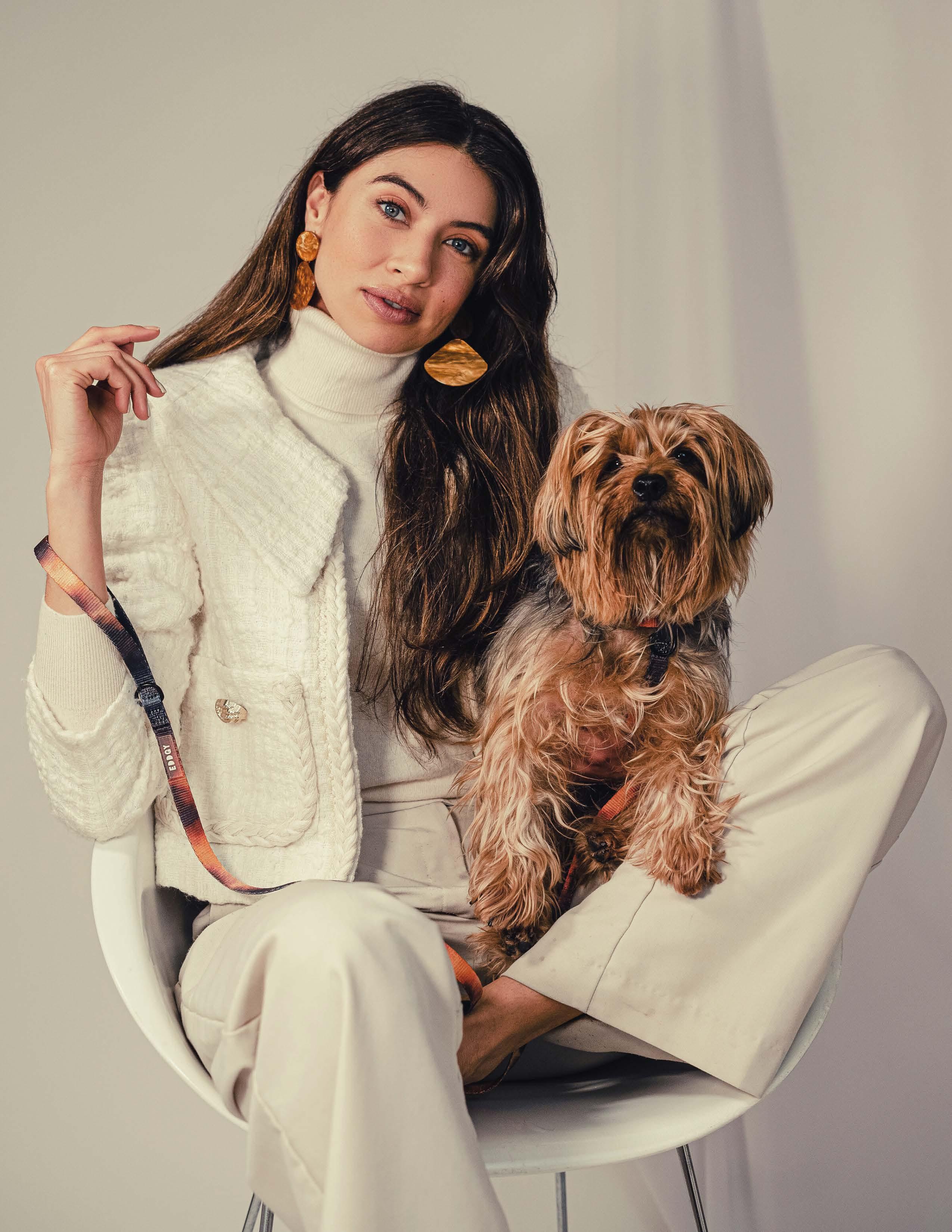

94 www.IamAwareNow.com
Photographer: Justina Vazgauskaite
AWARENOW / THE HI TECH EDITION
Model: Rocio Perez Suarez Dog Model: Paquita
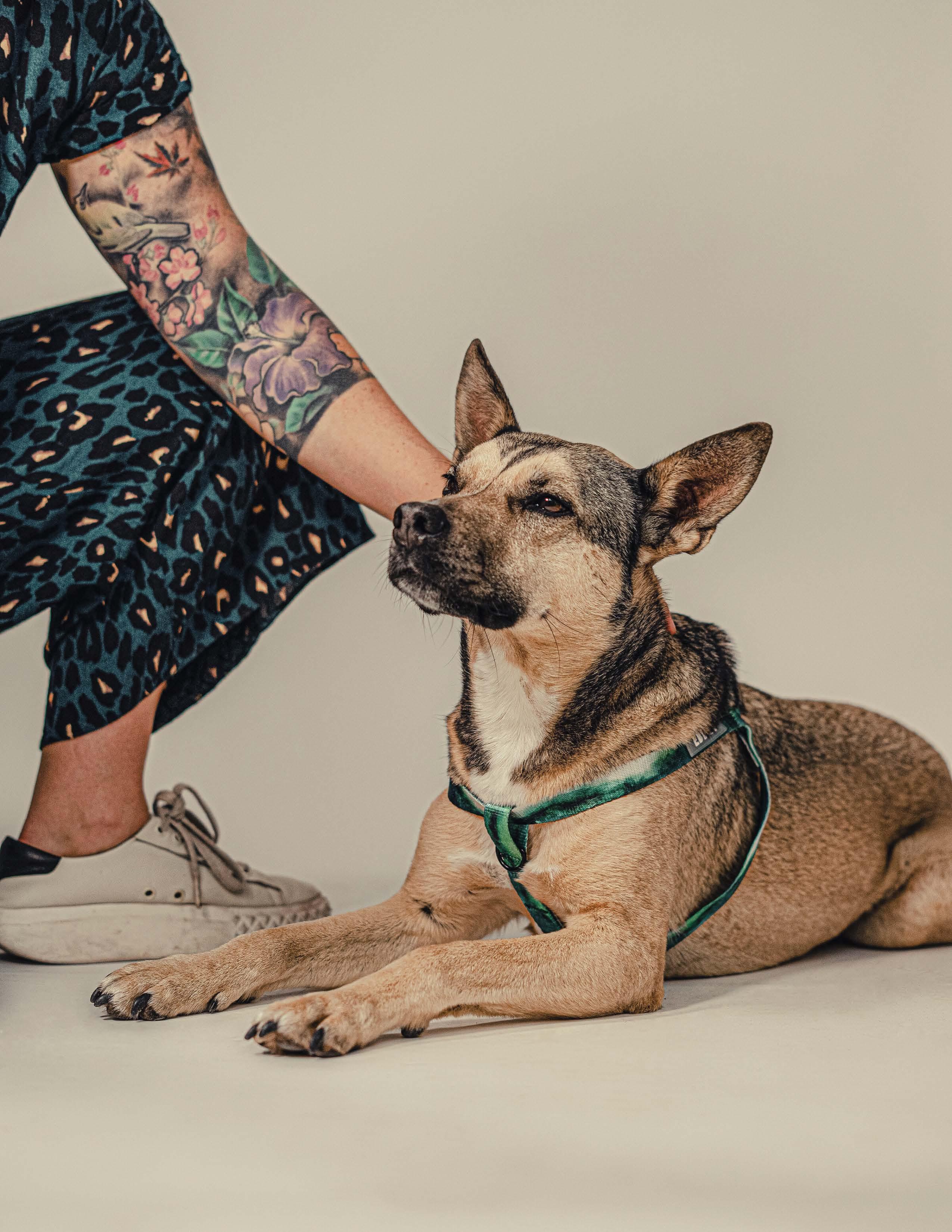

95 www.IamAwareNow.com
AWARENOW / THE HI TECH EDITION
Photographer: Justina Vazgauskaite Dog Model: Nica




96 They understand. They’re not stupid. They know. www.IamAwareNow.com STACEY RIERA MODEL, ACTRESS AND CO-FOUNDER OF HYGG Photographer: Justina Vazgauskaite Dog Model: Cody AWARENOW / THE HI TECH EDITION
STACEY: (continued) So the harsh reality is, and it's horrible really, but we're human beings and we will be... We look for the most beautiful dog in the shelter, and the most beautiful dog will always be adopted. Maybe the one with three legs or the one that doesn't see well, or the one whose hair is not the most... They will be left for the longest. Some of them even live their whole lives there. We target those dogs. We go into those dogs. We make them see how beautiful they can be and how beautiful they are. And we push those dogs first. So I wanted to do that on a level that was success stories sharing how you can have a connection with an animal if you adopt, which you can see, like with the Greyhound, Track. I mean this, this dog is just incredible.
It's so noble, and with his owner, just such a connection. And then you have dogs like Cookie, who's seven years old. She's a Pomeranian, which you don't usually find Pomeranians, but she had her human parents. They're a little bit older. One day they decided that they just didn't want the dog anymore. So they just took her things, went to the neighbor's house, and put her out with her things. You deal with her. We don't want her anymore. I don't know how a person can do that. I would like to understand it one day, but I don't. So I wanted to put all these stories out there and not just give the, "Poor me, poor me, please help." But like, look actually at what happens. Look at the connection. Look at what you can achieve... Track is seven years old.
They had him when he was almost three. You don't need a pup all the time, and it depends on your lifestyle. I really wanted to push that out there -- that voice that you can have such an incredible connection. Honestly, the connection I have with my dog, Billy, is... I love my others, but I have such a connection with him because he's grateful for life. He's grateful for you. He knows.
They understand. They're not stupid. They know. I really want other people to see that. I wanted to push that out there and in the best way that I could, which is, like you say, I've always been in the creative industry. So I wanted to put something that is a little… It sounds terrible, maybe it's a little shallow, you know, fashion and beautiful with something very deep.
To the whole idea that everything always has to be aesthetically beautiful for us to like it, I said, “Okay, let’s take Talio.” He's the Staffy mix in the shoot at the very end. I mean, that guy, his intense story. We believe he was used for fighting. I mean the poor boys is full of scars, but I wanted to make him in this.... He's the cover of a fashion magazine, you know... That's what I wanted to push out there. It doesn't always have to be beautiful... The connection is deeper.
ALLIÉ: Well, you did such a beautiful job. And, no, I don't think it's shallow. Anytime you can use fashion, something beautiful, something gorgeous to show the beauty in something else, I think it's just fantastic. And you did such a brilliant job with it. Now, my other question about that campaign. Will there be more campaigns like these? I'm hoping that your answer is yes.
STACEY: Absolutely. We have a few up our sleeve for different causes. And I'm so happy. The fashion photographer that we worked with, she's wonderful. She's always shot models and lifestyle commercials. She had such an amazing time photographing the dogs that she's all on board. Please, more, more and more. Can we shoot more dogs, more campaigns? And so I'm like, "Of course. Of course, we can." And I would like to put a few more messages out there in different ways.
Also, I have to mention it because she's so worth mentioning. As you mentioned, the collaborating brand that we worked with from the UK, EDDGY, she's wonderful. She has a line that's harnesses, collars, leashes, and it's all made from sustainable... It's all sustainable and it's all made from recycled plastics.
Every collar or every piece that you buy, she'll give you like a diagram of how many plastic bottles were used. She's very aware and very knowledgeable. She's incredible. She literally sent me a message one day saying, "Okay, I'm sending you a full collection of the new collection. I want you to donate it to all of them. You can give it to the shelters, you can give it to whoever you want. But I want to give something to the campaign." And I'm like, well, let's make them beautiful. So, she was really sweet. She soaked up so much expense for that. I mean, we had eight dogs. She gave us a whole collection. She was so giving and so excited. I have to mention her because she's been wonderful. Because otherwise I wouldn't have had anything to put on the dogs.

97 www.IamAwareNow.com
AWARENOW / THE HI TECH EDITION
The connection is deeper.

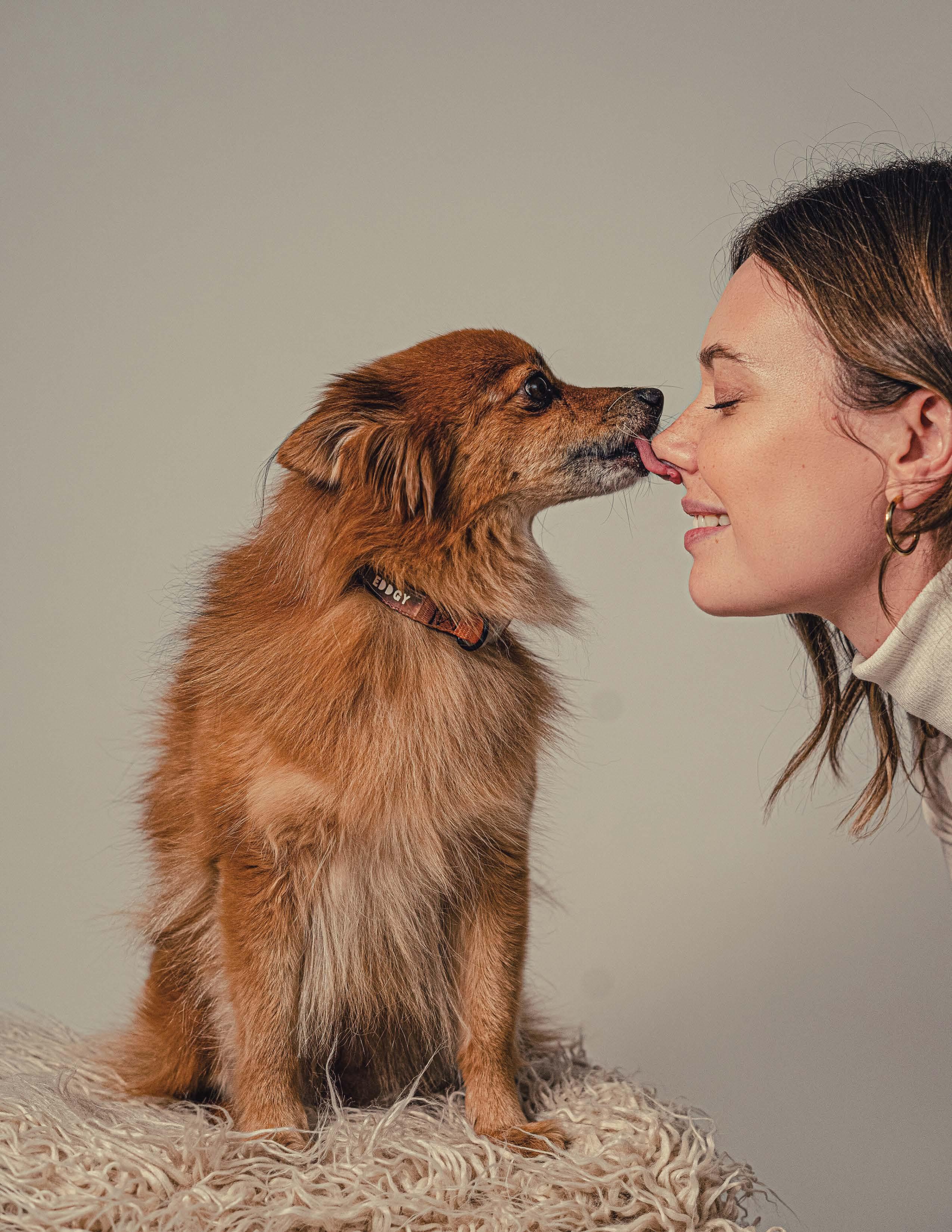
98
www.IamAwareNow.com
Photographer: Justina Vazgauskaite Model: Stacey Riera Dog Model: Cookie
STACEY RIERA
AWARENOW / THE HI TECH EDITION
MODEL, ACTRESS AND CO-FOUNDER OF HYGG
LUCKY DOGS
Exclusive Interview with Stacey Riera https://awarenow.us/podcast/lucky-dogs


ALLIÉ: Yes, to have a fashion shoot, you must have fashion. It sounds like a beautiful partnership. I think that's the part of it, right? Especially when you're just starting out and introducing a new brand to the market, its finding the right partners that not only share the same look, the same feel, but the same passion and intention.
STACEY: I would say more that... through a connection. Because we're all very different in our own ways. Her brand voice is very funny. She makes me laugh a lot. She swears a lot. She's very out there. Ours is a little bit more subtle, but the connection is there.
ALLIÉ: I'm so glad that we are making this connection here and now. Excited to see where HYGG goes from here. Thank you for sharing your story, your passion, and thank you for helping all of us become a bit more aware now.
STACEY: Thank you for having me. ∎
STACEY RIERA
Model, Actress & Founder of HYGG www.awarenessties.us/stacey-riera
“We’re proud to welcome Stacey Reira to the Awareness Ties family as an Official Ambassador for Animal Rights. Sharing not only her personal story but the stories of dogs she hopes to help find homes for, she is an advocate we are proud to support and to work with to raise awareness.”

 Allié McGuire Co-Founder of Awareness Ties
Allié McGuire Co-Founder of Awareness Ties
Learn more about HYGG online (www.hyggshop.com) and follow on Instagram (@hygg.shop). And be sure to check out EDDGY (www. EDDGY.com).


99 www.IamAwareNow.com AwareNow Podcast
TAP/SCAN TO LISTEN
AWARENOW / THE HI TECH EDITION
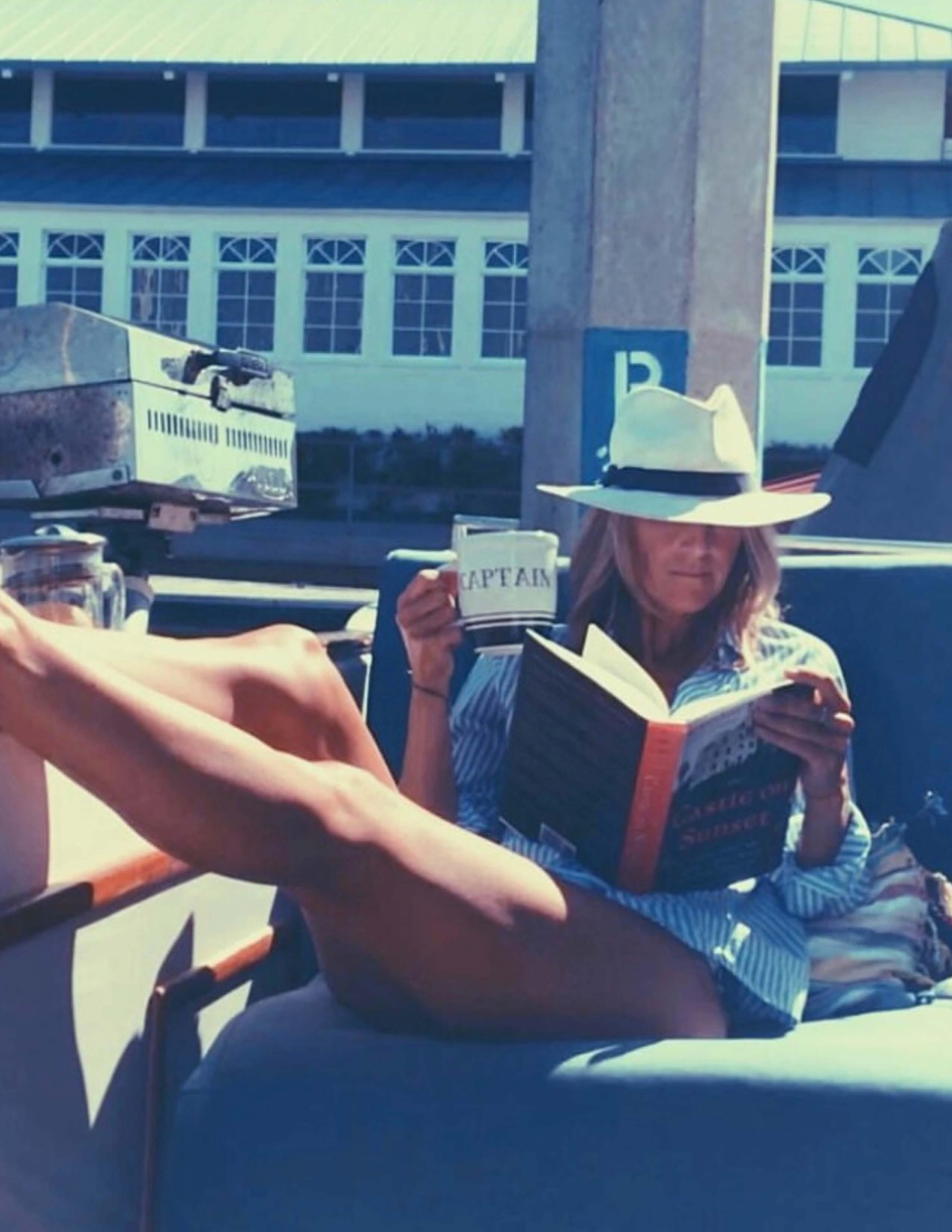

100
www.IamAwareNow.com
I am a director, an author, a healer, a mother, and a friend. But to pick one word, I am a storyteller.
ELIZABETH BLAKE-THOMAS
AWARENOW / THE HI TECH EDITION
STORYTELLER, PHILANTHROPIST & OFFICIAL AMBASSADOR FOR HUMAN TRAFFICKING AWARENESS
ELIZABETH BLAKE-THOMAS
WE ARE ALL STORYTELLERS EACH DAY IS A NEW PAGE
Imagine a world where everyday you got to wake up and start your story again. Literally begin anew with the ability to transform yourself and make different decisions on how you run your life. Imagine being able to do that every hour or every minute. What if I told you, you could. There is literally nothing stopping you. You can do it now. You are a storyteller, and each day you have the choice to begin with a blank page. You have the responsibility of holding that pen, to write your own story. So how are you writing yours? How will you continue to write yours with each new day?
I am a director, an author, a healer, a mother, and a friend. But to pick one word, I am a storyteller. This one role encompasses all of my many “hats”, in every aspect I am encouraged to listen to stories, tell stories or be part of a story. No matter my role, I always begin my story each day with the same thought process:
1. Title

What is your title right now? Is it “An Enchanting Day” or “The Meeting from Hell” or perhaps “The Moody Teenager”? Pick a title that represents your current state/day’s agenda. Then it is time to build your story for the day…
2. First Page

Plan your first page. Every good story starts with a character, so begin with writing the character description. You are the story’s main character, so begin with you. Like many, your character is probably flawed, having experienced life in a certain way. They have feelings, physical and mental elements that make them unique to the story. What you are doing is building a picture. With the title and first page done, now let’s jump immediately to the end of your story…
3. The End
How do you want it to end? “And they all went for ice-cream” or “They all gave each other a hug”? “They sat cuddled up on the sofa watching their favorite TV show” or “She got the job!”? If you are conscious of how you want to end your day/story, you can make decisions throughout the day that bring you closer to your goal.
4. The Middle
Once your beginning is set and your preferred ending is imagined, focus on the middle of the story. This stage is dictated by your choices. The next page can drastically change depending on the choices that you make right here and now. You are writing your story as you go, therefore you have the power to stop and rewrite. You have the power to take the story down a different path, a different chapter.
So how do you write your daily story?
Here are a few internal questions that have helped me write mine:
Is it about thinking before you open your mouth? Stopping, pausing, and thinking, because every word is so precious with the ability to carry an immense amount of weight.
101
Stories have the ability to help us learn about ourselves and others. Stories teach us empathy, and to feel something.
“Everyone has a story and there’s something to be learned from every experience.” - Oprah Winfrey
www.IamAwareNow.com
‘MEDICINE WITH WORDS’ EXCLUSIVE COLUMN BY
AWARENOW / THE HI TECH EDITION



102
www.IamAwareNow.com
You are a storyteller, and each day you have the choice to begin with a blank page.
AWARENOW / THE HI TECH EDITION
ELIZABETH BLAKE-THOMAS STORYTELLER, PHILANTHROPIST & OFFICIAL AMBASSADOR FOR HUMAN TRAFFICKING AWARENESS
WE ARE ALL STORYTELLERS
Written and Narrated by Elizabeth Blake-Thomas https://awarenow.us/podcast/we-are-all-storytellers

Is it about deciding what you're physically going to do today? Think of what those choices would then lead you to as the day progresses.
Is it about how you treat yourself today? The food you introduce, the activities you do, and the thoughts you let dictate your emotions, these all have the power to redirect your story.
How do you want your story to evolve right now? Try to make the choices that will lead you towards the ending you desire. Each day has its own ending, but remember, these are part of an entire book of your life. Each page, each chapter, has an overarching beginning, middle and end.
Turning this way of thinking into a habit, creating a daily check in, will help you realign and refocus your story regularly. Remember that making something a habit takes time, but this is an important one to make. If you forget, simply start again. Don’t give up on being the present author of your story.
When working on your story, remember to recognise and acknowledge your previous pages because they are relevant to your current state. Everything you’ve experienced and gone through is important to mentally catalogue, as it got you to your current blank page.
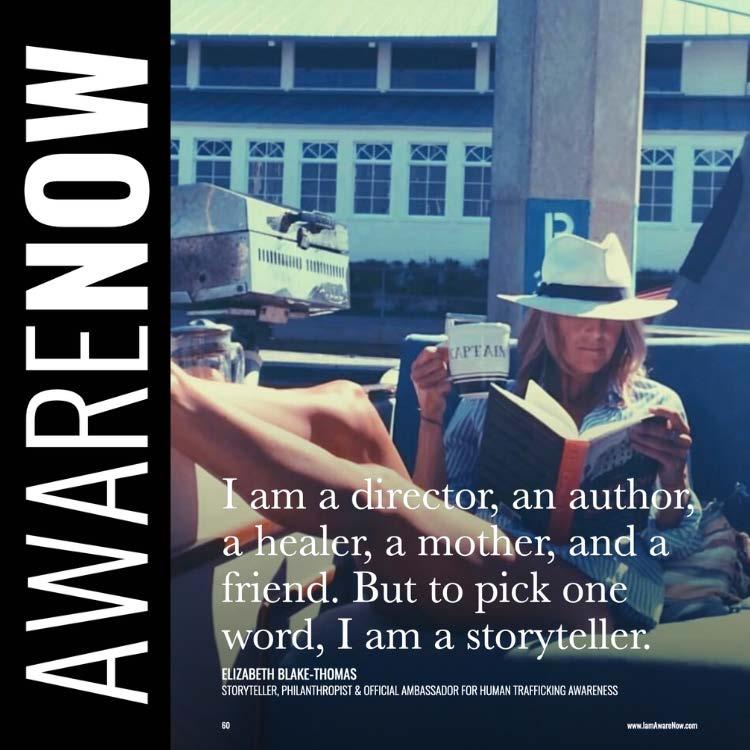

Above all, it’s important to do things that work for you. Acknowledge how you feel once you start this process. Does it make a difference in your life? Do you become more accountable for your own actions? How does this change you as an individual? As a member of society? It might feel slightly overwhelming or scary to visualise your blank page, but it can also be exciting. Try to focus on possibilities and less on limitations. Ask for help writing your story if you feel overwhelmed. The goal is to have fun, gaining control back of the story that we will all inevitably leave behind us on this Earth.
Take 5 minutes to imagine your page today. Try to become mentally aware of your story as you write it, as stories have the ability to change how you think and how you understand the world. They can be a powerful tool to bring us all together. ∎
ELIZABETH

Storyteller,
BLAKE-THOMAS
Philanthropist & Official Ambassador for Human Trafficking Awareness
www.awarenessties.us/elizabethblakethomas

Elizabeth Blake-Thomas is a British award-winning storyteller and philanthropist based in Los Angeles. She is the founder and resident director of entertainment company Mother & Daughter Entertainment, whose motto is “Making Content That Matters”, putting focus on each project starting a conversation amongst viewers. She is also the creator of the healing methodology Medicine with Words which is designed to help “spring clean” your mind and help free yourself from unnecessary noise so that you can live a more purposeful, peaceful life. She is the author of Filmmaking Without Fear which is a multi-medium resource curated for indie filmmakers. Her FWF podcast is available on all streaming platforms, and the book of the same name is available on Amazon. She is a regular on panels at Sundance, Cannes and Toronto International Film Festival, Elizabeth mentors wherever possible, ensuring she sends the elevator back down to all other female storytellers.

www.IamAwareNow.com AwareNow Podcast
TAP/SCAN TO LISTEN
AWARENOW / THE HI TECH EDITION




104
www.IamAwareNow.com LEGEND AFGHAN-AMERICAN,
AWARENOW / THE HI TECH EDITION
My final words to the Afghan American community is to rise up and speak and support your brothers and sisters…
FORMER U.S. ARMY STAFF SERGEANT, FOUNDER OF LEGEND GROUP
FEATURED


INTERVIEW WITH LEGEND

 BY JAZZ CANNON
BY JAZZ CANNON

STAND UP & SPEAK UP TO MY FELLOW AFGHAN AMERICANS
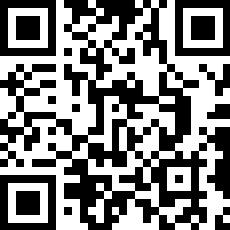
JAZZ: Legend, how can the Afghan American community support the National Resistance Front of Afghanistan?
LEGEND: To my fellow Afghan Americans I would say stand up, speak up and tell the world that the Taliban is not your culture. That you are a patriotic nation, that you are a peace loving people. That your religion is that of peace, that your culture is good and that your country didn’t come into existence on 9/11. That in fact you are an ancient people and you believe in peace, in dignity, in being self reliant. You are a people who fought against al-Qaeda before the world declared the war on al-Qaeda and other terrorist groups. You are a people who still stand against terrorism today even though you stand alone. You are a people who existed before there ever was a Taliban, Pakistan, United Nations Security Council, European Parliament or an American Congress. You must understand that Afghanistan existed before there was a democracy, a Republican Party, a Democratic Party, Communism, Capitalism, Socialism, Fascism, or Terrorism. And we plan on being exactly where we are long after terrorism and all the other isms. We plan on staying alive. We will remain a free, fierce, and independent people who believe in God, Country and Duty. And we will love those who love us. We will be friends with those who want to be friends with us.
My final words to the Afghan American community is to rise up and speak and support your brothers and sisters in the National Resistance Front of Afghanistan fighting against our common enemy the Taliban.
As the National Resistance Front works to help Afghanistan’s people gain freedom and independence from the Taliban, Legend works on providing needed support for their efforts.
CLICK, TAP OR SCAN TO WATCH NOW
more about Legend online: www.legend.ngo AWARENOW / THE HI TECH EDITION
Learn


106
www.IamAwareNow.com
Whenever a new piece of technology makes its way into the real world, its impact on the world is impossible to predict.
AWARENOW / THE HI TECH EDITION
ANNA LINDWASSER WRITER, TEACHER & LIFELONG ANIME FAN
‘ANIME AWARENESS’ EXCLUSIVE COLUMN BY ANNA LINDWASSER

FOR GOOD AND EVIL A TECHNOLOGY USE CASE VIA ANIME

Let’s start by talking about Sword Art Online, the infamous anime that popularized the isekai genre. For those who don’t know, isekai is a subgenre of fantasy that involves a character being transported to another world. In Sword Art Online, the characters use NerveGear, an innovative system that allows them to link their brains to the video game world of Sword Art Online to produce an immersive VR experience.
This is exciting until the games’ designer and director makes it impossible for anyone to log out until they beat the game. Naturally, this causes huge problems. Their bodies are essentially comatose. This is okay for a couple of hours, but after months in that condition their bodies will deteriorate and eventually die. Worse, if they lose their lives ingame, the shock will shut down their actual bodies.

107
No matter how revolutionary a technological development might appear to be, it probably comes with a cost. Anime is an incredible medium for delving into the pros and cons of new technology in a thoughtful and engaging way.
www.IamAwareNow.com
AWARENOW / THE HI TECH EDITION
This technology shouldn’t exist, right? After all, it allows one man to endanger and even kill thousands of people. But hold on - this technology also has positive applications.

During the Mother’s Rosario arc, Asuna Yuuki ends up playing another MMORPG - this one much safer and better regulated. There, she befriends Yuuki Konno, a girl who is using the game to do more than just have a good time. In real life, Yuuki is dying of AIDS, which she acquired at birth due to a blood transfusion. In exchange for free treatment in a sterile room, she took part in a trial for a device called a Medicuboid, which let patients with terminal conditions exist full time in a virtual world. It used the same technology as the NerveGear, which made it controversial.
The last three years of her life, which would have otherwise been marred by debilitating pain and illness, were spent exploring a world that felt just like the real one, but more magical. Though she was physically isolated in order to preserve her health, she didn’t feel isolated because she had real, meaningful interactions with friends who were also playing the game.
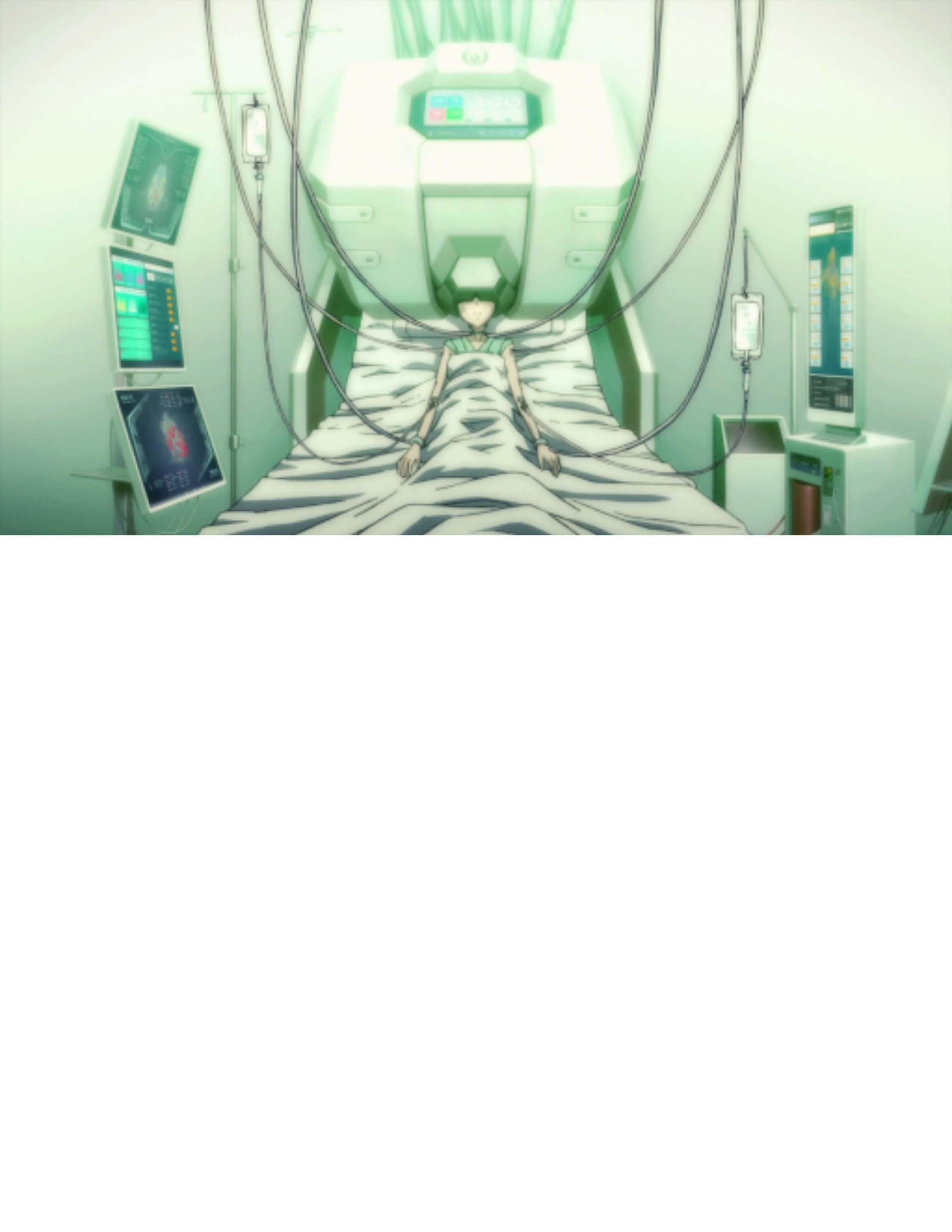
AWARENOW / THE HI TECH EDITION

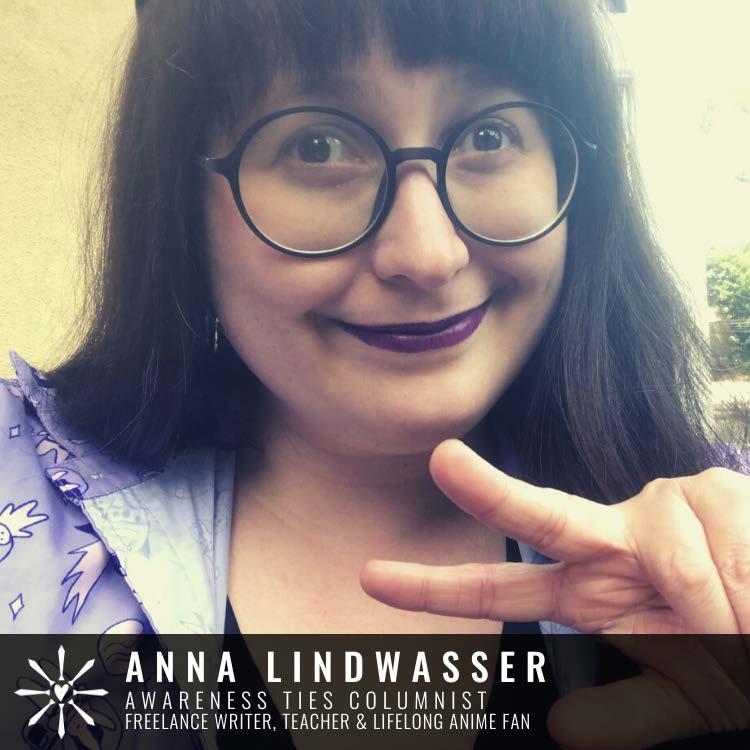

109 www.IamAwareNow.com AWARENOW / THE HI TECH EDITION


110
www.IamAwareNow.com
Life is not linear. It’s not straightforward regardless of who you are.
AMELIA PECKHAM
AWARENOW / THE HI TECH EDITION
FOUNDER OF COOL CRUTCHES
STICKS WITH STYLE
REFINED TO REFLECT PERSONALITY NOT DISABILITY



While safety is first, style is a close second when it comes to Cool Crutches. Designed and developed by Amelia Peckham and her mother, Clare, Cool Crutches came to be after Amelia’s accident in 2009 when she was thrown from a quad and suffered a spinal injury. It was her injury that inspired her innovation.
ALLIÉ: It’s interesting how injury can inspire innovation. Amelia, please take us back to October 15, 2005 and share what happened that day.


AMELIA: So I was a student at university. I was 19, and I had gone away for a weekend with some friends. And we were in the middle of nowhere in Scotland, so there was no phone reception. It took like two hours to get to where we were staying. Anyway, we wake up in the morning and loads more people were coming for the weekend that evening, but we were like, we don't know where we can go. Can we go for a walk? Can we do this? Why don't we go and have a look before everyone else gets here? And then we quickly realized it was really in the middle of nowhere and the only way you were gonna get anywhere was either in a car or on some sort of bike. Anyway, one of the people I was with said, there's a bike, a quad bike in the stables. We said, let’s go and get it and see that will save us loads of time. We'll just be able to go straight down the track and see what's there. Anyways, we got on the quad bike and on the
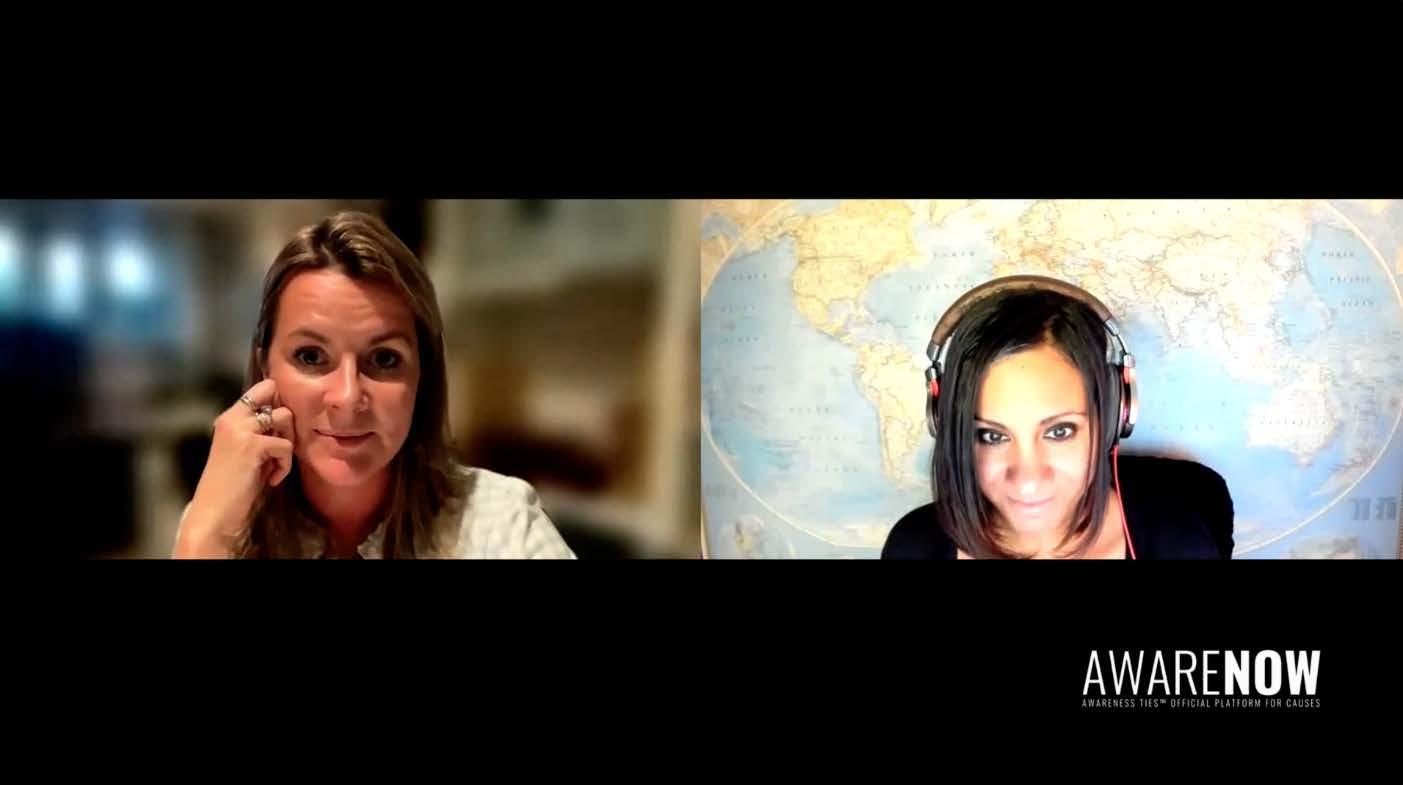 EXCLUSIVE INTERVIEW WITH AMELIA PECKHAM
EXCLUSIVE INTERVIEW WITH AMELIA PECKHAM
CLICK, TAP OR SCAN TO WATCH NOW AWARENOW / THE HI TECH EDITION
I was very lucky in that my injury was incomplete, which means the spinal cord was damaged, but it wasn’t severed.
 AMELIA PECKHAM FOUNDER OF COOL CRUTCHES
AMELIA PECKHAM FOUNDER OF COOL CRUTCHES

112 www.IamAwareNow.com
AWARENOW / THE HI TECH EDITION
“I effectively snapped in half.”

AMELIA: (continued) never driven one before, but it was pretty much fairly self-explanatory. So I was like, it should be fine. But it was a tiny track with a huge drop into a river. And as we were going back, there was a massive pothole, which we slowed down. I slowed down but very sadly, when we hit the pothole, the quad bike jumped and one wheel just slid. So down the hill we went. And I jumped off it thinking that was a sensible thing to do, and rolled down the hill.
Unfortunately my hips got stuck on a rock and the front of me kept rolling. So I effectively snapped in half. And luckily everyone else on it, there were three other people on it and they were all fine. And one of them ended up in the river with it on top of her. So from that perspective, it was incredibly lucky. I unfortunately broke my back. So I smashed a vertebrae in the middle of my back and instantly lost all feeling and movement from my waist down. So I was airlifted from the side of the mountain four hours later to A&E. And then from there, I think it was about 12 hours later that they said, this is not a quick fix. You are gonna be in hospital for a really long time. We don't know if you're gonna get your feeling back in your legs. So from that point, it kind of started what was six months in hospital, multiple operations. I had a bone graft from my pelvis which went into my back to fuse the bones back together. So the consultant told me that someone, it looked like someone had taken a hammer to a meringue when he got the MRI results.
I had no concept of spinal injury. I had no idea. I knew one person that had had a spinal injury and she was walking three days later. So I really didn't have a clue. I was very lucky in that my injury was incomplete, which means the spinal cord was damaged, but it wasn't severed. So there was hope that some would come back. And the doctor said, we think you'll be able to physically walk, but whether that is independently or with calipers, which is when they put braces on your hip to your toe, we don't know. We think you will definitely need a wheelchair and you may be able to walk with crutches, but we can't guarantee it. So that was kind of, in a nutshell, the prognosis.
ALLIÉ: Wow… And just like that, your whole life was different. Let’s fast forward to two words, ‘uncomfortable’ and ‘unstable’. These are terms you do not want to use when referencing your walking aids. Yet, this was the only way to describe the crutches you were given five months after your accident as your journey with crutches began. Here enters Cool Crutches. Not only did you design a product that provided the physical support you needed, but the style you wanted as well. Please share the story of Cool Crutches' form and function.
AMELIA: Once I had the kind of prognosis, they said, “You have three to six months in which your swelling will go down in your back and you will start to get feeling and movement back in your legs. And we anticipate it being three months, max six months. But by the end of that period, you will know what your disability or ability is going to be permanently.”
I was 19 and thought, I'm not hanging around for any longer than I have to. As soon as I can get up and get into a wheelchair, I want to be in physio, I want to do everything. So I started doing that and it was very much in a wheelchair. And then it got to a point where they said, you can stand in a frame. And anyone who's done it will know if you've been flat for months on end, you can't just sit up in a wheelchair and off you go. You have to go into a tilt bed. And they slowly put you up a bit more every day. And that takes a couple of weeks. So the process from getting from flat on my back to standing was probably three weeks. And it was so slow, but it was necessary. And then it got to a point where I could stand for half an hour. And they said, right now the time comes to put one foot in front of the other and try and walk. So I was like, great. I had a walking frame -- two bars that I would just go up and down. And then once that had become comfortable, then the next step was crutches. I got my hospital crutches and I was putting nearly all my weight through my hands so much like an amputee would, or a double amputee. I didn't have the feeling and the movement in my legs to be able to support myself. So it all went through my hands and very quickly got huge blisters on the palms of my hands and all along this bit. And ironically, after less than a week of using crutches, I was put on bedrest to wait until my hands got better. And I obviously was devastated because I'd spent so long getting to a point where I could use crutches. And then it was back to square one that my mom said, "There's gotta be something else. There's gotta be a crutch or something we can wrap around the handle or something that means you don't have to wait and then go through the whole process of tilting, et cetera to get back onto your feet." So we started looking. We spoke to all the physios. We spoke to anyone that would listen to us.
113 www.IamAwareNow.com
AWARENOW / THE HI TECH EDITION
AMELIA PECKHAM FOUNDER OF COOL CRUTCHES


114
www.IamAwareNow.com
We’ve bridged the gap between safety and style.
AWARENOW / THE HI TECH EDITION
“It started as something really small for people like me.”

AMELIA: (continued) Everyone said, well, these ones were quite good. These ones were quite good. But it very quickly became clear there was not a solution to the problem. At the time we thought was very simple, but at the same time, I had a very abnormal injury. Not many people having had an accident like mine would end up on crutches. So I was slightly thinking from a selfish point of view, this probably isn't a massive idea, it's probably just something that I need. So we kind of went down the route of we'll just find something to get me back on my feet as quickly as we can and then we'll see what we want to do. But I had a year out from university, which meant I wasn't going back. I wasn't gonna do anything apart from hospital appointments for a year. I had obviously moved back in with my parents, which having been out for five years to go back in was a bit of a shock for them and me.
I think mom was very much like, we need to find something that pulls us out of... "When's the next hospital appointment? You still can't feel your toes. Can you feel your knee? You could yesterday, you can't today." It became less about my progress and more about something else. And when people ask, which they always do, it would mean we had something to talk about that was positive. So we got the best crutches we could find and multiple pairs of what we thought were good -- one with a comfy handle, one with a non-slip rubber tip, one with a cuff that meant I could open a door and it wouldn't fall onto the floor. But none of them had everything. So we then decided we needed to find a supplier that could potentially make them. We did eventually find one, and that's kind of where it started.
We got a prototype done and brought it back into hospital. I took it to physio. They were head to toe black, which I really liked. I thought, no one's going to ask me any questions. They're very subtle. They're smart, they look expensive, they're great. And everybody said they wanted them. And where had I got them from and could they buy them. And then about three days later when I'd wheeled around the whole hospital asking everyone and anyone to have a go, they said, "Well, actually I'd really like them in red. Or "Could you do stripes?" Or "Could I put a football team on them?" And that's where the whole idea started to build. One, we knew there was huge demand and there were people in hospital with me who were spinal injuries. There were strokes, there were people living with MS, it was, you know, cerebral palsy...
There were so many different conditions that I had no concept of. And then suddenly I was like, we have a problem. We have the solution, and we have an enormous amount of people who want them tomorrow, so let's do that. And mom was great and said, we'll do it together. You know, we've got 12 months, let's go for it. So we did that and it was very much a kind of get the product sorted, get it ready to go, ready to be sold, sold on the most basic website ever. It'd be hideously embarrassing if anyone saw it now. And then yeah, we sold out the first load that we bought. They were gone within two weeks, and that was just from word of mouth. So then we just kept doubling the stock and doubling the stock and doubling the stock. I think we launched with five colors -- pink, blue, black, black and white spots and leopard print. And yeah, the patterns went mad. And then we also found a way that we could personalize them. So you can have pictures of you and your family. We've had people write like they did on casts when people break their arms and they write, you know, get well soon and loads of people have written notes to say like, we're thinking of you. We can put those all over them. Football teams, cats, dogs, grandchildren, you name it.
It started as something really small for people like me, which is a very tiny proportion. And then we realized there were millions of people living with mobility aids long term. And there wasn't an option to make sure that they were... I think this is the biggest thing is that, you know, I needed them to be safe. I wasn't someone that was stable on their feet. I was someone that probably should have been in a wheelchair, but was adamant that that first six months I wanted to make sure that I could walk because I knew... And it's still now, I will be in a wheelchair. It's a question of when, but I think trying to delay that for as long as I could. But them being safe was something that just didn't seem to be a priority. Either you got something that looked great and hadn't been certi fied, or you got something that looked awful, but medically speaking was brilliant. So for us to know that they've been health and safety tested, they're CE certi fied, they are checked within an inch of their life and then they don't look hideous. It means that we've bridged the gap between safety and style.
115 www.IamAwareNow.com
AWARENOW / THE HI TECH EDITION
ALLIÉ: Well, it's incredible. And I love that what started with you became a use case for so many other people. So what you've built with your brand offers those in need of walking aids the chance to re flect a personality, as you say, with all this customization. To do that before a disability or injury, so to say, it's not just the disability I'm dealing with, but I am a whole person outside of that. To not belittle the disability at all, but to speak to the personality that was there before and will always be there now and moving forward.
AMELIA: We launched Walking Sticks in 2019. It was a natural progression, but at the same time it's a totally different market… I think they should be like glasses. You wouldn't walk up to somebody wearing a pair of glasses and say, "What happened to your eyes?" You just wouldn't say it. But it's really weird... If someone sees someone with a walking stick, whether they know them, they've met them, they've never met them, they will always go, what happened to your leg? And you're like, what?

I very much don't mind being asked because I come from a place where I had zero concept of disability, spinal injuries, long-term anything. And I think I've learned so much now that I almost have a responsibility to talk about it

116 www.IamAwareNow.com
“You wouldn’t walk up to somebody wearing a pair of glasses and say, ‘What happened to your eyes?’ You just wouldn’t say it.”
AWARENOW / THE HI TECH EDITION
AMELIA: (continued) because of what I do and what I've been through. But you shouldn't really be asked about your medical history standing in the line for paying for your groceries. Do you know what I mean? You should just be able to go about your business. But what having something colorful and fun has done is stopped the "What happened?" and turned it into "Oh my goodness, where did you get that from?" In every sense, the business has been from something negative being turned it into a positive. Everything we do is problem solution based.
If someone comes up to you and says, "What have you done?" You feel awkward and then they feel awkward when you tell them. Now, that's eliminated because they're then looking at, "Oh my gosh, you've got leopard print." Or like a man came up to me yesterday and said, "Oh, your phone matches your stick." And I was like, well that's quite embarrassing. I hadn't even noticed. But I was like, "Yep, it definitely does." And he was like, "That's so cool that you can have something that you clearly like. You've got it on the back of your phone." But it just changes the whole conversation around disability and puts the premise back on, I am a person who minds about what they look like, who lives their life in a very normal way, just supported by a mobility aid. There's a huge amount of respect for someone who's got a stick with something fun on it and isn't going along on a sort of clickety-clickity one. I think everything about it makes it better... I hope.

ALLIÉ: Absolutely. And again, it wasn't that you made the walking sticks in the beginning, it started out with just the crutches, correct? And then there was that evolution. What I think is so beautiful about your story is that because of your own personal injury you created a product that evolved as you personally evolved. It continues to grow just as you do. It’s really beautiful… I'd like to close this way. For those who feel that they are constricted by their disability, what advice do you have for feeling less restricted?
AMELIA: The way I look at it is that life is not linear. it’s not straightforward regardless of who you are. And horrible things happen throughout your life. Unfortunately, 99% of the world would agree that something is gonna come along and be a hurdle that you do not want and you have to get over it. I think for me, in the same way as losing someone you love or going through a divorce or, you know, losing your job or going on a horrendous date, it's all relative. And I think where disability comes into play, you have to focus on what you can do and what you have got. Because my whole thing is everything now is probably the best it's going to be. And actually realistically, I have to expect that hurdles are coming towards me and how I get around them all over them is what's going to make me cope or happy or sad, but it's not gonna stop the hurdle coming.
I think as soon as you can change your mindset, which I know sounds really dippy-hippy and you know, woke and awful, and everyone will say, don't be so stupid… But I think you have to just live your life. Things are not going to go a hundred percent according to plan, but you can change how you cope, you can change how you react, and you can change how you move forward using them in a positive way. And the more you can, you know, it doesn't mean, "Oh, my back is agony and I can't move. I'm still gonna go to work. How, how lucky am I?" It doesn't mean that. It means don't do anything today. You write it off. You have a bad day. But when you've been to sleep, you pick up tomorrow morning. It's a new day. You forget about that, and you move forward knowing that you are armed to prevent it happening again. Does that make sense? I think it's very difficult to live with a disability because it is 24/7, but at the same time, as soon as you adjust your way of thinking about it and looking at what's coming, it doesn't become such a shock. It doesn't become so debilitating when things go wrong. You just think, that's it. I've done another one behind me. I'm going that way. Does that make sense?
117 www.IamAwareNow.com
“…where disability comes into play, you have to focus on what you can do and what you have got.”
AWARENOW / THE HI TECH EDITION
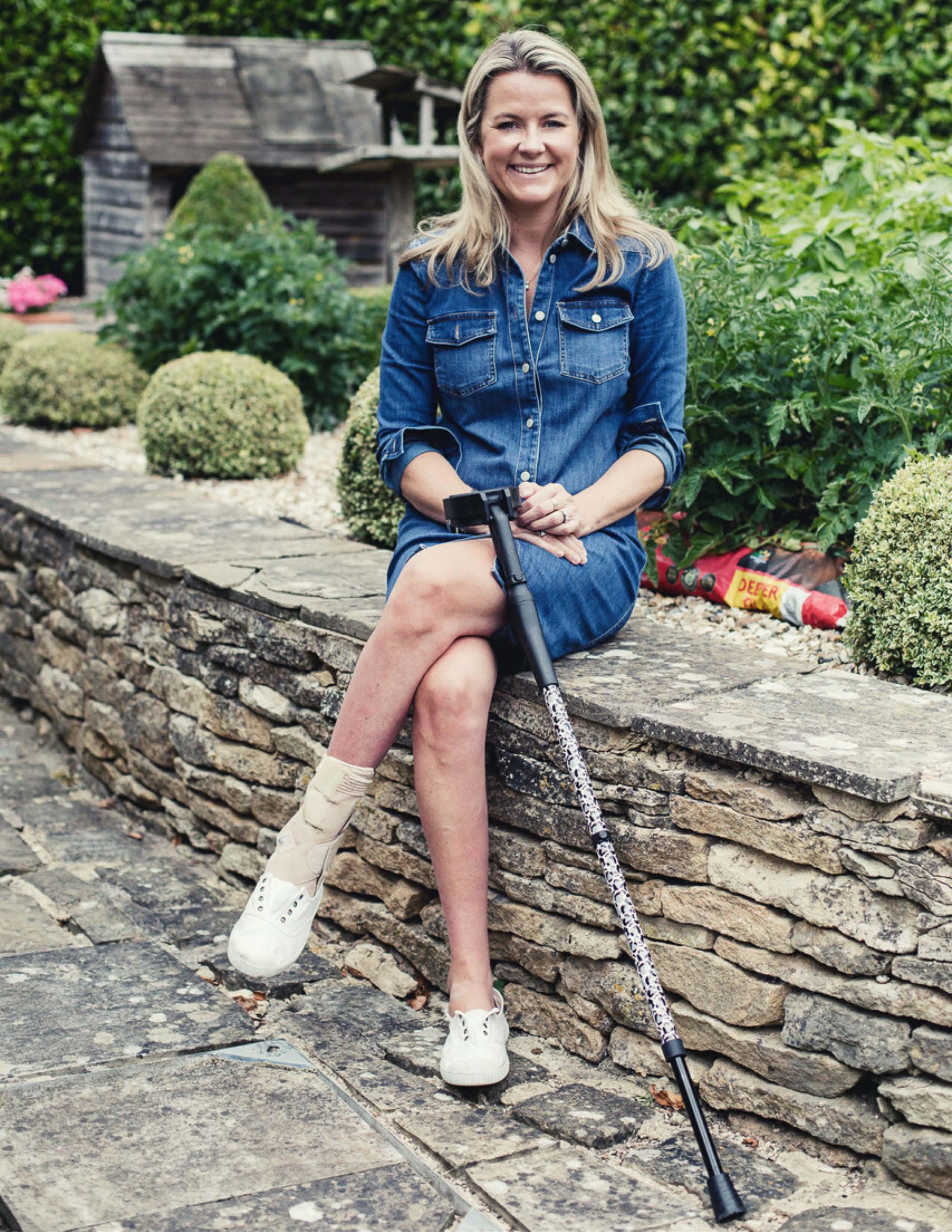

118
www.IamAwareNow.com
There are people like me that are living completely normal lives, wielding a walking stick.
AMELIA PECKHAM
AWARENOW / THE HI TECH EDITION
FOUNDER OF COOL CRUTCHES
ALLIÉ: Absolutely. And what also makes sense is, is what you had said earlier as well. It's just changing that narrative, right? So when people come up and see one of your sticks, it's not like, "Oh, what's wrong with your leg?" It's "Oh, that's really cool." It’s about changing our personal narrative, as we help society change the public narrative as well.



AMELIA: We'll keep doing it and keep trying to spread a message. We've built the most amazing community on social media. That means that they see it and they go, "That's me." You know, when I had my accident, there was not one person visibly doing something in the public eye that had a walking stick, that wasn't, you know, on their deathbed and on the front pages because they were now in a wheelchair or because everyone's worried about them. There are so many people now and so many companies, and the world is changing. And I think that the easy thing to do is look at what you can't do, look at what isn't visible and look at what's depressing. The better thing to do is look at the change that's coming. It's there. There are people like me that are living completely normal lives, wielding a walking stick. And I think it's that... Look at the positive, focus on what you want, and go for it. And don't let anything or what anyone says or anyone thinks affect you because you have been through more than that. You've got it here, you just keep going. ∎

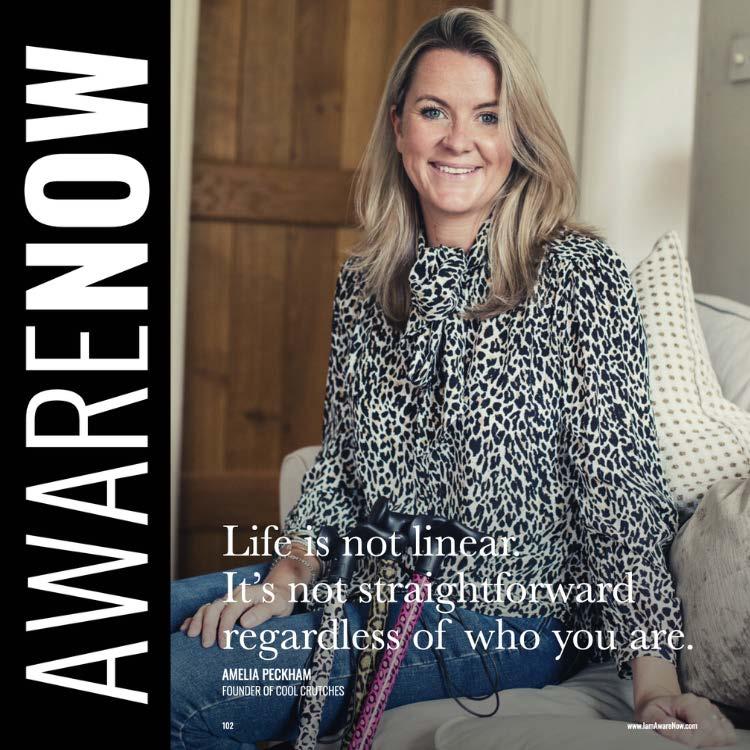
119 www.IamAwareNow.com AwareNow Podcast STICKS WITH STYLE
TAP/SCAN TO LISTEN Find Cool Crutches online (www.coolcrutches.com) and follow on Instagram (@coolcrutches).
Exclusive Interview with Amelia Peckham https://awarenow.us/podcast/sticks-with-style
“The better thing to do is look at the change that’s coming.”
AWARENOW / THE HI TECH EDITION


120
www.IamAwareNow.com
The last day I saw the Pelican I didn’t know would be the last.
LAURA MARJORIE MILLER CERTIFIED ANIMAL COMMUNICATOR
AWARENOW / THE HI TECH EDITION
Photo Credit: Laura Marjorie Miller
PERSONAL STORY BY LAURA MARJORIE MILLER


POEM FOR A PELICAN A WILDLIFE REHAB RECOLLECTION
By any measure the wildlife rehabilitation center where I volunteered for two years was a hard environment, down to the stench of it: the aroma of rotting vegetables clotting the air—all expired produce donated by the local supermarket, dead bodies and bones, a freezer full of carcasses, the ooze of fruit juice from the fruit salads we’d prepare in the morning for the small mammals, fish juice from the fish bound for the Pelican, and of course excrement. Sensorially it was overwhelming, and emotionally too: the pound like a fist in my heart when an animal I’d grown to love had died, the alleluia-ing joy when someone would get released, which the center calls going home.
By any measure the wildlife rehabilitation center where I volunteered for two years was a hard environment, down to the stench of it: the aroma of rotting vegetables clotting the air—all expired produce donated by the local supermarket, dead bodies and bones, a freezer full of carcasses, the ooze of fruit juice from the fruit salads we’d prepare in the morning for the small mammals, fish juice from the fish bound for the Pelican, and of course excrement. Sensorially it was overwhelming, and emotionally too: the pound like a fist in my heart when an animal I’d grown to love had died, the alleluia-ing joy when someone would get released, which the center calls going home.
Monday was my volunteer day at the rehab. On one Monday last March, as I was slinging my breakfast tray of dishes for the squirrels—ramekins burgeoning with sunflower seeds and corn, rodent chow and fruit—I spied a huge white profile in an enclosure that had been vacant for months. My eyes and brain took a moment to process what they were seeing—a… Pelican?!?!? The white silhouette turned to me, fixing me with that pressuring look that hungry animals send you, that won’t let you off the hook until they are fed.
The center director briefed me that the Pelican had an old injury and had been wandering around the edge of a man’s property. He must have long missed his migrational path. Southern Illinois, my homeland and where the rehab center is, is situated right on the Mississippi Flyway, one of the immense aerial rivers that guide migratory birds north and south over the continent. White Pelicans travel through seasonally, sojourning on the local lakes in great feeding ‘scoops’ (the name for a group of pelicans). Across the biggest lake is a causeway where you can sight them gyring up at sunset, and then, at a moment of agreement among themselves, winging westward to where they will roost for the night.
Over the weeks that went by, I spent as much time as I could with the Pelican. Feeding him involved chucking whole fish and shrimp into his flared throat pouch (which is called a gular), in a funny game of living basketball. A gular is netted by blood vessels and nerves, and is so sensitive the Pelican could tell by the feel of something whether he wanted to eat it or not. He spat anything rejected unceremoniously to the ground: Whole shrimp, yes please! Whole fish with scales on, more please! Cut up fish morsels, no thank you! One day, there was a catfish in the icebox in the kitchen, a fisherman’s donation—I laid it on the platter to serve to him, but caught myself up short—its barbels and sharp, boney fins could easily have torn his pouch. So I found a cleaver and beheaded the cat fish, from pectoral fins downward.
121
www.IamAwareNow.com
AWARENOW / THE HI TECH EDITION
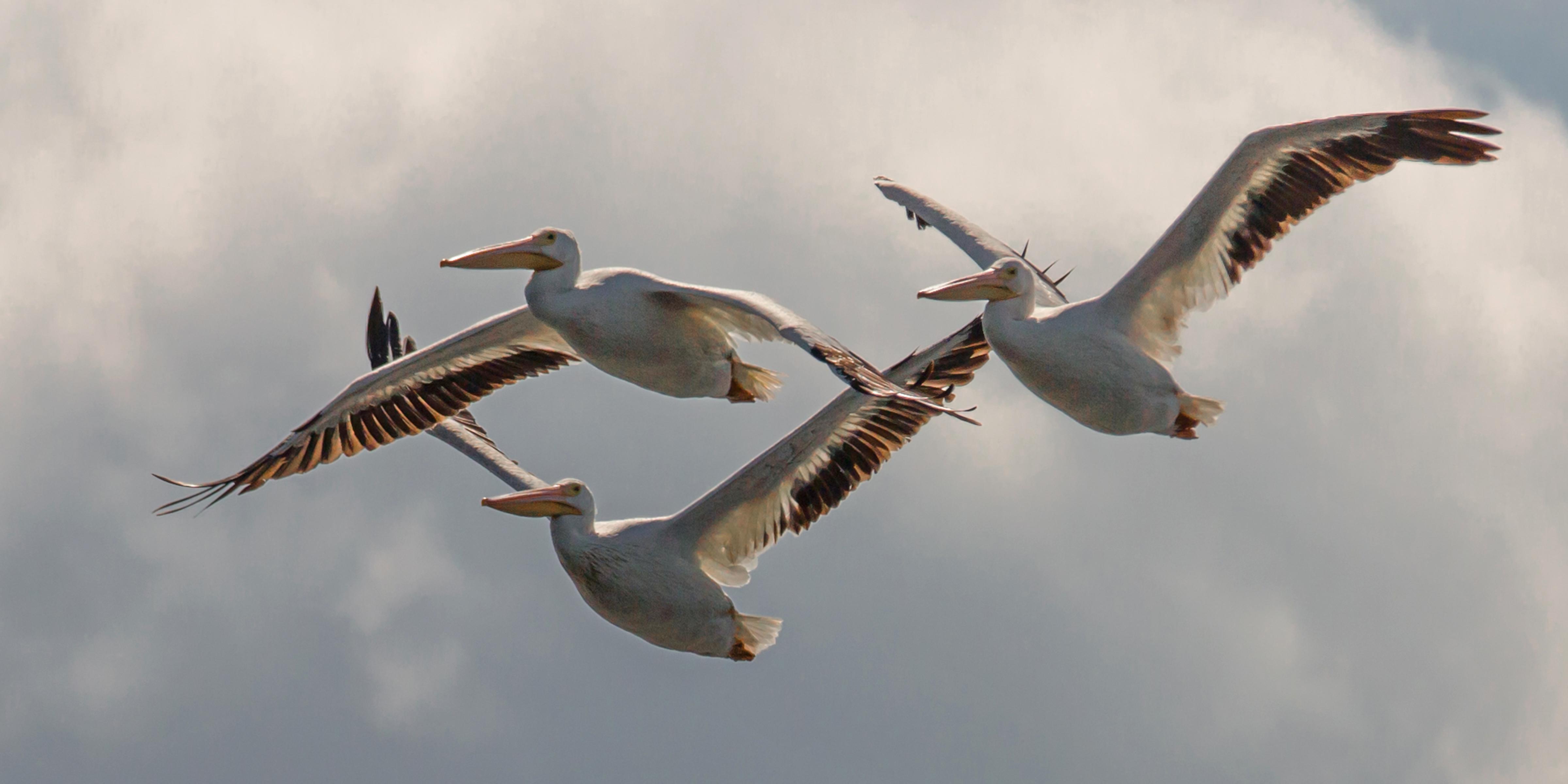

122 AWARENOW / THE HI TECH EDITION


123 www.IamAwareNow.com
Photo Credit: Jim Osborn
I thought to myself with the cleaver raised, before bringing it down with a hard chop, ‘I’ve been a vegetarian for more than thirty years—when I got up this morning, this had not been something I imagined I’d be doing!’ I laughed to the Pelican, as I tossed the fish’s body into his gullet, This is because I love you! He swallowed it and spread his wings— his crippled wing and his other wing, vast and white, like an angel's.
The center had placed a repurposed spa tub in the Pelican’s enclosure, to be his water feature. Though he didn’t really use it, I would freshen and fill it anyway. My first morning doing this was in Lent, early April. The sky was full of lowering grey clouds and was beginning to send rain. I carried jug after jug of water to the enclosure, and a bucket to bail the tub out. I sat on the side of the tub humidly sweating, pitching buckets of water into the woods and straining silt and leaves out of it with my hands, getting pricked by drops of rain, and then pouring new fresh water in. Everything was grey in the sky, the wind and clouds and rain sweeping across the fields in the distance, the giant white bird next to me like an angelic sentry.
At times, he would let me touch the back of his neck where the feathers made a small short mane. I wouldn’t put any weight on my hand. The down was the softest thing I have ever touched. It barely seemed material.
There was a large shallow plastic tray full of water in the Pelican’s enclosure for him to scoop minnows out of—once, I came in to find tiny gold fry in it. He would fish in the plastic tray, turning his head sideways to try to scoop up the fry with his bill—I saw the vein that runs along the bottom of his pouch, each time he turned his head to skim the water his inner eyelid flashed closed and it is an opalescent blue.
The spa tub and the plastic tray—it wasn’t enough water for an aquatic bird, it never was. I refused to let myself think despairing thoughts yet I wondered if the Pelican would ever find a true home, a sanctuary where he could swim upon open, living water and, since he couldn’t fly to get away, where no humans would come stalking or stumbling in who might harm him. The summer wore on, and the colored flush of the breeding season around the edges of his face came and went, and the corner of his enclosure filled with guano. I did my best to rake it out.
The last day I saw the Pelican I didn’t know would be the last. It was not my usual Monday and I didn’t get to feed him because another volunteer had already fed him first. But, wanting to visit him, I went to his enclosure and crouched down, through the gate from him. He looked at me questioningly. 'I'm going to stay out here,' I told him, 'I've courted enough trouble today!' I couldn’t seem to do right by the center director at that point, my relationship with her was just getting worse and worse. There was something about the stillness of the way the Pelican and I were looking at each other, a presence of silence that surrounded us. For the week or so before I had been feeling an urge to write a poem for him, which I had done. That day, I just sat with him there in silence until I knew I had to go in because there were more rounds to do and people to feed. 'Okay, I'll see you later,' I said. 'I love you.’
That Sunday, I went to the causeway where the Pelicans gather, and walked across it and down to the promontory. Three white Pelicans flew over me in formation, followed by another two, gyring overhead on a thermal. Another came crossing at a diagonal and I watched her join them. They all reminded me of my friend.

124 www.IamAwareNow.com
“There was something about the stillness of the way the Pelican and I were looking at each other…”
AWARENOW / THE HI TECH EDITION
The next day, his enclosure was open and he was no longer in it. Fearing the worst, because I’d become accustomed to so much death, I asked the center director, 'Where is the Pelican?' She answered, 'At a bird sanctuary in Ohio.' 'WHAAAT?!?!?' I exclaimed, 'WHHAAAAT, oh, that is the best news!' 'Yes,' she said, 'and it was just in time because it cost ten dollars a day to feed him and I was going to kill him.' I didn't even care about this. For him to have a real home was the best news ever.
I left the rehab center shortly after that.
This is the poem I wrote for him:
GRONK GRONK GRONK
Chuck chuck chuck
Your orange feet turn inward, radial, you bully my hand for fish
I lop the barbed head off a catfish for you I do this for you out of love
Carrying jugs of water I fill your spa,
I sit on the edge as it is draining dirty water and leaf litter, gazing dreamily out to the rain coming over the fields
As you stand beside me, your neck in an S-curve, woman and pelican


You should not be here, you should be on open water, above open water
You can take off a little with your bent wing, the one that doesn't lay right Stand on the roof of your shelter then THROMP THROMP THROMP parachute to the ground Your bill tucked to your breast, is that why in olden times they thought you would gouge it out?
Your pale blue eyes like sleet, sleet-blue like clouds and rain
Your pouch and feet and eye patches egg-yolk yellow until one day they are flushed roseate, your wings in horaltic pose, heraldic, you had flown to the roof of your house flushed like that, you should be making love to a lady of your kind, pinning her with your beak making chicks the softness of the down as you let me stroke the curves of your neck
I suspect angel wings are truly Pelican wings
I have never known anyone like you, so tall you come up to my ribs
You stand like a crest, over the tree of the Christ in Saint James' Church
Your empty enclosure with the door standing open like the tomb with the stone rolled aside. ∎
Learn more about Laura Marjorie Miller on Instagram: @obestbelovedac
125 www.IamAwareNow.com
AWARENOW / THE HI TECH EDITION
Photo Credit: Jim Osborn



126
www.IamAwareNow.com
AWARENOW / THE HI TECH EDITION
You need to adapt and apply new concepts in different ways.
LUCAS TEJEDOR STUDENT, ENVIRONMENTAL ACTIVIST & GLOBAL YOUTH AWARD WINNER
AI TO AID THE PLANET A CONVERSATION WITH LUCAS TEJEDOR
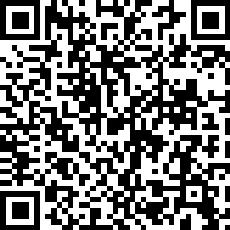



Lucas Tejedor is a young, passionate activist that has worked on a number of innovative projects over the years aimed at helping the environment. He loves learning and and is self taught in a variety of diverse subjects from neurology, psychology to mathematics and design. In November 2022, he received a Global Youth Award for his contribution to Environmental Innovation.
TANITH: Lucas you’re passionate about environmental innovation and have created an AI capable of identifying oil leaks to help avoid environmental disasters. Tell us about that?
LUCAS: It’s able to detect oil leaks by looking at images. Basically, I simulated a set of pipelines with leaks at The Federal Centre of Technology in Brazil, where I studied. We took hundreds of photos at different angles and then did image processing, which is a way to extract meaningful features from images, increasing the ef ficiency of training AI algorithms. We also used a technique called Data Augmentation, which consists of multiplying images by applying certain functions that rotate the image or add a bit of brightness, which are then fed to an AI that we prototyped. It’s a really technical thing, a type of neural network that has ideas of residual layers. Think about when you're studying and you need to remember what you already studied to learn new things like mathematics, you can't learn about multiplication without knowing addition, but you can't be fixed on just doing addition, you need to adapt and apply new concepts in different ways.

www.IamAwareNow.com CLICK, TAP OR SCAN TO WATCH NOW
‘GLOBAL GOOD’ EXCLUSIVE COLUMN BY TANITH HARDING
AWARENOW / THE HI TECH EDITION


128
www.IamAwareNow.com
TEJEDOR STUDENT, ENVIRONMENTAL
& GLOBAL YOUTH AWARD WINNER AWARENOW / THE HI TECH EDITION
My plan for the future is to create systems to incentivise innovation.
LUCAS
ACTIVIST
LUCAS: (continued) We couldn't test on real pipelines because oil companies in Brazil are not permissive of doing these kinds of tests, but we tried to simulate as well as we could and published an article about the technology in the Brazilian Symposium of Telecommunications. The idea for this project emerged from another, which is the fire detection device. I was developing the other project when I was hit with news that in the US a pipeline had leaked and gasoline was accumulating in the middle of a forest, but none of the systems that already exist could detect it. I thought this was really bad and, considering there are many cases that go unreported, paints a bad picture on the situation. We don't know how many of these leaks are occurring as they are not too costly to companies, which, sometimes, leads them to ignore the problem. The big cost only comes when they are sued for environmental damages. I was already doing a project with AI detecting using image processing so applied the same techniques to this one. I had to do some adaptations, but I already knew the lines of what I had to do to make the project work. It was pretty fun and now we will be presenting this at the biggest scientific fair in America for people in high school.
TANITH: That on its own is hugely impressive but you have also created an automated drone that uses arti ficial intelligence to help detect forest fires in the Amazon rainforest. How does that work?
LUCAS: The explanation of the other one is pretty much valid for this as well, but there are some differences. For example, in fire, you have a high prevalence of some colours and oil we have high prevalence of others. I adjusted this in the image processing step, which is the step before we feed the images to the neural network. So if it has more grades of red, it probably means that it has more fire or patterns of white can be smoke. This is not definitive, though. That's why an AI will analyse this extracted feature to detect if it can be classified as fire or not.
This was the first project I did working to help the environment with AI, which I was already learning since 2019, when I tried to create a social media startup. The thing that got me into helping the environment was a simple event: Whilst walking through the corridors, a teacher at The Federal Centre of Technology, who saw some of the projects I was already doing, called me to her room and told me a wide variety of environmental problems. She told me about problems in recycling and in the Amazon Rainforest. There isn’t a single year that doesn't have an astronomical number of fires. The Amazon rainforest is not only important for South America, as it’s the biggest rainforest in the entire world, but also has a huge number of different species which are all burning as we speak. I realised I needed to do something to help put an end to this problem. I started to develop the first prototype in 2020 and it was not nearly as good as it is today. I almost gave up when the pandemic struck. I live with my grandmother and grandfather, so I really isolated myself. I was in my room every day which I didn’t leave at all and it really affected me mentally. But I kept working. I would wake up, start coding, do a bit of exercise and go to bed. In the entire year of 2020, classes did not happen because many people didn't have access to electronics to participate in them online.
TANITH: You have been involved in a number of other tech projects that are related to the environment. Please share.
LUCAS: There are many projects but there's one I am particularly proud of, which is a platform that connects people that have broken electronics with people who know how to recycle them. We have a big problem here in Brazil, which is that most electronics don't get recycled, but they have huge potential to be. I created a web platform for The

129 www.IamAwareNow.com
“The Amazon rainforest is not only important for South America, as it’s the biggest rainforest in the entire world, but also has a huge number of different species which are all burning as we speak.”
AWARENOW / THE HI TECH EDITION
LUCAS: (continued) Federal Centre of Technology. They would post broken electronics and cooperatives could go to the website and see what they would like to recycle. This solved a huge problem, because most of the waste in Brazil gets piled together which increases the difficulty for cooperatives to pick out electronics to recycle in piles of trash. With this platform, we can increase the efficiency of their work and help them get more done. Also, in Brazil, we have a massive unemployment problem. This can help because when you recycle materials, usually you get money for it.
TANITH: I know that you love to learn and hear you are currently applying to study in the US what are you planning to study and why?

LUCAS: I plan on studying economics and data science because I believe I already have enough technological baggage to build apps to help solve problems. I think you don't only need to know how to build things, you need to know how to think about the problems, to build the best solutions for them. I need to really concentrate my work in the areas that are more effective and what will create the biggest impact. I would love to go to the US and learn whatever is necessary to fulfil my purpose. I need to learn in depth about what areas are in need of action and which are not. Take the drone for example, let's say It's perfect, it detects fires with 100% accuracy. Still, when I go there to apply my solution I discover that they already solved the problem. It's not the case, but if it was, it'd be a huge waste of time and effort that could be used in a better way to help the environment,
TANITH: If you could change one thing in the world to leave a lasting impact what would it be and why?
LUCAS: That’s a good and a hard question to answer because there are many things that should be changed. For example, if you live in a country with educational and famine problems, these problems can cause each other. It's a multifactorial problem. If you’re hungry, you will not learn as well. If you are not learning, you will probably not get a high income job to get yourself out of poverty. All these things together create a negative cycle loop. That makes it hard for people at all ages in all countries to start living good lives that contribute to the world and themselves. We need to change this reality by giving a complete solution. If we create an environment that has food security, and people can go there to study and get support after they leave, they can find a way to apply the knowledge they've learned to generate value for themselves and society at large.
TANITH: What are your plans for the future and how can people find more information about your current projects?
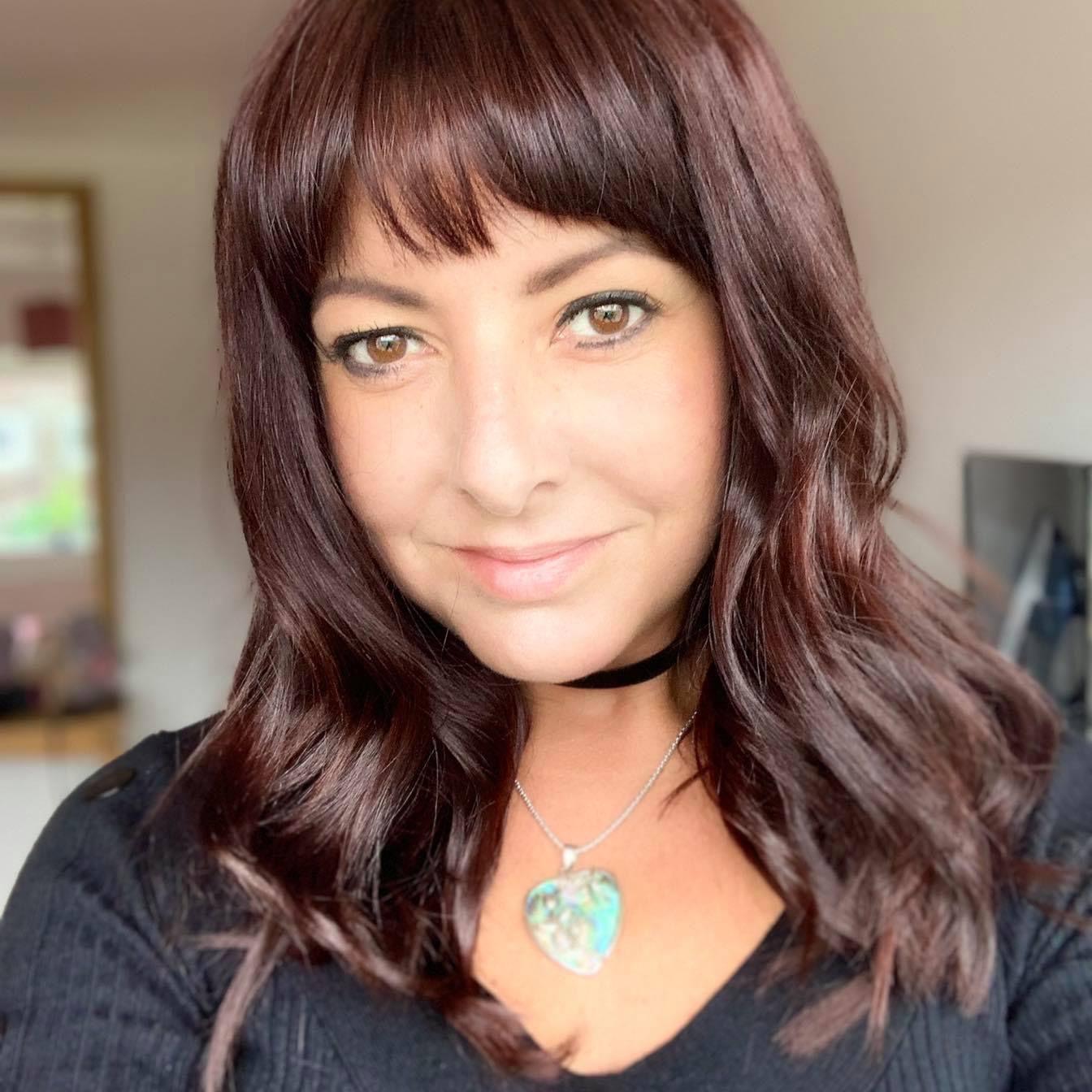
LUCAS: To find more about projects you can visit my website (lucastejedor.com). My plan for the future is to create systems to incentivise innovation. By doing that we will create an ecosystem fertile for new ideas to grow and actually be implemented. The first step is to create more ecosystems like we have in Silicon Valley and China. I would love to be a part of creating these. We can breathe new ideas, validate them and put them to work. Plenty of startups are good at it and try to make it out to market but they don't get investment, or they don't find a good environment to work. There are many people here in Brazil that have wonderful ideas that they would love to try to execute, but they don't have space for it. It would be good to create new spaces, so that people can breathe their ideas into life, iterate and make their ideas better or collaborate with each other and create a complete solution. I would love to be a part of that and help to construct these ecosystems all around the world and in Brazil especially. ∎
Learn more about Lucas and his work online: lucastejedor.com/en-US
TANITH HARDING
Director of International Development, The Legacy Project, RoundTable Global www.awarenessties.us/tanith-harding
Tanith is leading change management through commitment to the RoundTable Global Three Global Goals of: Educational Reform, Environmental Rejuvenation & Empowerment for All. She delivers innovative and transformational leadership and development programmes in over 30 different countries and is also lead on the international development of philanthropic programmes and projects. This includes working with a growing team of extraordinary Global Change Ambassadors and putting together the Global Youth Awards which celebrate the amazing things our young people are doing to change the world.
130
www.IamAwareNow.com
AWARENOW / THE HI TECH EDITION
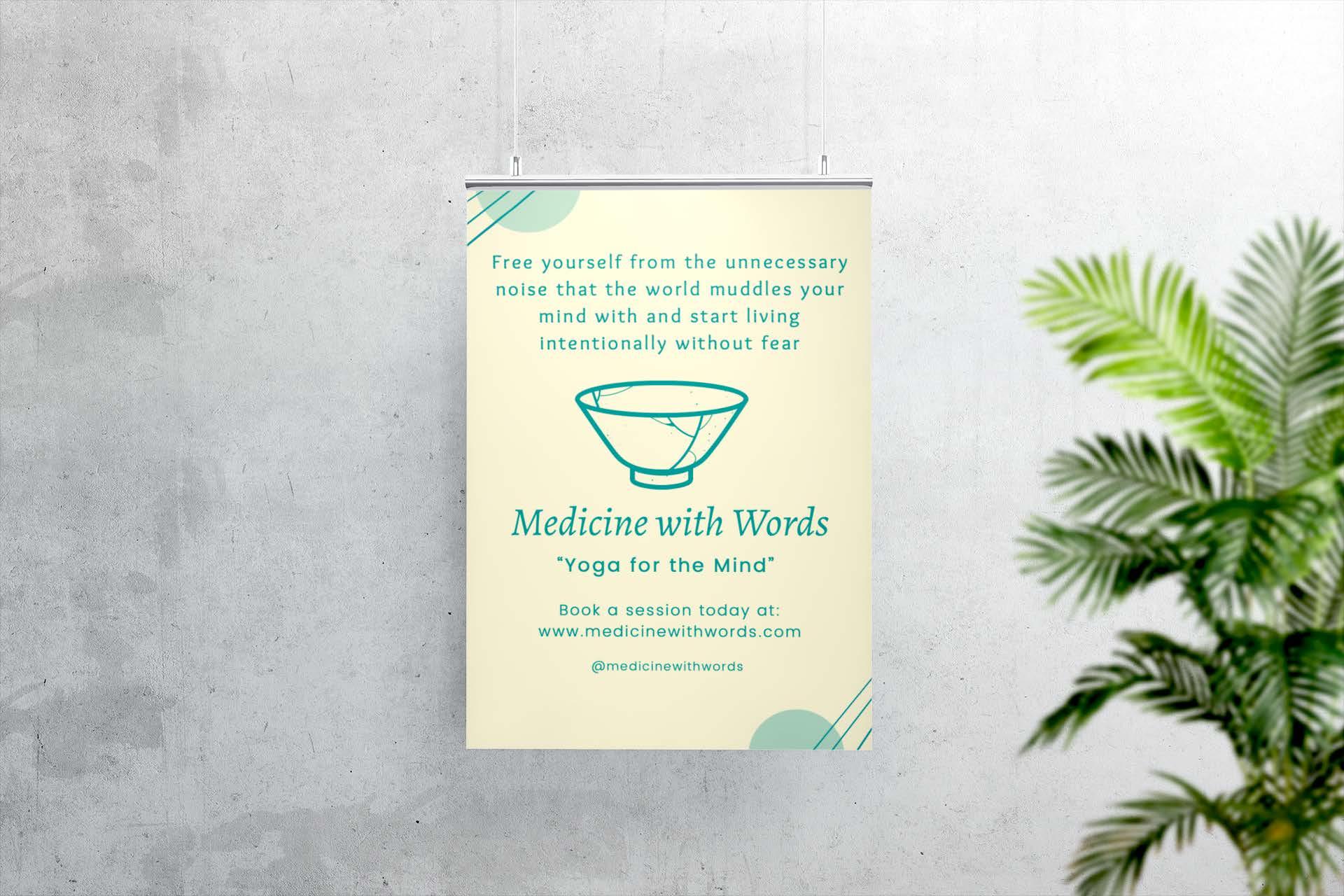
MAHISUN RASHTI

AGE: 20 LOCATION: BANGLADESH

132
www.IamAwareNow.com
All I have right now are those precious memories and they will last forever.
AWARENOW / THE HI TECH EDITION
REMAIN




I’ve actually learned it from someone who was really close to me. He used to tell me, “It is not important for a person or a thing to remain with you forever.
What matters is the time you spent together and cherished. How much good and bad you faced together, how much you cared, how long you stayed, what you did together and most importantly how much you enjoyed it while it lasted.”
At that time, I used to laugh it off but now that I’ve lost the person, I understand what he meant. All I have right now are those precious memories and they will last forever.

Mahisun Rashti, 20, Bangladesh

133 www.IamAwareNow.com
“Make memories as much as you can, as things end but memories remain forever.”
CLICK, TAP OR SCAN TO WATCH NOW AWARENOW / THE HI TECH EDITION
‘LIFE TALES’ EXCLUSIVE COLUMN BY TEAM BERTHO MEMORIES
A LESSON LEARNED BY MAHISUN RASHTI
Arists for Trauma supports a community of survivors, thrivers and difference makers through art and medical collaboration.









THROUGH THESE STORIES WE SHARED I AM AWARE NOW. www.IamAwareNow.com READ, LISTEN & WATCH The Magazine, The Podcast & The Talk Show























































 BURT KEMPNER Writer & Producer
BURT KEMPNER Writer & Producer












































 Transformation Expert, Awareness Hellraiser & Public Speaker
Transformation Expert, Awareness Hellraiser & Public Speaker































 ALLIÉ MCGUIRE CO-FOUNDER OF AWARENESS TIES & EDITOR-IN-CHIEF OF AWARENOW
ALLIÉ MCGUIRE CO-FOUNDER OF AWARENESS TIES & EDITOR-IN-CHIEF OF AWARENOW

 Written and Narrated by Allié McGuire https://awarenow.us/podcast/isolation-to-innovation
Written and Narrated by Allié McGuire https://awarenow.us/podcast/isolation-to-innovation



 JESS HYNES MUSICIAN, MENTAL HEALTH ADVOCATE &
JESS HYNES MUSICIAN, MENTAL HEALTH ADVOCATE &



































 Allié McGuire Co-Founder of Awareness Ties
Allié McGuire Co-Founder of Awareness Ties













 BY JAZZ CANNON
BY JAZZ CANNON










 EXCLUSIVE INTERVIEW WITH AMELIA PECKHAM
EXCLUSIVE INTERVIEW WITH AMELIA PECKHAM

























